AC Cars
 |
|
| Private | |
| Industry | Automotive |
| Founded | West Norwood, London,United Kingdom (1901) |
| Founder | The Weller Brothers |
| Headquarters | Thames Ditton, Surrey, United Kingdom |
|
Key people
|
Alan Lubinsky, current owner |
| Products | Automobile |
| Parent | ACEDES Holdings |
| Website | AC Cars official page |
AC Cars Ltd. formerly known as Auto Carriers Ltd., is a British specialist automobile manufacturer and one of the oldest independent car makers founded in Britain.
History
body by March
The first car from what eventually became AC was presented at the Crystal Palace motor show in 1903; it was a 20 HP touring car and was displayed under the Weller name. The Weller Brothers of West Norwood, London, planned to produce an advanced 20 hp (15 kW) car. However, their financial backer and business manager John Portwine, a butcher, thought the car would be too expensive to produce and encouraged Weller to design and produce a little delivery three-wheeler. Weller did so, called it the Auto-Carrier, and a new company was founded and named Autocars and Accessories; production started in 1904. The vehicle caught on quickly and was a financial success. In 1907, a passenger version appeared, called the A.C. Sociable. It had a seat in place of the cargo box. The A.C. Sociable was described in a review of the 1912 Motor Cycle and Cycle Car Show as one of the most popular cycle cars on the road, both for pleasure and business, and A.C. displayed eight vehicles on their stand, six for pleasure and 2 for business. The single rear wheel contained a two-speed hub, and the single cylinder engine was mounted just in front of it, with rear chain drive.
pictures:
The company became Auto Carriers Ltd. in 1911 and moved to Ferry Works, Thames Ditton, Surrey—at this time they also began using the famed “AC” roundel logo. Their first four-wheeled car was produced in 1913; it was a sporty little two-seater with a gearbox on the rear axle. Only a few were built before production was interrupted by the first World War.
pictures:
During the Great War, the Ferry Works factory produced shells and fuses for the war effort, although at least one vehicle was designed and built for the War Office. At the end of the First World War, AC Cars started making motor vehicles again, designing and building many successful cars at Ferry Works, as well as expanding into an old balloon factory on Thames Ditton High Street.
pictures:
After the war, John Weller started on the design of a new overhead-cam 6-cylinder engine. The first versions of this design were running by 1919. The Weller engine would be produced until 1963; it is possibly the second-longest-lived production motor in history after the Volkswagen boxer. In 1921, Selwyn Edge (who had been with Napier & Son) bought shares in the company and was appointed governing director. He did not get along with Weller or Portwine, who resigned less than a year later. In 1922, the name changed again to AC Cars Ltd.
pictures:
In customary fashion Edge sought publicity for the company through motoring competition. In 1921 Sammy Davis joined A.C. as a driver, competing in the Junior Car Club 200-mile (320 km) race, for cars up to 1,500 c.c., atBrooklands. In 1923 and 1924 J.A. Joyce won the Brighton Speed Trials driving an A.C. In May 1924, at Montlhéry, near Paris, T. G. Gillett broke the continuous 24-hour record in a 2-litre A.C., fitted with special streamlined bodywork, covering a distance of 1,949.3 miles. In 1926 the Honourable Victor Bruce, an AC employee, won the Monte Carlo Rally in his 2-litre AC. In 1927, Victor Bruce, with his wife Mildred (The Hon Mrs Victor Bruce), assisted by J.A. Joyce, set a 10-day endurance record at Montlhéry, driving an AC Six.
pictures:
Selwyn Edge bought the company outright for £135,000 in 1927 and re-registered it as AC (Acedes) Ltd but sales, which had been falling, continued to decline. The company was caught by the crash of 1929 and went into voluntary liquidation. Production ceased for a time, and the company was sold to the Hurlock family who ran a successful haulage business. They wanted the High Street factory only as a warehouse (Ferry Works was not acquired), but allowed the service side of AC to continue.
pictures:
A single car was made for William Hurlock in 1930. He liked it and agreed to restart very limited production, mainly using components left over from previous models. An agreement was reached with Standard to supply new chassis, the ancient three-speed transaxle was replaced by a modern four-speed gearbox (built in unit with the engine), and by 1932 a new range of cars was finally launched. Production continued on this small scale, averaging less than 100 vehicles per year, until the outbreak of the Second World War in 1939. The final pre-war car was delivered in June 1940, after which the factory was fully involved with war production.
After the Second World War
Production of cars restarted in 1947 with the 2-Litre using the 1991 cc engine from the 16, and also a large contract with the government to produce the fiberglass-bodied, single seat, Thundersley Invacar type 57 invalid carriages with BSA engines. The 2-Litre used an updated version of the pre-war underslung chassis fitted with the AC straight-six and traditional ash-framed and aluminium-panelled saloon or convertible coachwork. The invalid carriages continued to be built until 1976 and were an important source of revenue to the company. They also built an aluminum-bodied three-wheeled microcar, the Petite. They also produced “Bag Boy” golf carts (with independent suspension to the two wheels!). In 1949, AC Cars also produced four trains, each consisting three power cars and four coaches, for the Southend Pier Railway in Essex. These remained in use until 1976.
In 1953, the firm began production of the
, based on a lightweight chassis designed by John Tojeiro and Hand built Aluminium Body designed and built by Eric George Gray with the venerable Weller-designed 2-Litre engine. Soon after, car dealer and racing driver Ken Rudd fitted his own competition Ace with a pre-war BMW-designed, Bristol-produced 135 bhp (101 kW) six-cylinder engine. This combination was put into production as the AC Ace-Bristol in 1957. In this form, the car raced at Le Mans in 1957 and 1958.
For 1954, a new aluminum-bodied closed coupe was unveiled at Earls Court, the

It was only slightly heavier than the convertible Ace, and because of better aerodynamics was actually slightly faster (128 mph (206 km/h) top speed). Only 328 Acecas were produced, and they were equipped with either of the Ace’s engines. There was a demand from some customers for a larger four-seater car, for whom AC produced the
This was built on a stretched Ace chassis with coil suspension all around and a 2.2-litre Bristol engine.
In 1961, Bristol stopped producing their own engines—and once again, Ken Rudd came to the rescue, suggesting that AC use a 6-cylinder engine from the Ford Zephyr. These engines when fitted with the Raymond Mays twelve-port alloy head and Weber carburetors could be made to produce a safe 170 bhp (127 kW) and a 125 mph (201 km/h) top speed. The AC Ace 2.6 (as it is latterly known today) is for many people the prettiest Ace of all—and undoubtedly the rarest, with only 37 such cars built. To fit the Zephyr engine, AC had to modify the frame, relocate the steering box and completely change the nose of the car. These changes are often mistakenly attributed to Carroll Shelby.
pictures:
Today, Acecas are popular at historic racing events. Arch McNeill, a factory Morgan racer from the 1940s, 1950s and 1960s told fellow Texan and Aceca owner Glenn Barnett that “the Morgan team spent two years campaigning to beat the factory AC Acecas and finally did in the late 1950s”. Though more valuable than comparable AC or Shelby replicas, the Aceca is still a bargain when compared to a Shelby CSX Cobra, while maintaining similar performance.
pictures:
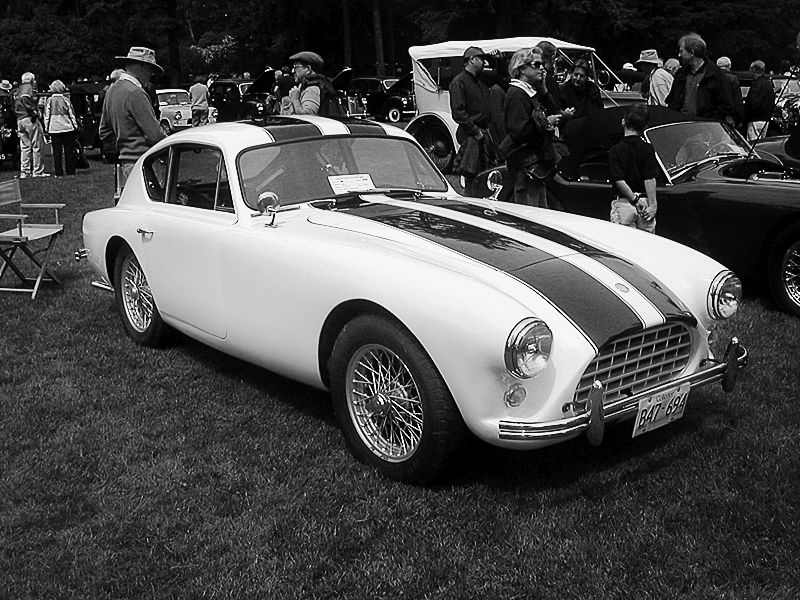
The company also ventured briefly into railway rolling stock business, building five four-wheel railbuses for British Rail in 1958.
Carroll Shelby and the Cobra
In 1962, AC was approached by Carroll Shelby to use a small block Ford V8 engine in the Ace chassis, producing the AC Cobra. Shelby needed a car that could compete with the Chevrolet Corvette in US sports car racing. The resulting Cobra was a very powerful roadster, and it is commonly blamed for the introduction of the 70 mph (110 km/h) limit on British motorways. While this was a major factor in the decision, after a coupe version was caught doing 196 mph (315 km/h) during a test run, a then-recent spate of accidents under foggy conditions also helped the introduction of the limit.
pictures:
At the end of the 1964 racing season, the Cobra was being outclassed in sports car racing by Ferrari. Carroll Shelby decided he needed a bigger engine. A big block Ford FE series 390 V8 was installed in a Cobra and the result was scary—the car was virtually undrivable. It was decided that a completely new chassis was needed. With the combined help of Ford’s computers and the experience of the AC engineers, the new MKIII was born with 4-inch (100 mm) main tubes instead of 3-inch (76 mm) for the chassis, huge cross-braced shock towers and coil springs all around. This, along with a bigger 427 ci version of the FE, made the new AC Cobra MKIII an absolutely unbeatable 2,200 lb (1,000 kg) race car. Specifically, the engine that was installed in the car was Ford’s famed 427 FE NASCAR “Side-Oiler” V8, a power-house engine developing 425 bhp (317 kW) in its mildest street version. Unfortunately, the car missed homologation for the 1965 season and was not raced by the Shelby team. However, it was raced successfully by many privateers and went on to win races all the way into the 1970s. The AC 427 Cobra, although a commercial failure when in production, has now become one of the most sought-after and replicated automobiles ever.
pictures:
It was produced in two versions: a street model with a tamer motor, optional dual carburetors, a glove box, and exhaust running under the car, and a competition version with a stripped interior, no glove box, different instrument layout and revised suspension. The competition version also had a more powerful motor with only one carburetor, side exhausts, a roll bar and wider fenders to accommodate racing tires. At the end in 1966, Shelby was left with 31 unsold competition cars; he decided to sell them to the general public under the name of Cobra 427 S/C or Semi-Competition. Today these S/C cars are the most sought after models and can sell in excess of 1.5 million dollars.
Carroll Shelby sold the Cobra name to Ford in 1965 and went on to develop the famed racing Ford GT40.
Meanwhile, AC went on producing a milder version of the 427 MK III Cobra for the European market fitted with the small block Ford motor. The car was called the AC 289 and 27 were produced.
AC 428 or Frua and AC 429
At the same time, the company realized they needed a grand tourer model that could appeal to wealthy customers. AC contacted the famed Italian coach builder Pietro Frua to design an appealing GT body that could be fitted on a MKIII Cobra chassis stretched by 6 inches (150 mm). The new car was shown at the 1965 Turin show. A few early models were fitted with the famed 427 Ford FE motors. In 1967 the long-stroked 428 motor became available and the car was known as the AC Frua. Built out of steel rather than AC’s usual aluminum, the Frua is heavier than a Cobra at slightly under 3,000 lb (1,400 kg). That said, it is still a light and very fast automobile built on a racing chassis. The car was never fully developed and the cost of sending chassis from England to Italy and back for final assembly made it so expensive that only a few were produced. Production ended in 1973 after only 80 cars (29 convertibles and 51 coupes) were finished.
pictures:
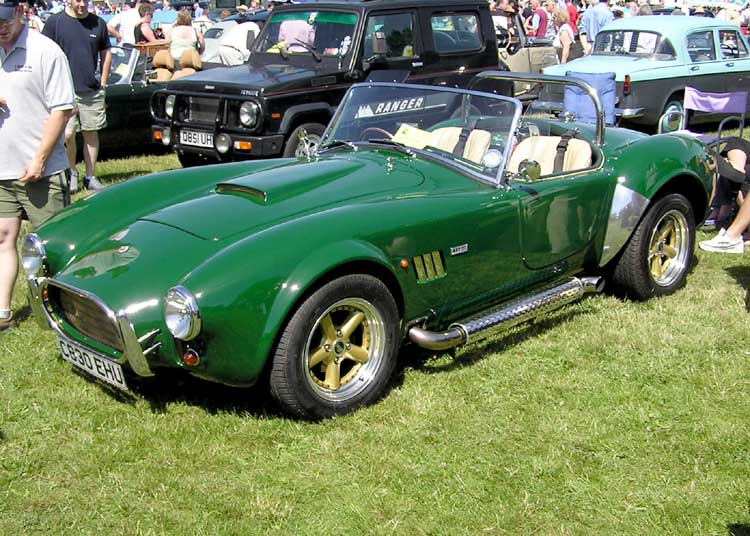
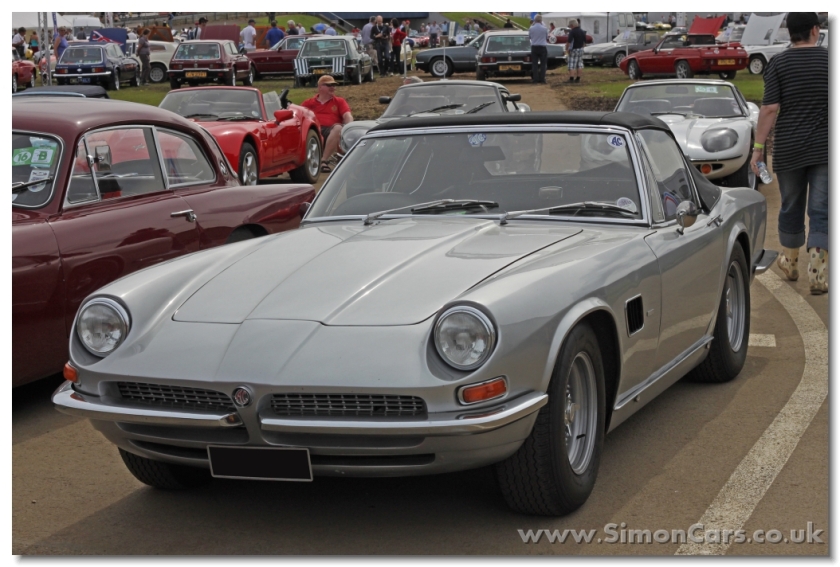
In 1970, a special version of the coupé was built. It was based on an extended bodyshell that Frua built for Monteverdi which was supposed to become the second Monteverdi 375/L. After the alliance of Monteverdi and Frua split off in Summer 1969, that bodyshell remained in the Frua works in Turin. A year or so later Frua changed some details on front and rear, including some semi-hidden headlamps which had been seen on the Iso Lele and the Iso Grifo, second series, before. The car was called AC 429; it remained a one-off.
3000ME
The 1970s were not a good period for luxury car manufacturers and Derek Hurlock went searching for a totally new smaller car. Mid-engined designs were in fashion at the time and in 1972 the Diablo, a prototype with anAustin Maxi engine and transaxle, was built by privateers Peter Bohanna and Robin Stables. In much the same way as they had taken up the Tojeiro prototype and turned it into the Ace, AC acquired the rights and at the 1973 London Motor Show showed their own version, the mid-engined ME3000 with the 3.0-litre Ford Essex V6 engine installed transversely over a bespoke AC-designed gearbox. Development was virtually complete in 1976 when new Type Approval regulations were introduced. A prototype failed the 30 mph (48 km/h) crash test, and the chassis had to be redesigned. On the second attempt, the car passed with flying colours. This was a huge achievement for a tiny firm—Vauxhall had to make several attempts before the contemporary Chevette passed. For AC, such delays meant that the first production cars (now renamed 3000ME) were not delivered until 1979, by which time they were in direct competition with the Lotus Esprit. Although comfortable, brisk, nicely built and practical, AC’s ambitions of selling 250 cars per year were a distant memory. After just 71 cars were sold, Hurlock called a halt to production as his health was suffering and the company was struggling in the teeth of a recession. In 1984, production stopped at Thames Ditton and the car and the AC name were licensed to a new company registered as AC (Scotland) plc run by David McDonald in a new factory in Hillington, Glasgow. Here, 30 cars were built, including a development car tested with Alfa Romeo‘s 2.5-litre V6 engine and a nearly complete Mark 2 prototype of the same. Regardless (or possibly because) of these developments, AC Scotland called in the receivers in 1985. After selling the historic High Street works for redevelopment, AC themselves soldiered on as a service operation in the “21st Century” works on Summer Road until the Hurlock family finally sold their holdings in 1986 to William West. After some complex machinations the company was split between property interests and the car brand; the former was renamed and the latter was acquired by Brian Angliss.
Brian Angliss era
In 1982 Brian Angliss was running Autokraft, a Cobra restoration shop, parts supplier and replica manufacturer. To further such pursuits, he acquired some of the tooling from Thames Ditton and created the MKIV; the car had US-spec 5 mph (8.0 km/h) bumpers, a federalized motor, and a larger interior with modern switchgear. About 480 cars were produced in his factory at Brooklands. He also produced a lightweight model which was more in tune with the original Cobra spirit, though it could not be imported to the US due to Federal regulations.
pictures:
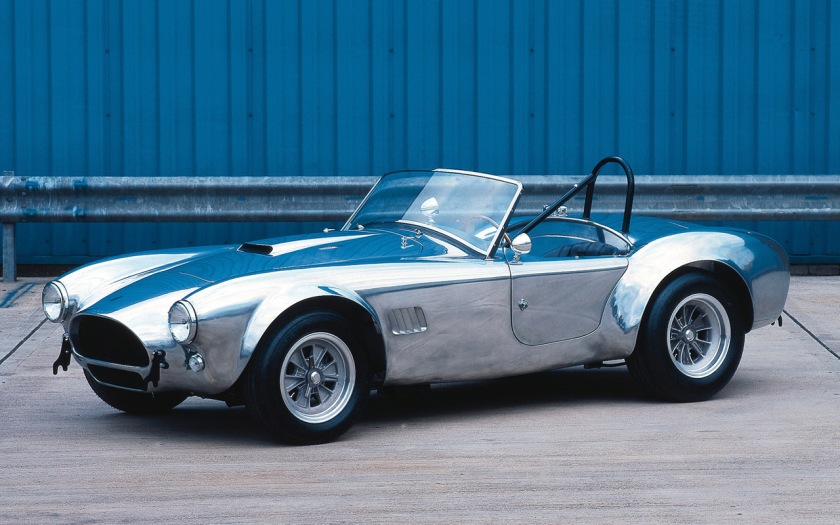
Early cars were sold as the Autokraft MKIV but eventually Angliss acquired the rights to use the AC name. Derek Hurlock had been strongly protective of the name, but Angliss’ high standards of craftsmanship won him over. When the Hurlock family finally sold up in 1986 Angliss fully acquired the AC trademark rights and set up a new AC company as a joint venture with Ford, who had also recently bought Aston Martin. A big conflict followed over the future direction for AC, but Angliss eventually won his independence as well as Ford’s continuing and essential cooperation as an engine and parts supplier.
pictures:
Also interested in aircraft, Angliss restored a Hawker Hurricane XIIB at Brooklands as well as acquiring two ex–Indian Air Force Hawker Tempest IIs as future projects. The Hurricane was registered as G-HURR and was destroyed in a fatal accident at the Shoreham air show in 2007.
Angliss looked for a new car to complement and perhaps replace the MKIV. At the 1993 London Motor Show, he introduced a new vehicle that he named the AC Ace. It was a modern automobile with a stainless steel chassis and an aluminum body, but was expensive to develop and build. The costs hit Angliss hard and he sold his large motor bike collection, vintage Bentley and other assets to try to make ends meet. The receivers were called in by 1996 after approximately 50 “new” Aces had been built.
AC (1996–present)
In March 1996, largely due to the cost of developing the new Ace, Angliss’ company went into receivership and was eventually sold to Pride Automotive in December 1996, who continued car production in Weybridge, Surrey under the name of AC Car Group Ltd. The AC trademarks and intellectual property were transferred to Acedes Holdings, LLC. Both the Cobra Mk IV and the Ace were made, and soon a ‘CRS’ version of the Mk IV was announced with a carbon fibre body shell, a 212 S/C version with Lotus twin turbo V8 power, as well as the AC Superblower with a supercharger Ford V8. Two or three closed Aceca coupe versions of the Ace were also made.
pictures:
In 2003, Carroll Shelby International and AC Motor Holdings, Ltd. announced production of an authentic Shelby/AC Cobra, with the production vehicle arriving at dealers in July 2004. Initially, available models included Shelby AC 427 S/C Cobra and Shelby AC 289 FIA Cobra, which would be branded as the CSX 1000 and CSX 7500 Series, respectively. In February 2004, the first handcrafted aluminum body shell was built.
Due to rising costs in the UK, AC relocated to Malta in 2005 and started production of the carbon-fibre bodied AC MkV. Due to problems with the factory building, production ceased in 2007.
In 2007, AC announced a joint venture with Brooklands Motor Company (the spiritual successor of Autokraft) in Weybridge, Surrey, UK and confirmed plans for the continuation of the traditional AC designed tubular chassis and aluminium bodied models.
AC Heritage seem to be the owners of certain models, as their website lists two, both of the original design. More importantly, because their models are made in the “origin” country of where AC Cars started over a century ago, then the heritage of these cars is retained. Whereas, the model made in Germany would not follow the heritage of company, and so would not be an “authentic” AC branded car, much like a Ferrari would not be seen as a “genuine” Ferrari if it were made in China. Their website reveals their adherence to the history of the company.
In April 2009, a joint venture in Germany was announced to manufacture the new AC MKVI. Following a supply deal with GM, the AC MKVI had a totally new spaceframe chassis, 6.2 litre V8 engine and 6-speed manual transmission, and new Corvette brakes, retaining the original shape in lightweight composite material with the moulds taken from an original AC MKIII body. Following extensive development the car went into series production in July 2012 after two years of intense prototyping.
In 2010, AC announced a joint venture with the USA-based company Iconic which resulted in the design of the ultimate “Cobra”: the “Iconic AC Roadster”.
Acedes Holdings, LLC is the current owner of AC Cars.
At the Geneva Motor Show in 2012, AC Cars showed three different models: the AC MK VI, AC MK II, and
Car models
| Type | Engine | Approx Production | Year | Notes |
|---|---|---|---|---|
| Autocarrier | 648 cc single-cylinder air-cooled | 1904–1914 | Three-wheeler goods carrier with single wheel at rear and driver behind the load. Chain drive to rear wheel via two-speed epicyclic gearbox. | |
| AC Sociable | 648 cc single-cylinder air-cooled | Possibly 1800 | 1907–1914 | Passenger version of the Auto Carrier from 1907 with driver and passenger side by side (2-seater) or driver behind (3-seater). |
| AC Ten | 1096 cc four-cylinder water-cooled | About 100 | 1913–1916 | Engine made by Fivet of France. Transmission by Transaxle (combined rear axle and gearbox). Two-seater and dickey or Sports two-seater. Optional 1327 cc engine pre war, standard post war. |
| AC 12 hp | 1478/1992 cc four-cylinder water-cooled | Approx 850 including six-cylinder models to 1929 | 1920–1927 | Engine made by Anzani or later Cubitt in Aylesbury. Transmission by three-speed transaxle. Two- or four-seater bodies. |
| AC Six (16/40, 16/56 and 16/66) | 1478/1991 cc six-cylinder water-cooled | Approx 850 including 12 hp models to 1929 plus 50 assembled from parts 1930–33. | 1920–1929 | Engine made by A.C. Larger capacity from 1922. 16/66 had triple SU carburetors. Transmission by 3-speed transaxle. Two- or four-seater bodies. |
| AC Six (16/60, 16/70, 16/80 and 16/90) | 1991 cc six-cylinder water-cooled | 618 1932 to 1940 | 1932–1940 | Engine made by AC; 16/90 was supercharged with an Arnott blower. Transmission by four-speed ENV, Moss synchromesh or Wilson pre-selector gearbox. Longer and wider than previous Six. Chassis overslung 1932-33, underslung 1933-1939, overslung 1939-1940. |
| AC 2-Litre | 1991 cc six-cylinder water-cooled | 1284 | 1947–1958 | Engine made by A.C. Two- and four-door saloons, drophead coupé and tourer bodies. |
| AC Petite | 350 cc single-cylinder two-stroke | Approx 4000 | 1952–1958 | Engine made by Villiers. Four-speed gearbox. Three-wheeler with single front wheel. Two/three-seater. |
| AC Ace | 1991/1971 cc six-cylinder water-cooled | 689 | 1953–1963 | Engine made by AC or Bristol (1971 cc) from 1956 or Ford Zephyr engine (Later models). Two-seat aluminium open sports bodies. |
| AC Aceca | 1991/1971/2553 cc six-cylinder water-cooled | 357 | 1954–1963 | Engine made by AC or Bristol (1971 cc) from 1956 or Ford (2553 cc) from 1961. Front disc brakes from 1957. Two-seat aluminium sports coupé bodies with hatchback. |
| AC Greyhound | 1971/2216/2553 cc six-cylinder water-cooled | 83 | 1959–1963 | Engine from Bristol. De Dion rear suspension, (Some might have the AC Independent suspension). 2 plus 2 coupe bodies. |
| AC Cobra 260/289/AC289 | 4261/4727 cc V8 | 75/571/27 | 1962–1968 | Legendary two-seat aluminum roadster. Ford small block V8 Engine. Four-wheel disk brakes. Early MK1 cars had cam and peg steering, later MK2 cars rack and pinion. Later AC 289 had AC 427 MK3 coil spring chassis & body with narrow fenders. |
| AC Cobra 427/428 | 6997/4948 cc V8 | 306 to 1966 | 1964-1966 1983-1990 | MK3 series. A reworked AC Cobra designed for racing with coil springs all around and beefed up 4″ chassis tubes. Early cars had Ford FE 427 Engines, later cars fitted with less expensive 428 FE motors. Around 400 bhp (298 kW) or more depending on version, four-wheel disc brakes and rack and pinion steering. Aluminum-bodied two-seat roadster bodies. |
| AC Invacar | 147 cc | ? | 1960s–1977 | |
| AC Frua | 6997/7016 cc V8 | 81 | 1965–1973 | Frua body built on a six-inch (150 mm)stretched Cobra 427 Chassis Ford FE 428 400 bhp (298 kW) engine. four-wheel disc brakes. Manual or automatic transmission. Two-seat open or coupé, steel body built in Italy. |
| AC 3000ME | 2994 cc V6 Ford ‘Essex’ | 101 full production cars | 1979–1985 | Transverse mid-engined with five-speed AC gearbox. Platform chassis with front and rear subframes, GRP body. |
| AC Brooklands Ace | 4601/4942 cc V8 | 1993–1996 | Engine made by Ford. 4942 cc version supercharged. | |
| AC Ace V8 | 4601/4942 cc V8 | 1997–2000 | Engine made by Ford. 4942 cc version supercharged. Chassis made in South Africa, bodies in Coventry. | |
| AC Aceca | 4601/4942 cc V8 | 1998–2001 | Engine made by Ford. 4942 cc version supercharged. Four-seat coupé version of the Ace. Chassis made in South Africa, bodies in Coventry. | |
| AC 212 S/C | 3506 cc V8 Twin Turbo Lotus Engine | 2 cars | 2000 | Car built in Brooklands, Surrey. |
| AC MK VI | 6.2 V8 | 2009– | Corvette sourced engine. Car assembled by Gullwing in Germany (eventually by Hi-Tech Automotive in South Africa) | |
| AC MK II | 6.2 V8 | 2012– | Corvette sourced engine. Car assembled by Brooklands Motor Company in UK (Aluminium body) or by Hi-Tech Automotive in South Africa (composite body) | |
| AC 378 GT Zagato | 6.2 V8 | 2012– | First shown as Perana Z-One in 2009. Car built in South Africa by Hi-Tech Automotive. |
See also
References
- Jump up^ “The Motor Cycle and Cycle Car Show at Olympia”, The Auto Motor Journal, 30th Nov, 1912, p1448
- Jump up^ Eric Dymock, Writing a page of history, The Guardian, January 13, 1981, Page 21.
- Jump up^ The Light Car and Cyclecar, July 20, 1923 “A.-C. MAKES FAST TIME”; The Autocar, July 20, 1923; Brighton & Hove Herald, July 21, 1923; Motor Sport, April 1955, Page 191: “Sprint Results of the Nineteen-Twenties” lists the overall winner on July 14, 1923 as J.A. Joyce (A.C.). The event was restricted to cars up to 1,500 c.c. and run as a knockout competition in six classes. J.A. Joyce won the top class for cars up to 1,500 c.c. of any type. No times were published.
- Jump up^ The Motor, September 9, 1924, Page 250;The Light Car and Cyclecar, September 12, 1924, Page 486; The Autocar, September 12, 1924, Page 469; The Brooklands Gazette, October 1924, Page 168.
- Jump up^ The Brooklands Gazette, December 1924, Page 248 for a photograph of J.A. Joyce.
- Jump up^ Montlhéry: The Story of the Paris Autodrome, William Boddy, 2007, Page 26.
- Jump up^ The Illustrated Directory of Classic Cars, Graham Robson, Salamander Books, 2001.
- Jump up^ Montlhéry: The Story of the Paris Autodrome, William Boddy, 2007, Pages 58-59.
- Jump up^ Casucci, Piero. “City Cars: The Answer to the World’s Traffic Problems?”, in Northey, Tom, ed. World of Automobiles (London: Orbis, 1974), Vol. 4, p.383.
- Jump up^ Advert in “Country Life” April 27, 1951, page 1304.
- Jump up^ “Transport Miscellany article on the Southend Pier Railway”. Greywall Productions. Archived from the original on 25 August 2010. Retrieved 2010-08-20.
- Jump up^ “AC COBRA: The AC Story”.
- Jump up^ “Frequently Asked Questions: When was the 70 mph (110 km/h) motorway speed limit introduced in Britain?”. Speedlimit.org.uk.
- Jump up^ “AC Heritage Ltd;”. acheritage.co.uk/. Retrieved 2010-06-26.
- Jump up^ accars.co.uk
- ^ Jump up to:a b c Robson, G (1974). A-Z of British Cars 1945-1980. Devon: Herridge. ISBN 0-9541063-9-3.
- Jump up^ “AC Cobra 212 S/C”. Supercars.net. 2000-10-17. Retrieved 2012-05-22.
- Jump up^ “AC Automotive – AC MkVI”. Accars.de. Retrieved 2012-05-22.
- ^ Jump up to:a b Fresh start for AC Cars, Daily Telegraph, May 28, 2012
- Jump up^ french leaflet from Geneva Motor Show
- Jump up^ Noah Joseph RSS feed. “Perana Z-One resurfaces with AC badge as 378 GT Zagato”. Autoblog.com. Retrieved 2012-05-22.
Other sources
- Rinsey Mills. AC Six Cylinder Sports Cars In Detail 1933-1963. Herridge ISBN 978-0-9549981-7-2
External links
|
AC Cars has always been known as a very individualist manufacturer of very individualist cars, arguably the most notable being the 7-litre Ford V8-engined Model 428 in convertible and fast back forms, styled by Pietro Frua of Italy. The 428 was an expensive, luxury-type car of essentially limited production. However, AC fortunes were founded on an infinitely more mundane vehicle sold in quantity over 100 years ago. The marque’s origins go back almost to the beginning of the 20th century, the joint founders being John Weller, talented engineer and designer, and John Portwine, a butcher, who financed him and handled the business side. Weller’s first car was the 20 hp four-cylinder Weller, built at West Norwood, London, in 1903. It was of advanced design, making considerable use of aluminium to keep weight down. But the project never got under way owing to production and cost problems, and on Portwine’s suggestion a cheap, reliable three-wheeled commercial vehicle was designed and put into production instead. This was called the Auto-Carrier which, right from its introduction in 631cc, single-cylinder-engined form in 1905, proved a considerable success. It had tiller steering and chain drive from the engine to the single rear wheel, which contained a Roe pattern epicyclic two-speed gear and clutch incorporated in the hub. A large number of London and provincial firms found Auto-Carriers far more efficient than horse-drawn carts, which were the common form of transport at the time, and orders flowed in. To build them in quantity a new company named Autocars & Accessories Limited was formed, and with production under way Weller’s next step was to develop passenger-carrying versions of the original design. On the first of these the driver kept his seat in front of the rear wheel, with one or more passengers seated ahead of him in a forecar. On later types the driver and passengers sat side-by-side in the forecar, tiller steering being retained. Late in 1907 Weller and Portwine reformed their business again as Auto-Carriers Limited, to build these new AC ‘Sociables’ alongside the commercials, all of them costing under £100. The first AC, then, was a three-wheeler, but success made the partners ambitious and, following removal in 1911 from West Norwood to a new factory in the pleasant riverside village of Thames Ditton, Surrey, John Weller got down to designing a four-wheeled car. At first he tried fitting a two-wheeled rear axle to the Sociable, but the resultant cyclecar did not please him, so instead he laid down a new design. It was a true small car, unusual in having its three-speed gearbox integral with the rear axle, and incorporating a disc transmission brake at the back on the end of the propellor shaft – these becoming distinctive AC features for the next 16 years. Its engine was a Fivet, a neat French 1094 cc side-valve four-cylinder unit. Suspension was by transverse leaf spring at the front and quarter-elliptics at the rear, and by use of much aluminium the whole car in open two-seater form weighed only 10 cwt and could attain 45 mph. John Weller’s Masterpiece, the AC ‘Light Six’ EngineAs announced in 1913, this first AC four-wheeler was notably pretty, with elegant curved wings, rounded-vee radiator, and a choice of wire or artillery wheels. It performed well and reliably, and, after the upheavals of World War 1, was continued in improved form. Supply of the Fivet engine became difficult, however, so AC employed the lively 1.5-litre, 69mm x 100 mm, Anzani four-cylinder side-valve unit instead, giving even better performance. Meanwhile, production of the tricars was dropped and John Weller produced his masterpiece, the AC ‘Light Six’ engine. First shown in 1919, and initially offered in 56mm x 10 mm 1.5-litre and 65 mm x 100 mm 2-litre forms, this was in full production as a 2-litre by 1921; it was a remarkably advanced and efficient power unit, giving about 40 bhp and having a single overhead-camshaft driven at first by a vertical shaft and helical gears. Noise and manufacturing costs caused Weller to quickly to replace this by an endless inverted-tooth chain, controlled by what became known as the Weller spring-loaded tensioner, the patents for which were to earn the inventor some sizeable royalty fees. The engine also had wet cylinder liners in an aluminium block, and an aluminium sump, iron head and aluminium cam-cover, the whole being extremely attractive in appearance. The old engineering maxim ‘If it looks right, it is right’ certainly applied to the six-cylinder AC engine, which set records for longevity, basically the same unit being employed until 1963 – a span of over 40 years during which power output rose almost threefold to over 100 bhp. The year 1921 brought big company changes, when the dynamic S. F. Edge, who had steered the Napier marque to fortune before World War 1, became a director. The following year he became Chairman and Governing Director, and the co-founders Weller and Portwine both resigned from their company, which changed its name to AC Cars Limited. Edge swiftly launched a racing and record-breaking programme, with four-cylinder 1.5-litre and six-cylinder 2-litre cars. The 1.5-litre cars, variously powered by side-valve Anzani, and overhead-camshaft eight and 16-valve engines evolved by Weller, set many highly impressive short and long-distancerecords at Brooklands, including several at over 100 mph, between 1921 and 1932. The bigger sixes also figured prominently, one creating a new world 24-hour record in 1925 at Montlhery, France, averaging 82.58 mph. In December 1927, the Hon. Victor Bruce and Mrs Bruce broke the world 15,000-mile record at 68.01 mph, plus six other long-distance figures, despite appalling wintry weather and the loss of over 15 hours for repairs after the car overturned following a skid in the snow. It was the Hon. Victor Bruce, too, who scored the first British victory in the famous Monte Carlo Rally in 1926, sharing a 2-Iitre six with W. J. Brunei!.
|

We uncovered this strange image of what we believe to be a 1938 AC, obviously highly modified by the looks of the rear wheels.

The AC Buckland Sports was an elegant five seater tourer fitted with a sweet 1991cc engine, first shown at the 1952 London Motor Show.

This rare archive image shows the AC Thames Ditton works in full production mode, with Cobra’s undergoing various stages of completion.

The AC ME300 began with the end of the Unipower story.

AC cars also scored numerous successes at Brooklands, and in hillclimbs and sprints, while a 1.5-litre car finished third in the I923 ‘200 Miles’ race despite delays through tyre trouble. Production of the four-cylinder 1.5-litre AC model was dropped after I927 and two years later S. F. Edge decided to retire. The company then went into voluntary liquidation and no cars were built between 1929 and I931. But two engineering brothers, William and Charles Hurlock, acquired AC Cars Limited in 1930 and began a cautious design revision.
First, they replaced the cantilever front springs by semi-elliptic. Their next step was to fit a 4-speed Moss gearbox in unit with the engine in place of the now outdated 3-speed unit on the rear axle. The chassis was now underslung at the rear and the resultant car, called the Ace, was very successful, one winning the 1933 RAC Rally, driven by Kitty Brunell, daughter of the 1926 Monte Carlo co-victor.
AC built their own coachwork at Thames Ditton, and produced a very individual range of bodies, ranging through open, drophead and closed 2-seaters to two and four-door coupes, convertibles and saloons, establishing the AC as one of the most handsome among the ‘middleclass’ sporting cars of the 1930S. They were lively, refined performers, and 60, 70 or 80 bhp variations of Weller’s famous ohc six were optional, while even an Arnott-supercharged version giving close on 90 bhp was offered.
AC Cars Limited was one of the first British makers to export cars to America, sending the first batch over in 1937 and exhibiting at the New York Show. World War 2 diverted AC’s activities away from motor cars until 1947, when the first post-war two-door AC saloon was announced. This was very much in the current styling idiom, with deep, valanced ‘helmet’ type wings merging with a wide bonnet containing an integral radiator grille and headlights.
Beneath this new shape was the faithful old Weller engine and non-independent semi-elliptic springing, but it now had lengthened springs, new tubular hydraulic shock absorbers and revised braking by Girling, hydraulically operated at the front and mechanically at the rear.
Those were the days of intensive exporting, and the Thames Ditton factory joined in, cars going to many parts of the globe and finding many contented customers. Although heavy, the saloon was lively and comfortable, besides retaining that AC quality and individuality which counted so much.
For 1952 a switch was made to all-hydraulic brake operation and in that same year the Buckland Body Works of Buntingford, Hertfordshire, announced a shapely, open 5-seater tourer version of the model, called the Buckland Sports. This sold well alongside the saloon, both being built until 1957 when they were superseded.
The AC All-Weather Invalid Chair
Two world wars had given the AC Company ample experience in diversification and in the 1950s the company reverted to three-wheeler manufacture, developing the AC all-weather invalid chair to a Ministry of Pensions contract. For a period AC also built a three-wheeled 250cc Villiers-engined mini-car called the Petite.
Remarkably, another venture was to manufacture four special electric trains for the Southend Corporation, to transport holiday passengers on the Southend pier. Yet another AC product was the ‘Bag Boy’ golf trolley, made under licence from the USA, but in 1953 came a sensational change in AC policy which gladdened the hearts of all sports car enthusiasts – the introduction of an all-new Ace.
The Ace, Barchetta Style
This model, one of the highlights of the 1953 Earls Court Motor Show, was based on the very successful Tojeiro sports-racing car built by John Tojeiro of Cambridge for the racing driver Cliff Davis. The competition Tojeiro was powered by a 2-Iitre Bristol engine, and its body closely followed the Ferrari open two-seaterBarchetta style as used on the original 166 ‘Inter’ model. AC’s interpretation had much the same elegant shape, but its engine was John Weller’s time-honoured 2-litre aluminium six, in triple SU- carburettored 85 bhp form, driving through a Moss 4-speedsynchromesh gearbox.
For an AC, the chassis was daringly new, being of welded ‘ladder’ type in 3 in. diameter 16-gauge steel tube, with all-round independent suspension by transverse leaf springs and fabricated tubular wishbones, controlled by Armstrong telescopic hydraulic dampers.
Beautifully clean in shape and with a dry weight of only 15 cwt, this new AC could top the 100 mph mark and was an immediate success.It was followed 12 months later by the even more handsome Aceca coupe, and subsequently AC at last broke away from their own classic six-cylinder engine, and offered the 125 bhp 2-Iitre Bristol six-cylinder unit, giving 118mph, as an alternative.
In 1961 yet another power variant, the 2.6-litre Ford Zephyr six with Ruddspeed modifications and five stages of tune, became optional. Not that the old AC six was pensioned right off; it remained available right up to 1963, still with its original 65 mm x 100 mm bore and stroke and basic 1919 characteristics.
Indeed, the changes wrought upon it during its 44-year career amounted to little more than multiplication of the carburettors from one to three, raised compression ratio and improved breathing, modified water circulation, use of Vandervell-type bearings, and addition of a fifth main bearing and a crankshaft damper.
The Ace-Bristol Two-Seater
Meantime, the Ace-Bristol open two-seater had been successful in racing, making hay in the 2-litre production sports class in the United States, and doing well in British races, where one example won the Three Hours final of the 1956 Autosport Championship, and another won this championship outright in 1957. The cars also ventured to Le Mans for the famous 24-Hours race, being placed 10th in 1957, 8th and 9th in 1958 and 7th in 1959, all of which demonstrated their commendable stamina in the face of much fiercer prototype sports machines.
These performances undoubtedly played a vital part in the next major AC development, but meanwhile 1959 brought another new production model, the Greyhound (reviving a pre-war name). This was a less attractive car than the Ace or Aceca, but more roomy with a four-seater coupe body on a longer wheelbase. A Bristol 2-litre or 2.2-litre engine was used, together with disc front brakes, and a significant change came in the suspension, which utilised coil springs and double wishbones in place of the former transverse leaves.
The AC Greyhound
The Greyhound was expensive at over £2,800, but 150 were built between 1960 and 1963, when a tempestuous newcomer swept it and all other existing AC models off the production line. The Ace-Bristol’s racing feats in the USA drew the eye of a shrewd Texan racing driver, Carroll Shelby, co-winner of Le Mans 1959 in an Aston Martin. To Shelby it was obvious that the sturdy Ace chassis could take a lot more power than it was currently using.
The Bristol engine, moreover, was expensive to maintain and the fastest examples tended to be fragile. Shelby envisaged putting an American Ford ohv V8 engine, comparatively little stressed, into the Ace, and in 1962 he visited the Thames Ditton factory to finalise his project.
AC lost no time. A 4.2-litre unit giving about 240 bhp was installed in a chassis, the suspension, transmission and wheels were ‘beefed up’, disc brakes were fitted and very quickly the first AC Cobra prototype was built and sent out to the States. The reaction was sensational and Shelby clamoured for all the Cobras the factory could possibly make. The chassis and bodies were built in Britain, then shippedout to California to have their engines and gearboxes fitted.
subsequently the 270 bhp 4.7-litre engine was fitted. So great was the demand for the Cobra that by early 1963 AC were obliged to drop production of all other models. The design was improved as the production rates grew, the wheels and tyresgrew larger, rack and pinion steering was adopted and the transverse leaf springing replaced by coil springs and wishbones.
In appearance the Cobra was extremely impressive, the grace of the original Ace bodywork being enhanced by the massive wheels, extended wheel arches, swelling bonnet and big twin exhausts, to impart a very rugged but superbly balanced shape.
The car travelled as fast as it looked, and inevitably it was raced. Shelby formed a team for the GT class of the 1964 World Sports Car Championship series and his Cobras were placed 1-2-3 in class (4-5-6 overall) in the Sebring r z-Hours race, and first in class, 4th overall, at Le Mans.
In 1965 they scored class victories at Daytona, Nurburgring and Le Mans, winning the GT Championship outright. Shelby’s next step was to persuade a Ford 6997 cc, 425 bhp engine into the car, the variant being called the Cobra 427 after the cylinder displacement in cubic inches. This made a 160mph road car at appreciably less cost than contemporaryFerraris, Maseratis etc, and Cobra demand continued.
From AC’s point of view, however, the Cobra operation had become remote from Thames Ditton, which simply became a source of chassis. AC therefore evolved their own 427 model, fitting the 7-litreFord engine in a lengthened Cobra chassis, and getting the Italian coachbuilder Pietro Frua to design and build an elegant two-seater convertible body. Refinement rather than fierce performance divorced the AC 427 from the Cobra image; automatic transmission was employed, and in 1967 a slightly larger, more modern Ford V8 unit of 7016 cc (428 cu. in.) giving 345 bhp was fitted, the model then becoming the 428.
The AC 3000ME
The 1970s were not a good period for luxury car manufacturers and Derek Hurlock went searching for a totally new smaller car. Mid-engined designs were in fashion at the time and in 1972 the Diablo, prototype with an Austin Maxi engine and transaxle was built by privateers Peter Bohanna and Robin Stables. In much the same way as they had taken up the Tojeiro prototype and turned it into the Ace, AC acquired the rights and at the 1973 London Motor Show showed their own version, the mid-engined ME3000 with the 3.0-litre Ford Essex V6 engine installed transversely over a bespoke AC-designed gearbox.
Development was virtually complete in 1976 when new Type Approval regulations were introduced. A prototype failed the 30 mph (48 km/h) crash test, and the chassis had to be redesigned. On the second attempt, the car passed with flying colours. This was a huge achievement for a tiny firm – Vauxhall had to make several attempts before the contemporary Chevette passed. For AC, such delays meant that the first production cars (now renamed 3000ME) were not delivered until 1979, by which time they were in direct competition with the Lotus Esprit. Although comfortable, brisk, nicely built and practical, AC’s ambitions of selling 250 cars per year were a distant memory.
After just 71 cars were sold, Hurlock called a halt to production as his health was suffering and the company was struggling in the teeth of a recession. In 1984 production stopped at Thames Ditton and the car and the AC name were licenced to a new company registered as AC (Scotland) plc run by David McDonald in a new factory in Hillington, Glasgow. Here, 30 cars were built, including a development car tested with Alfa Romeo’s 2.5-litre V6 engine and a nearly-complete Mark 2 prototype of the same.
Regardless (or possibly because) of these developments, AC Scotland called in the receivers in 1985. After selling the historic High Street works for redevelopment, AC themselves soldiered on as a service operation in the ’21st Century’ works on Summer Road until the Hurlock family finally sold their holdings in 1986 to William West. After some complex machinations the company was split between property interests and the car brand; the former was renamed and the latter was acquired by Brian Angliss.
Also see: AC Car Reviews | AC Ace | AC Cobra | AC ME3000

Stunningly beautiful and very brutal, the AC Cobra evolved into the graceful but still powerful 428, and the handy 345 bhp made it good for a top speed of just over 150 mph, with gut-busting acceleration…
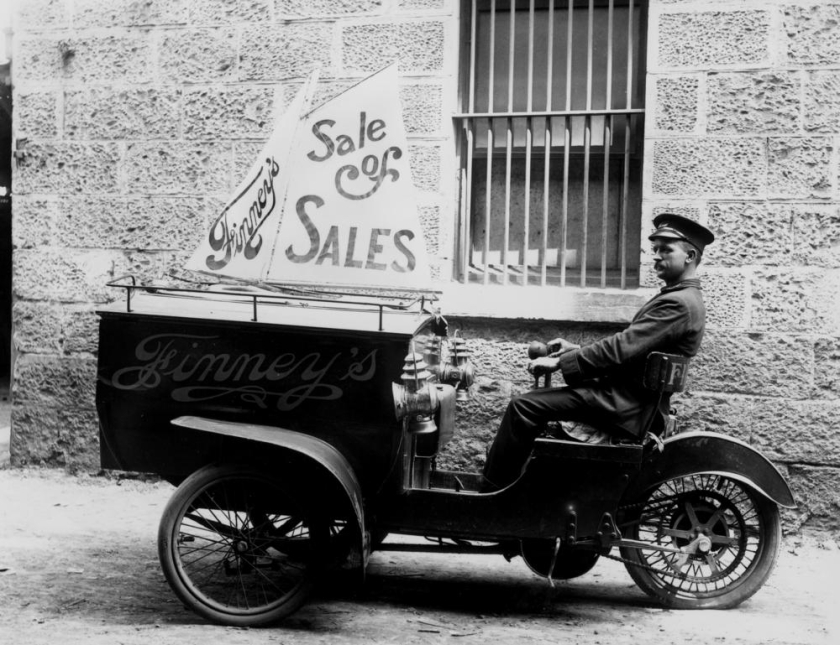
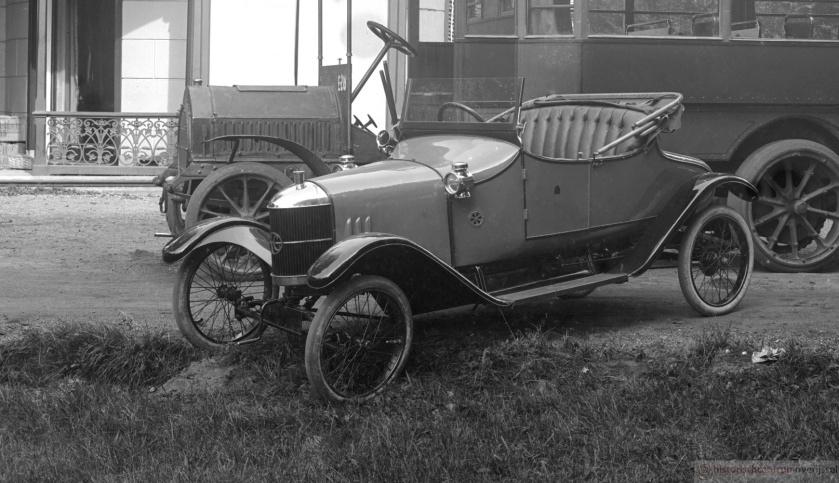
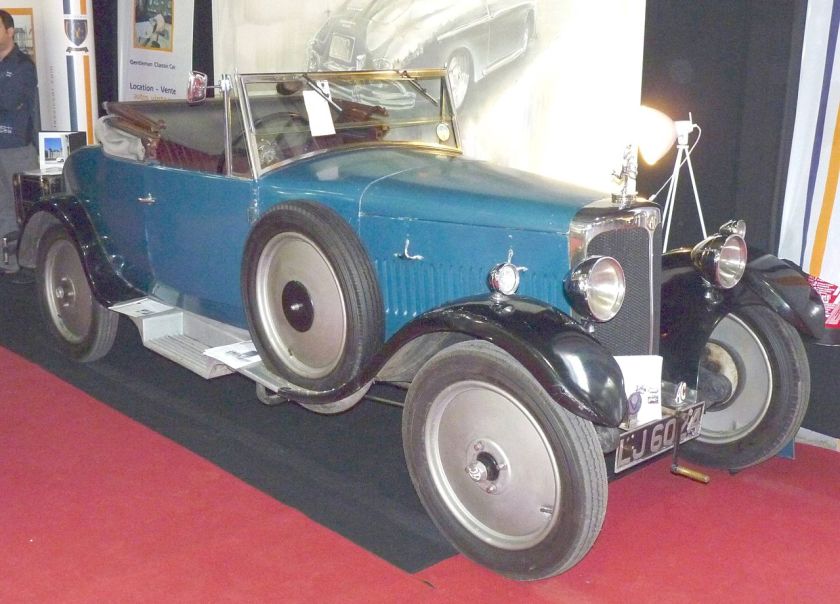
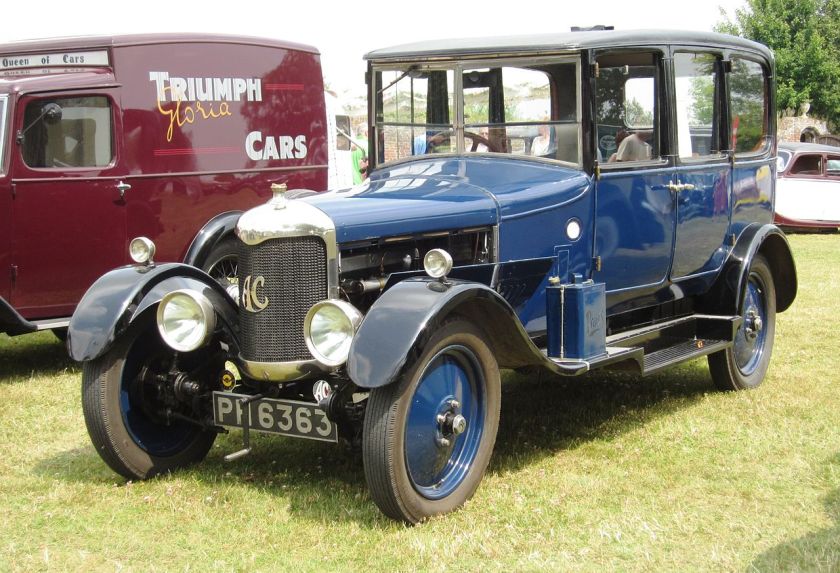
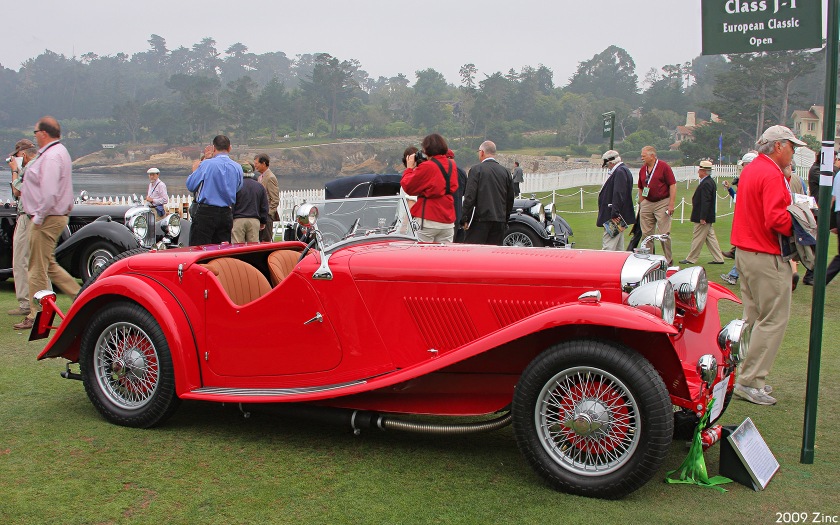
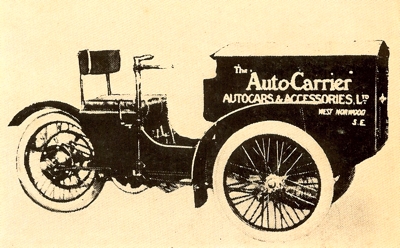
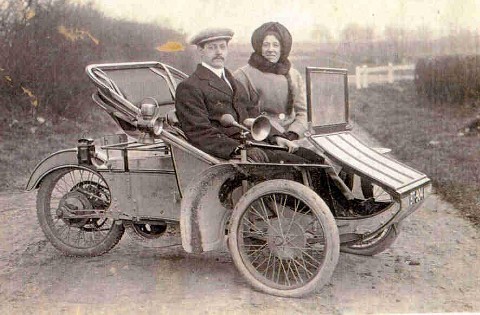
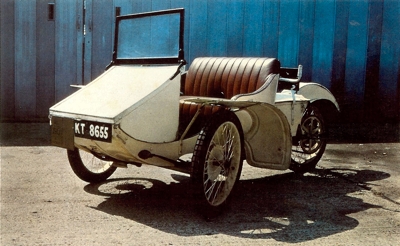
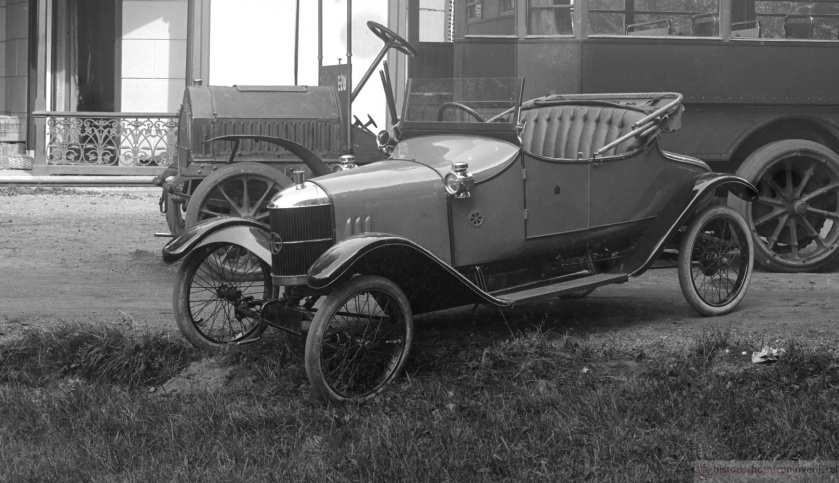
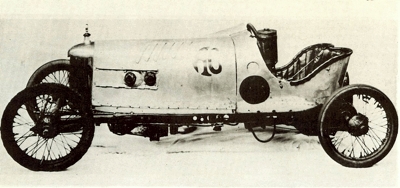
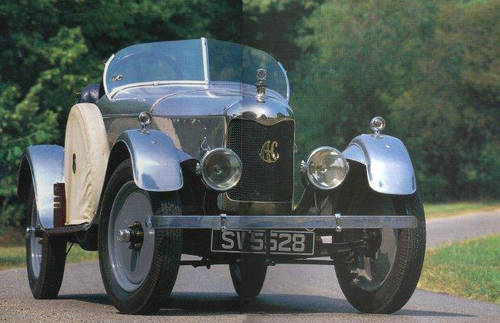
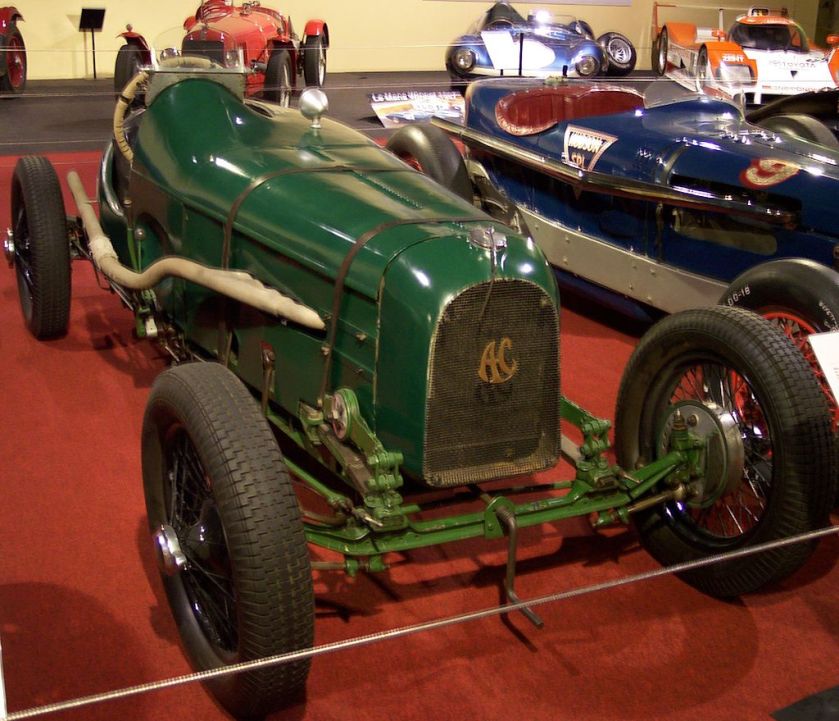
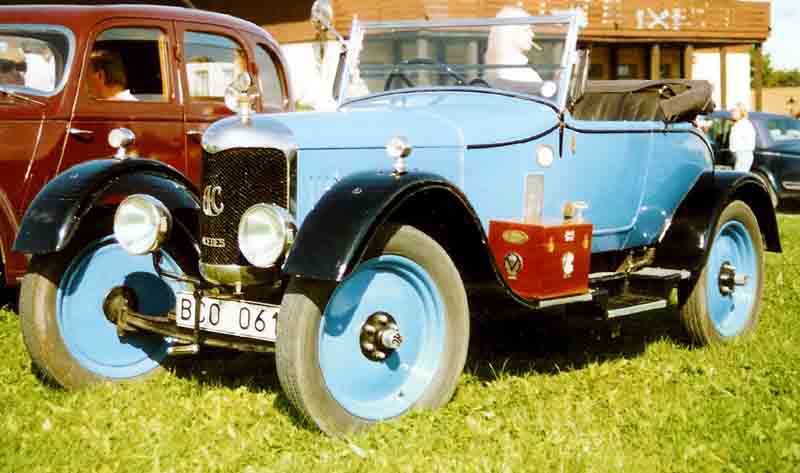
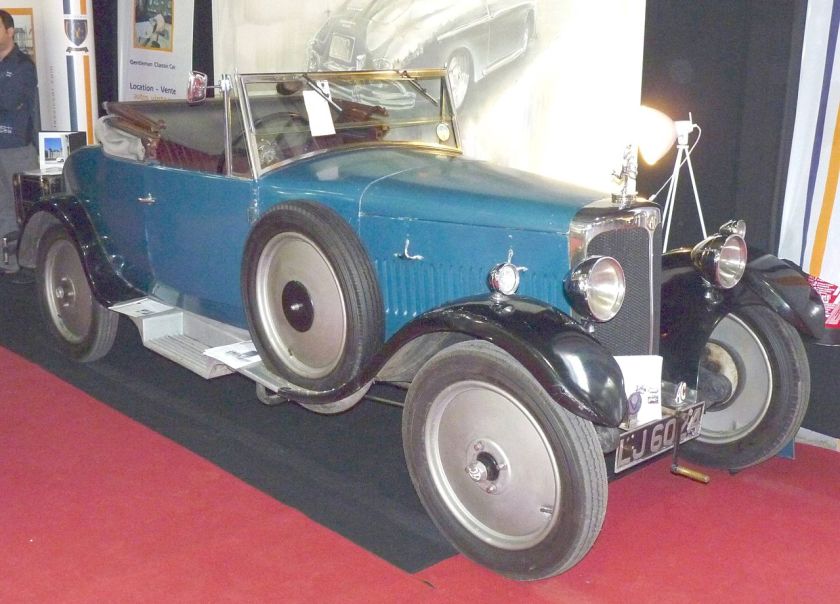
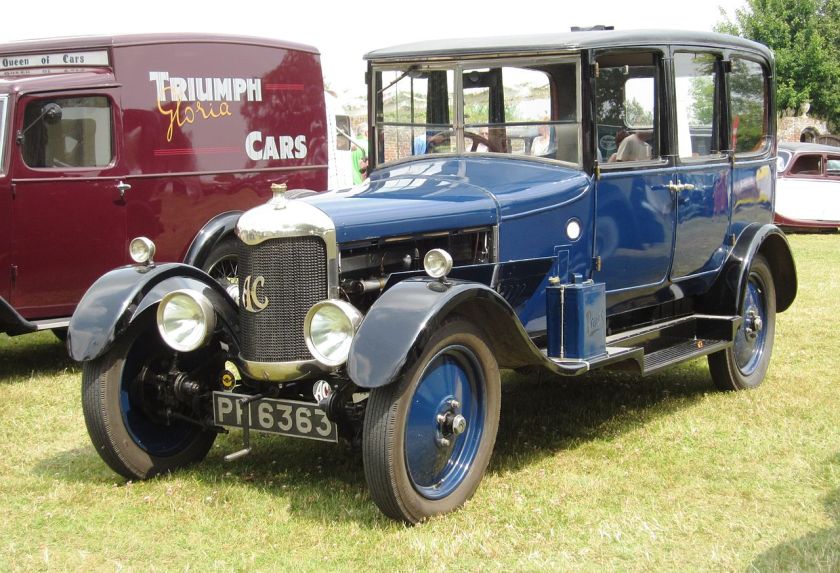

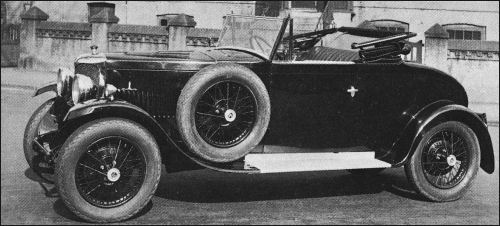
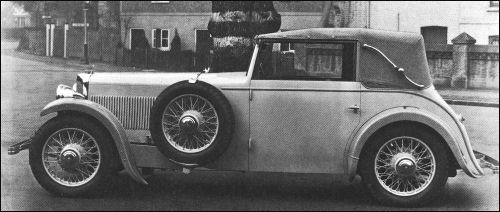
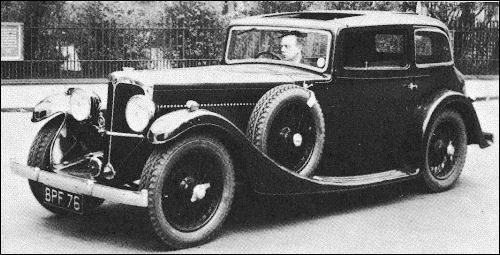
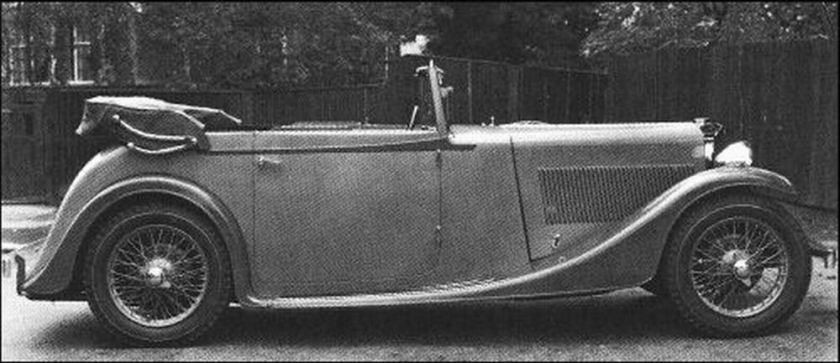
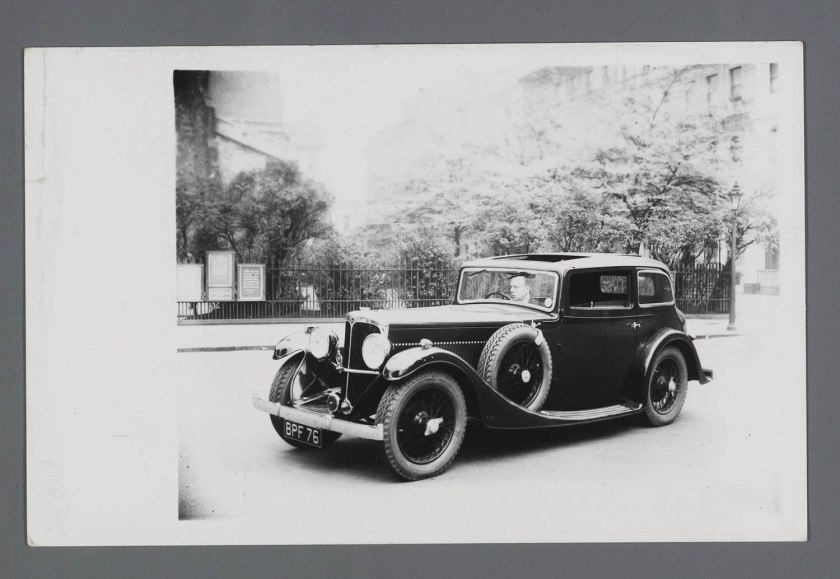

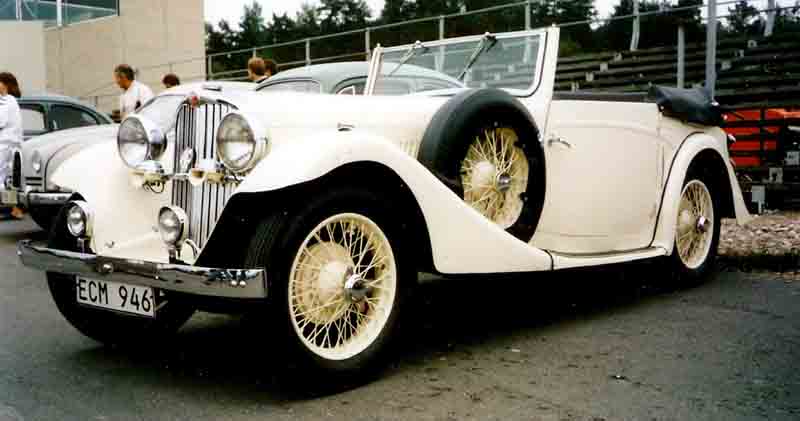
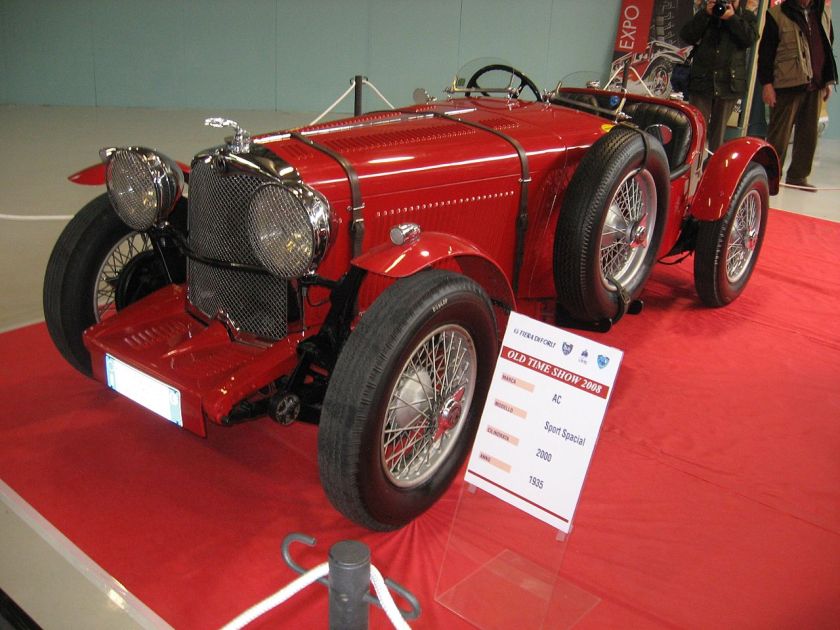
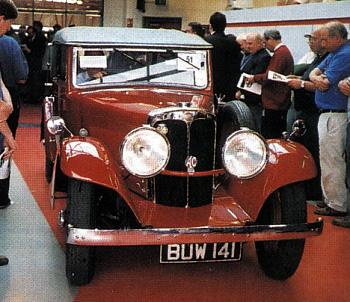
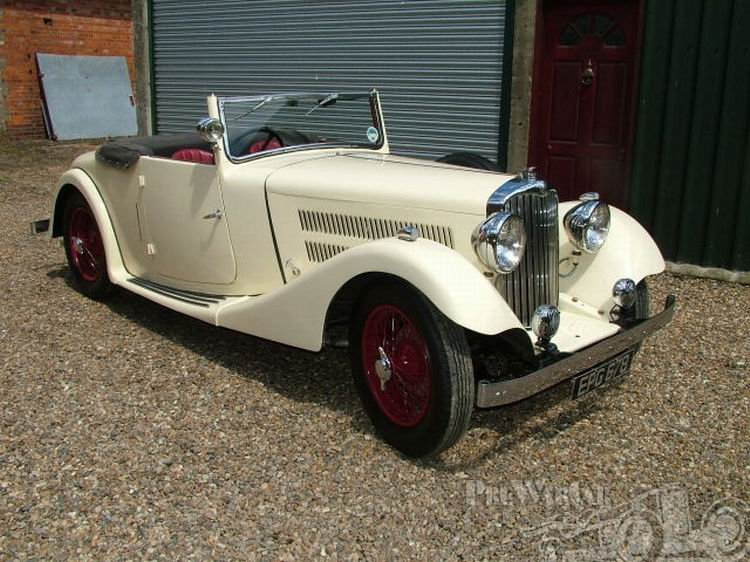
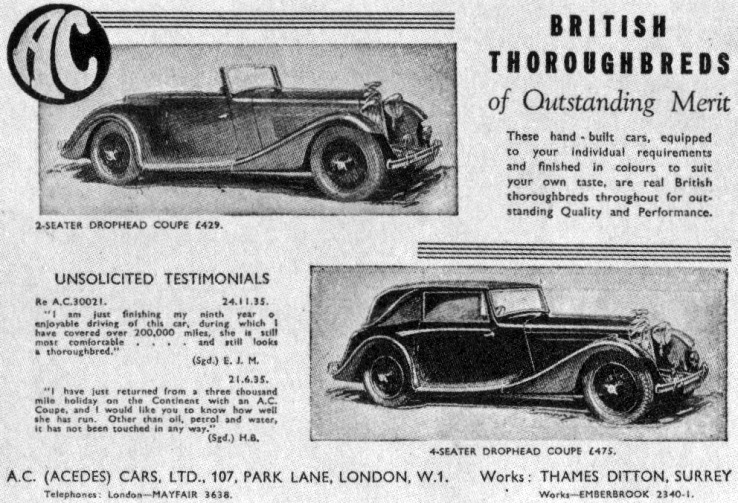
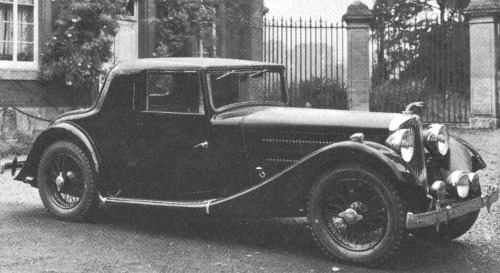
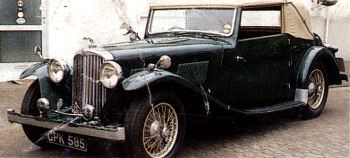
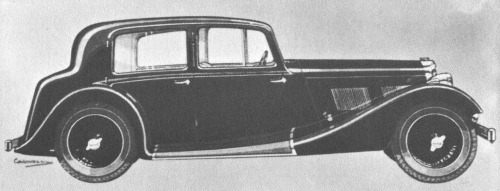
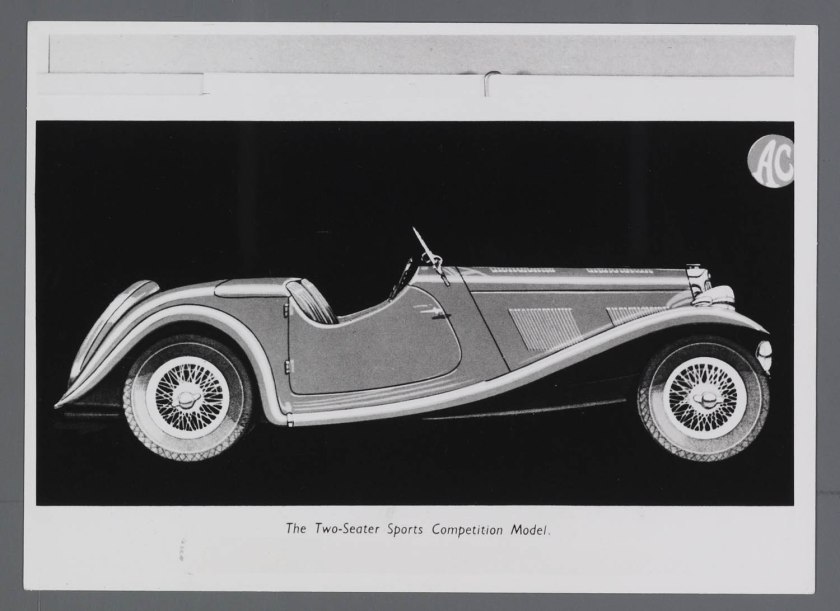
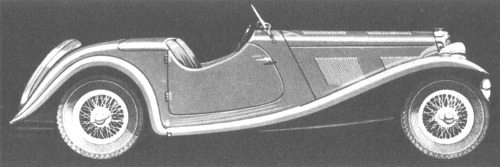
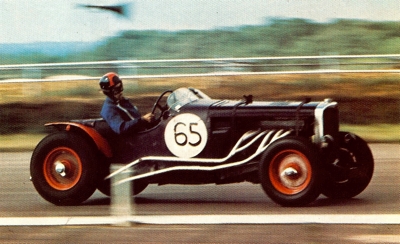
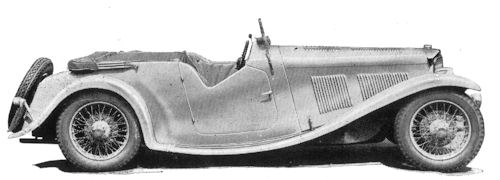
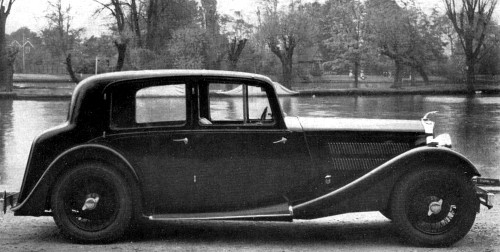
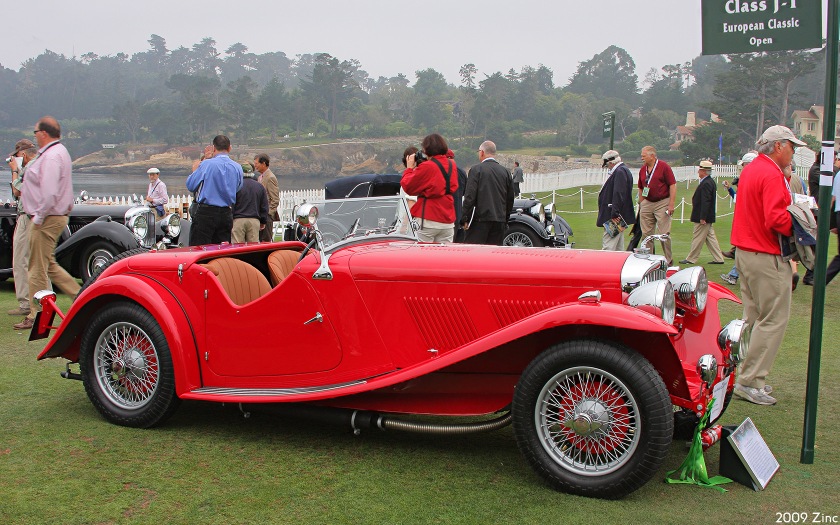
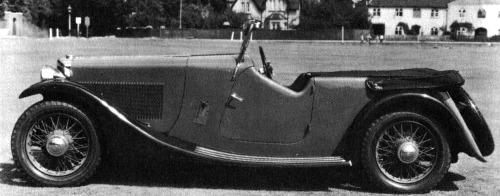
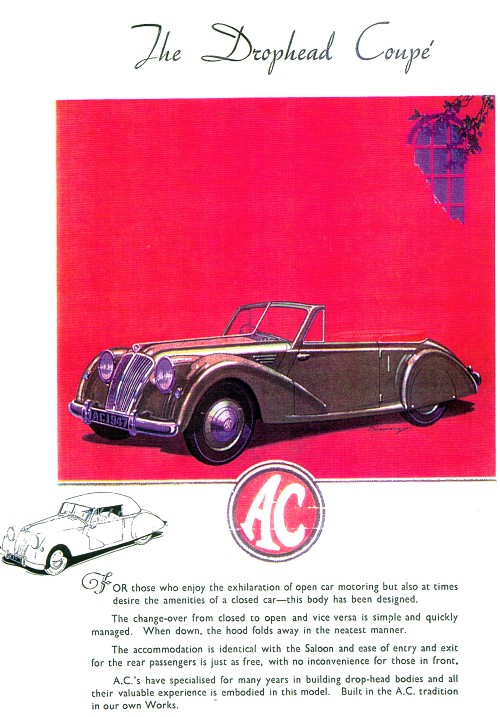
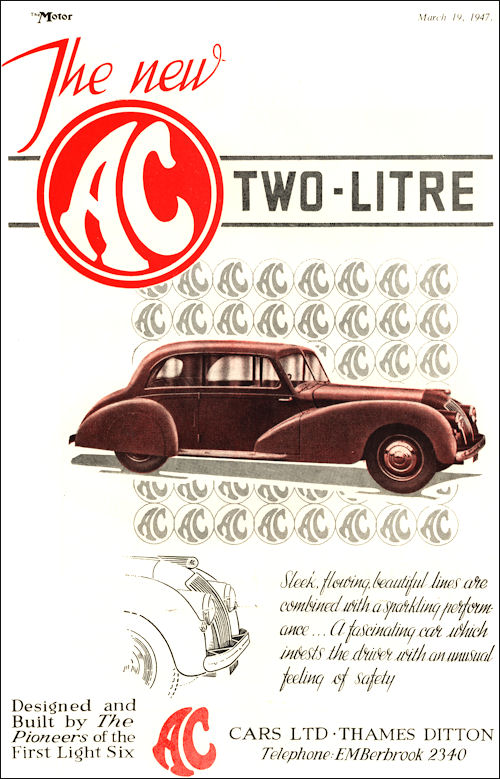
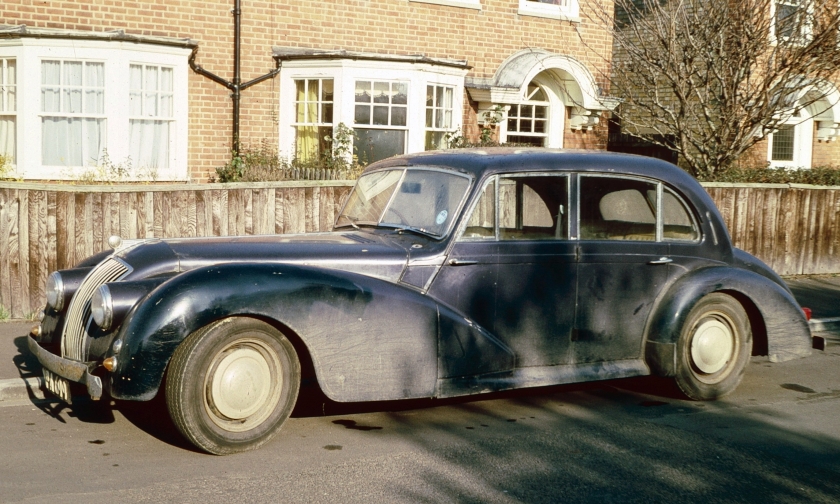
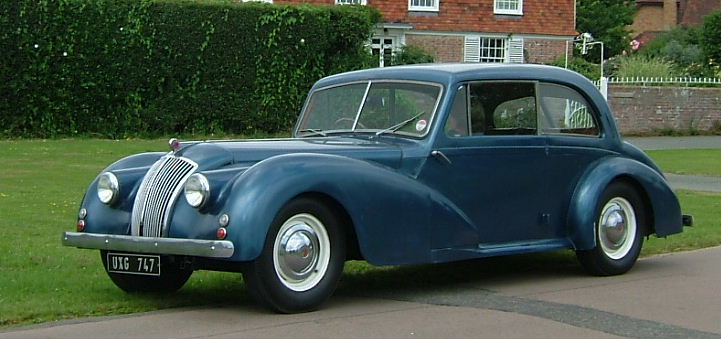
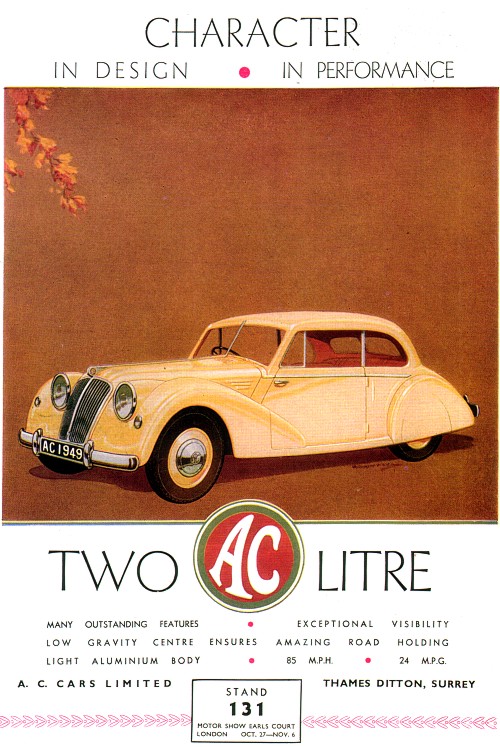
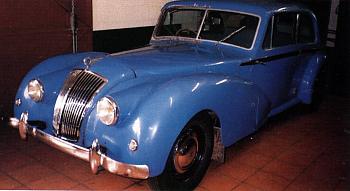
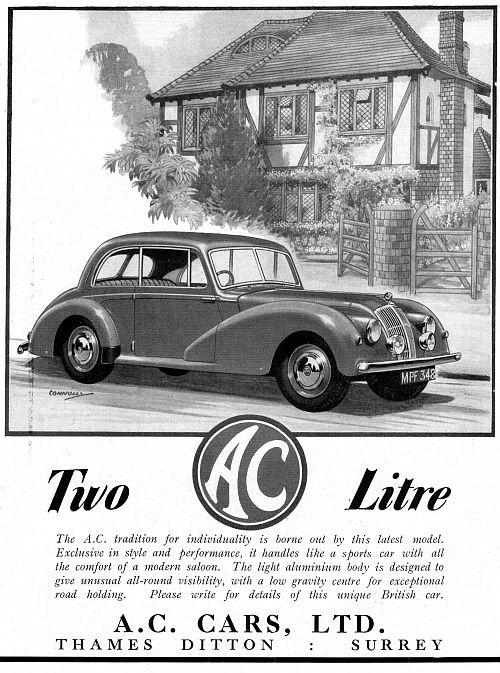
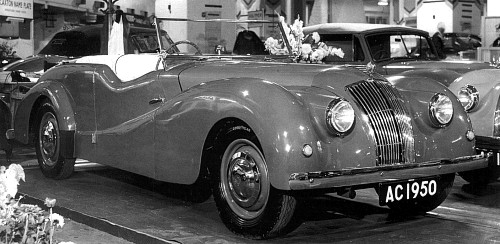
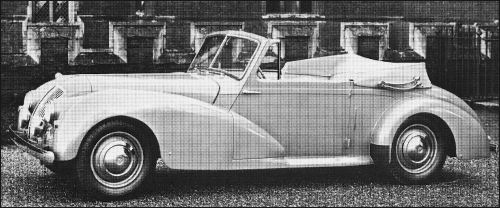
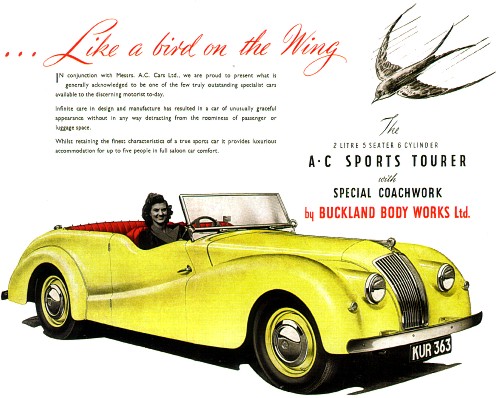
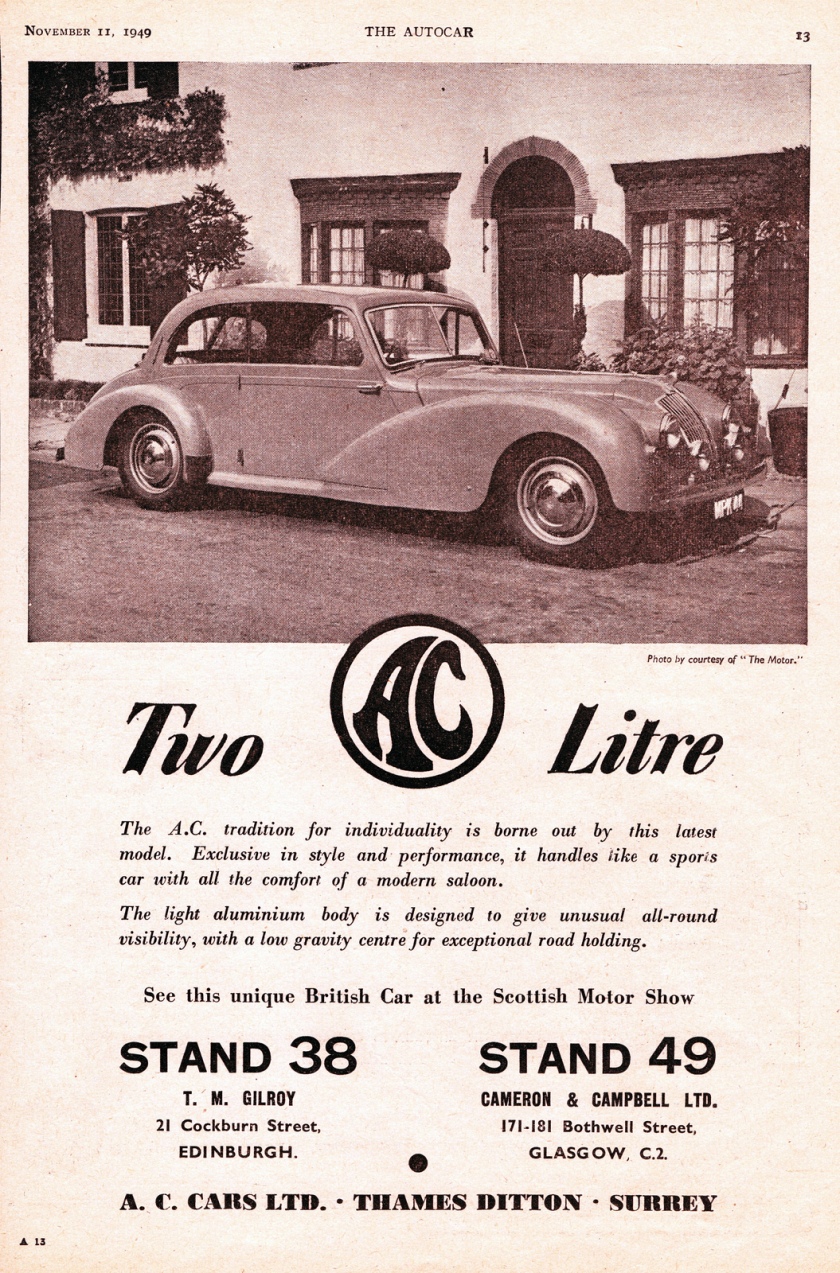
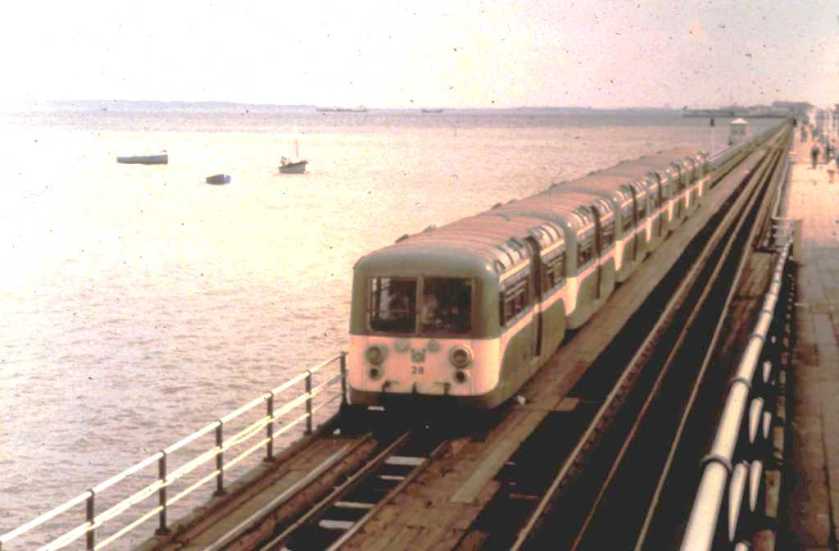
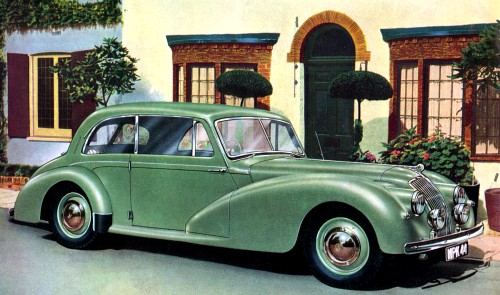
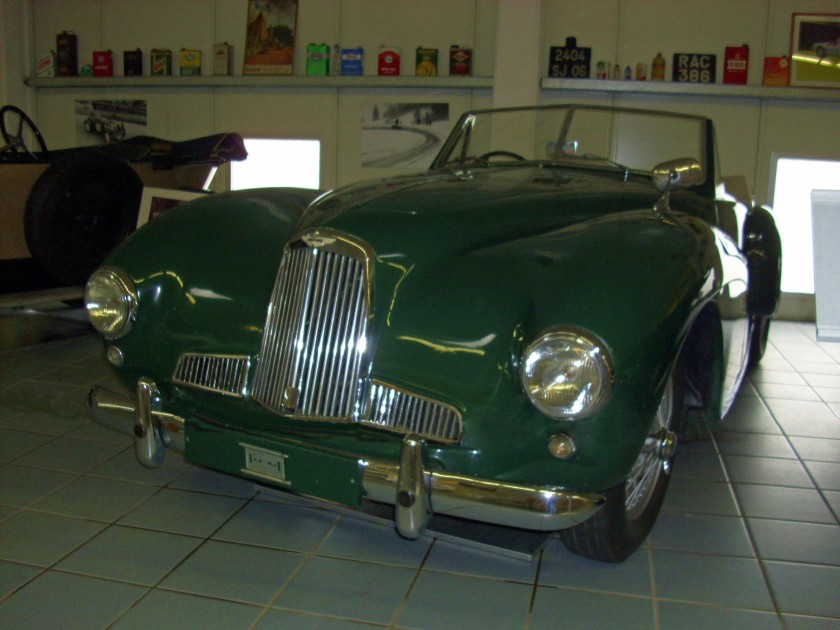
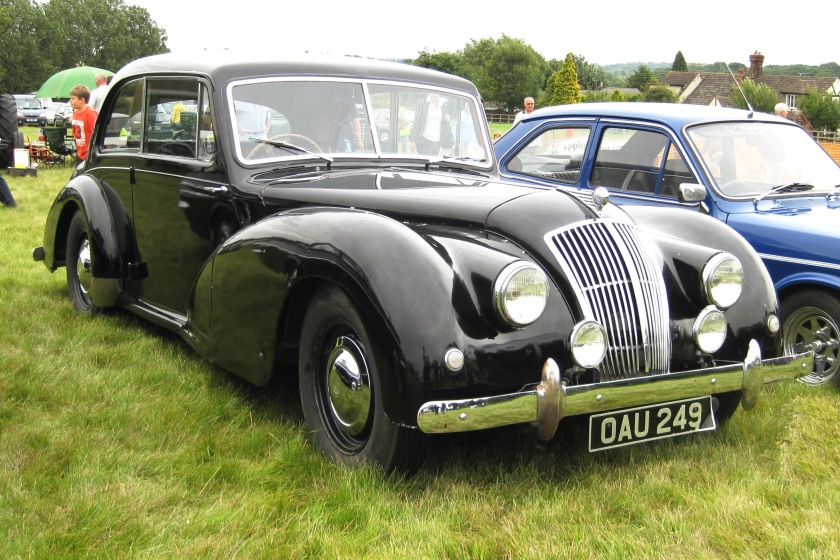
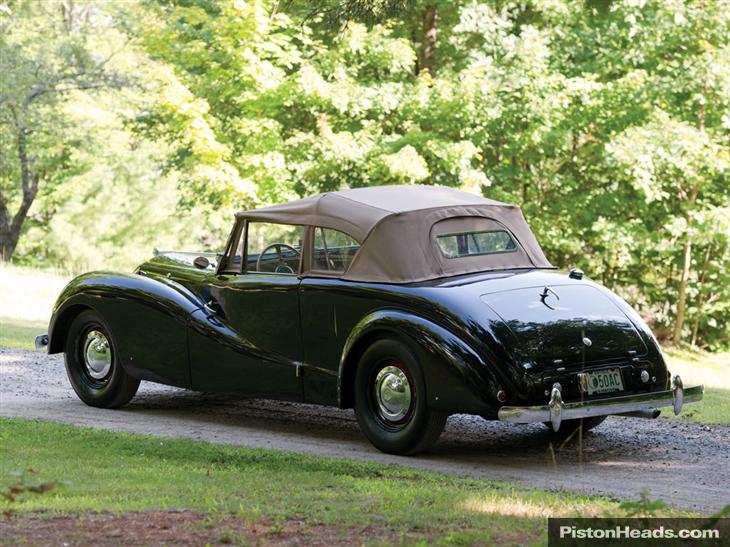
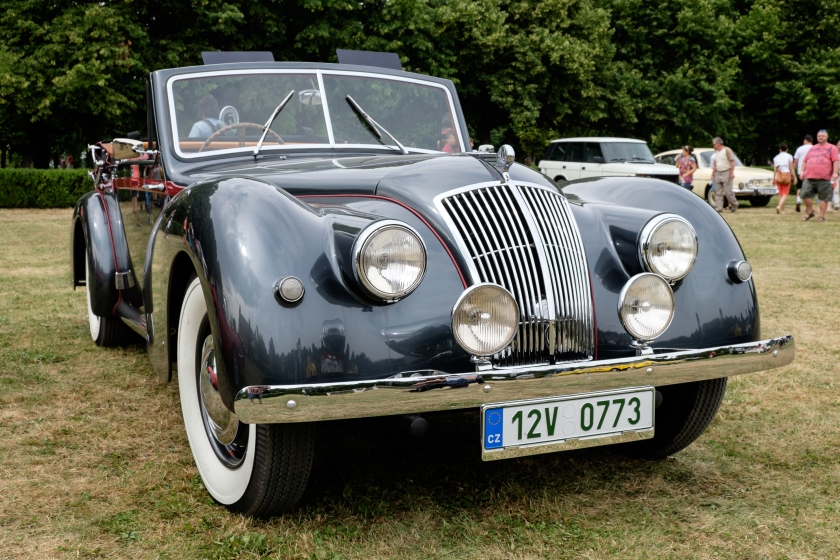
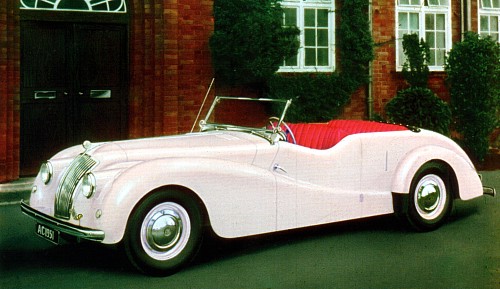
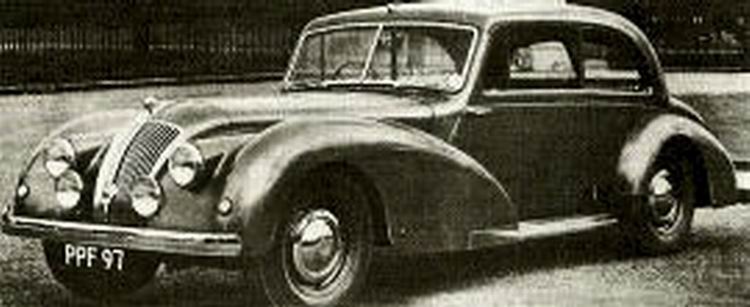
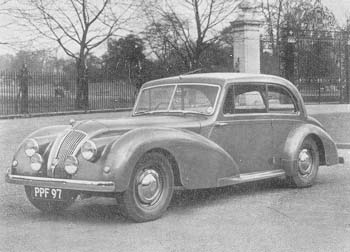
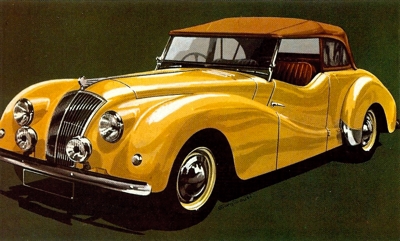
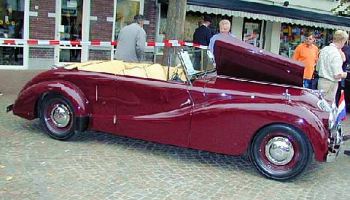
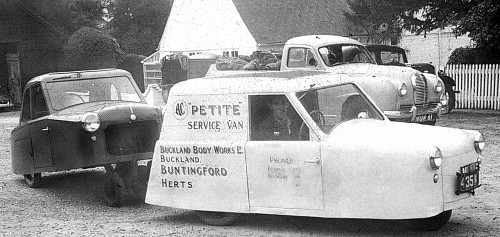
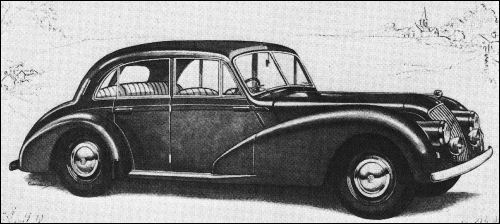
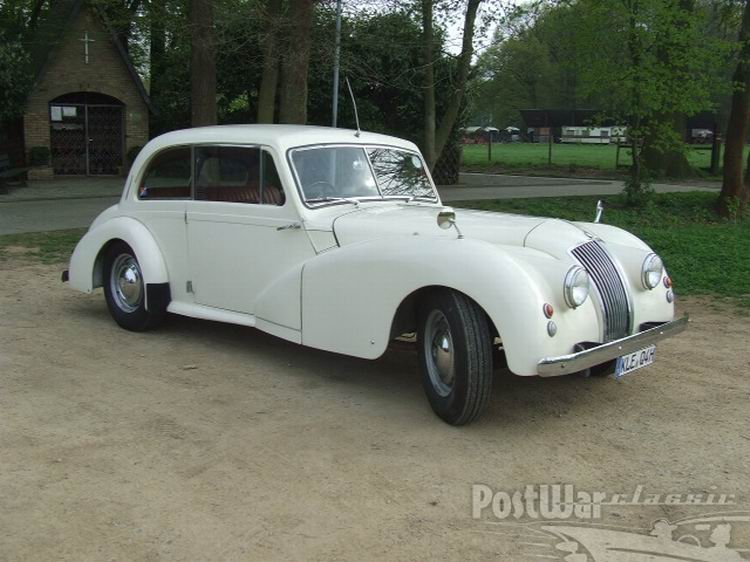
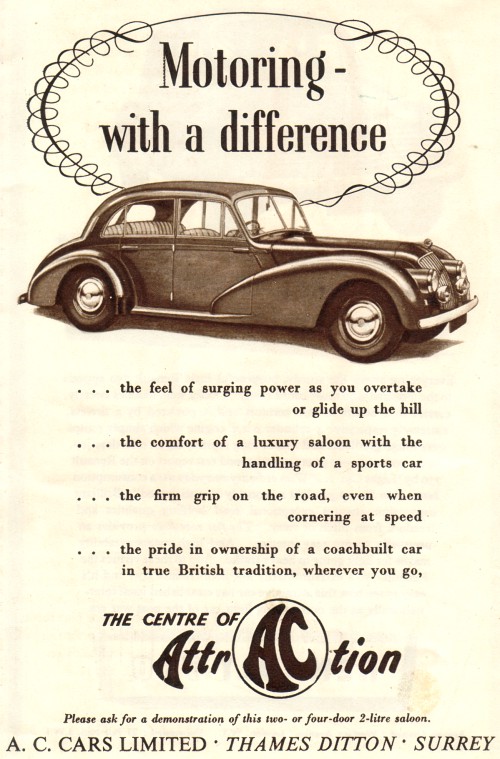
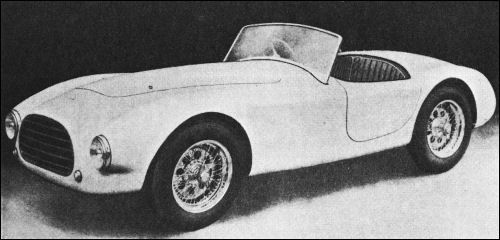
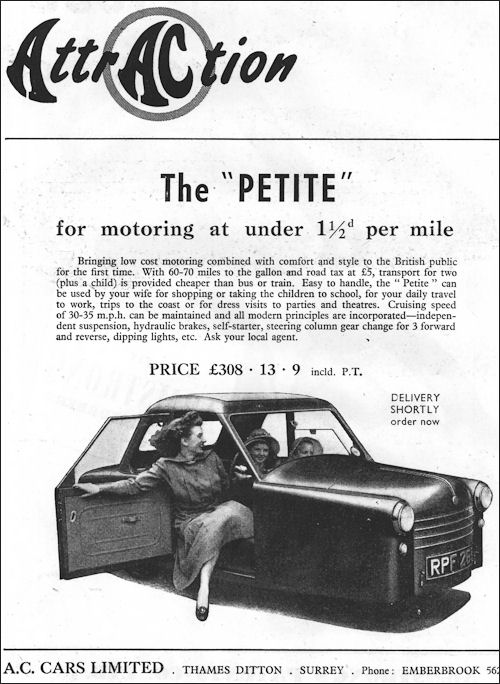
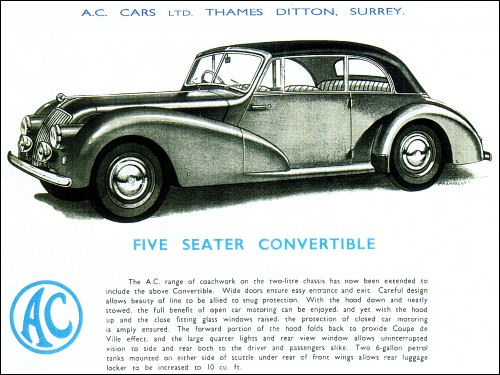
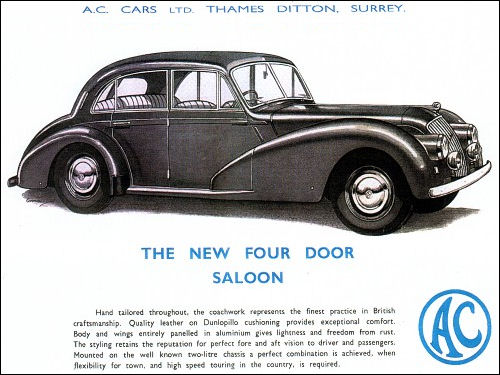
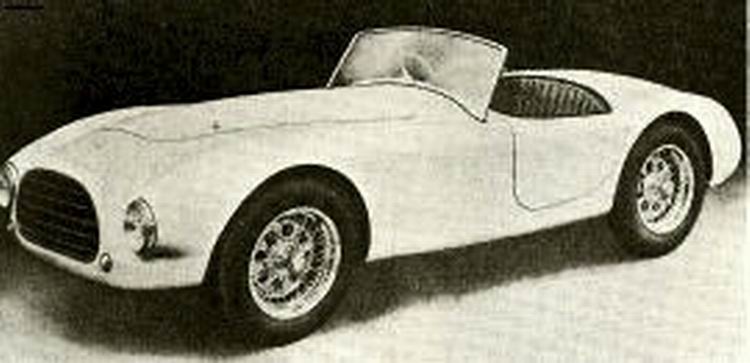
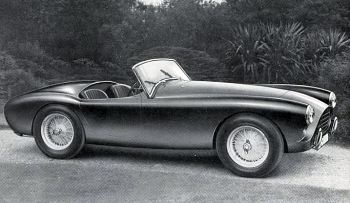
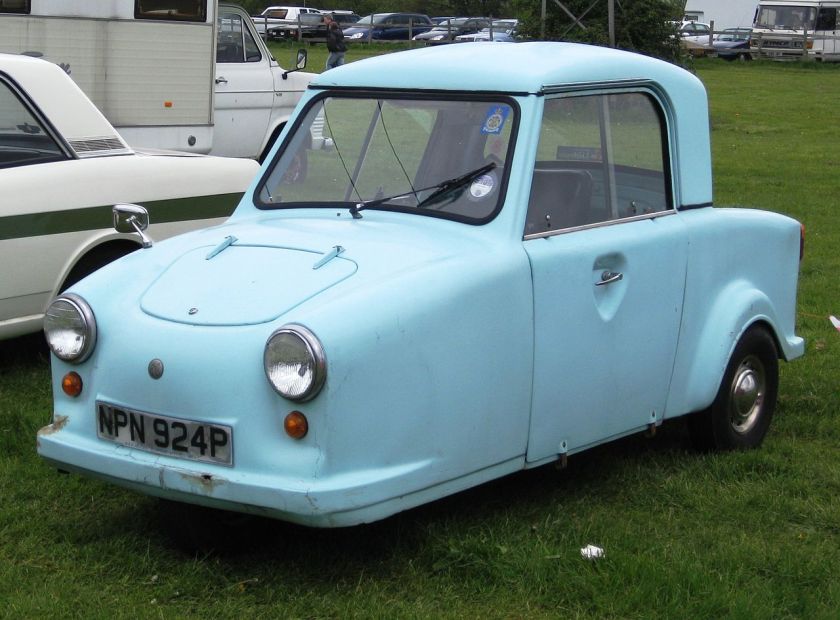
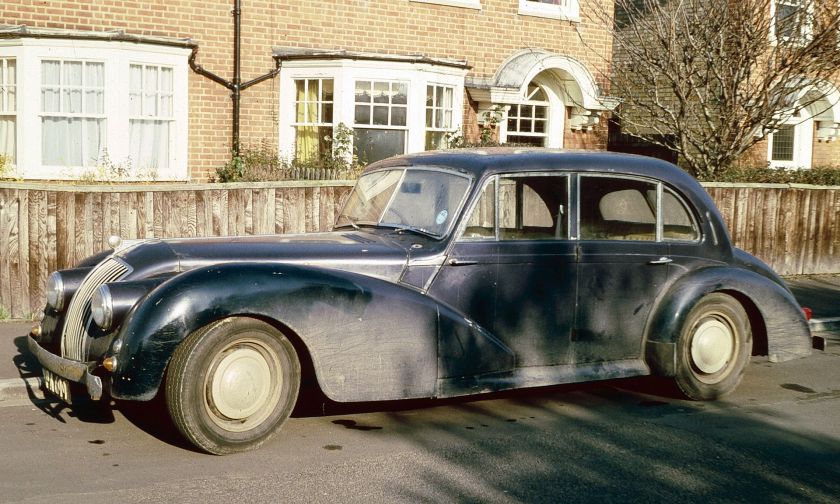
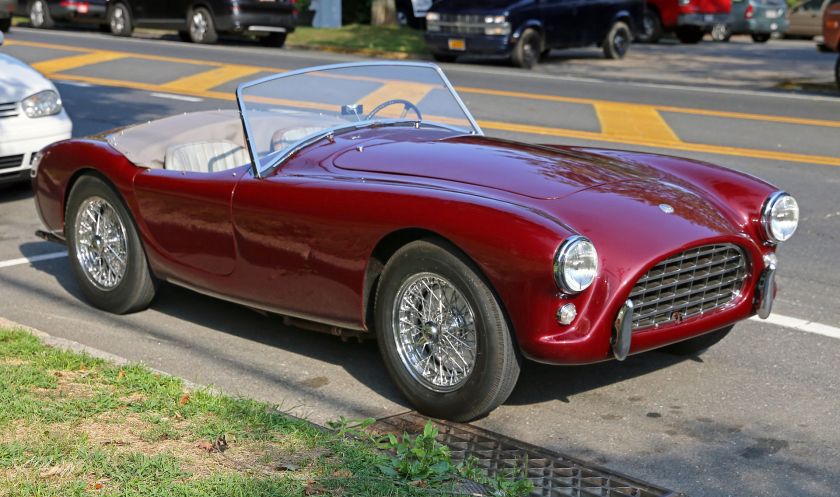
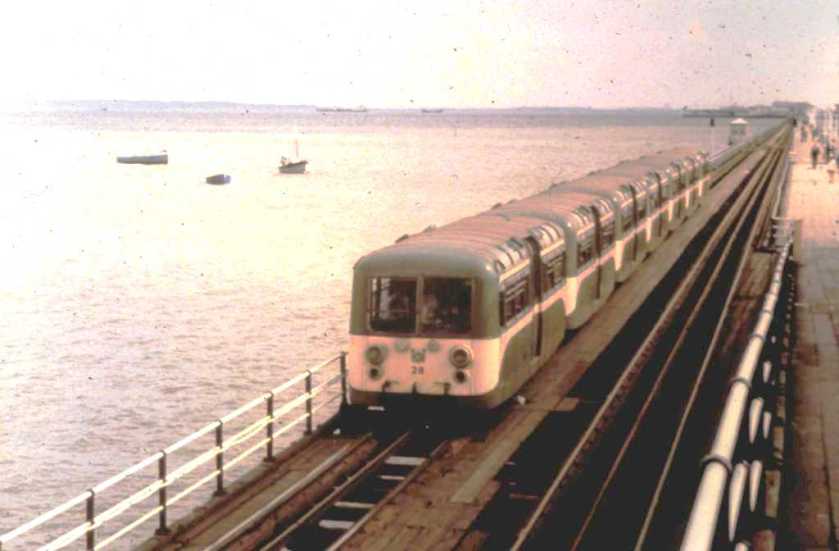
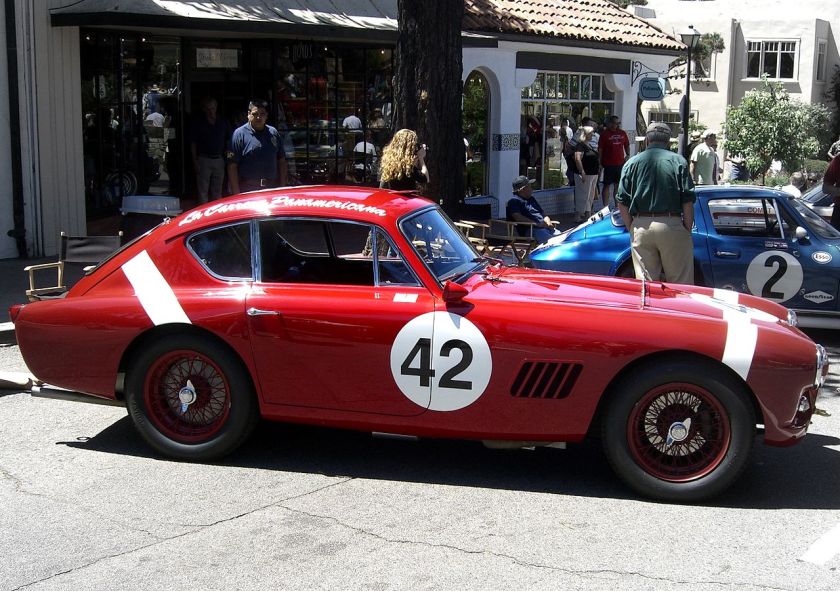
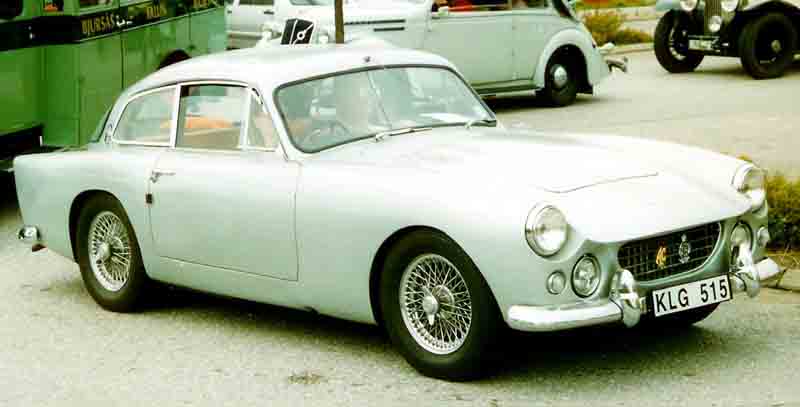
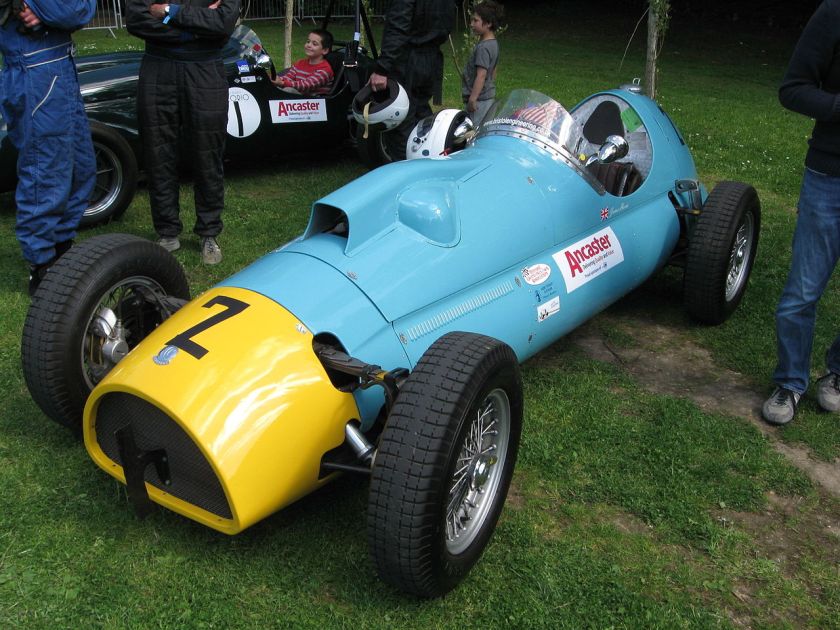
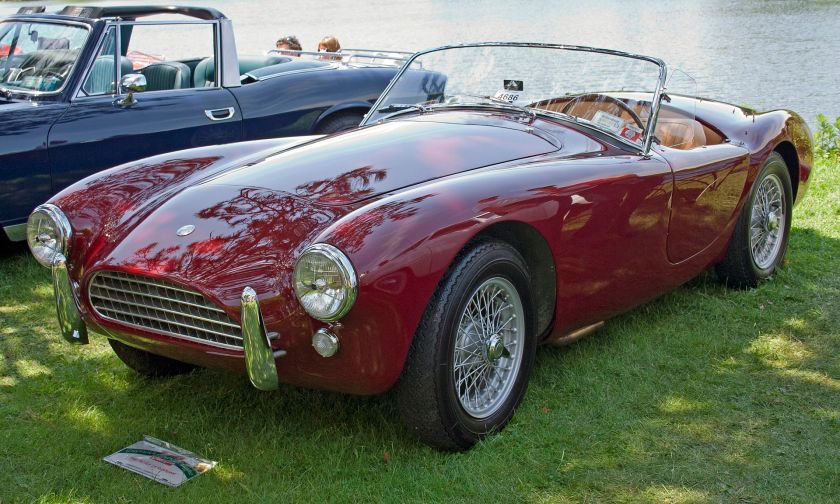
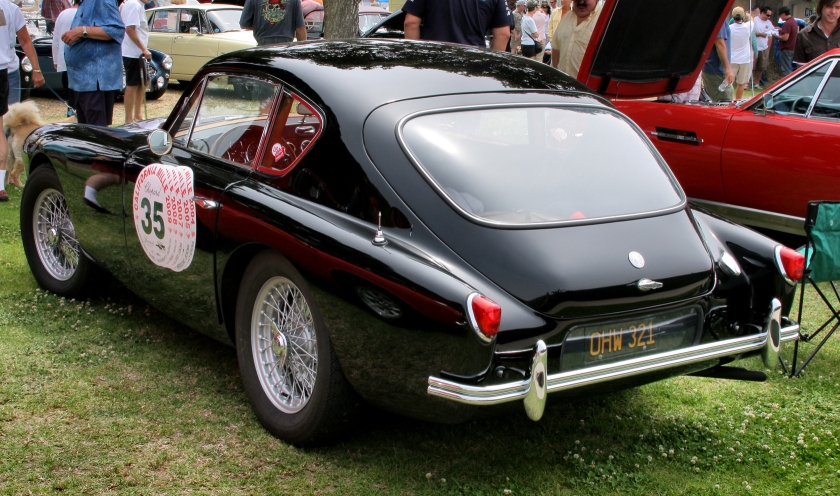
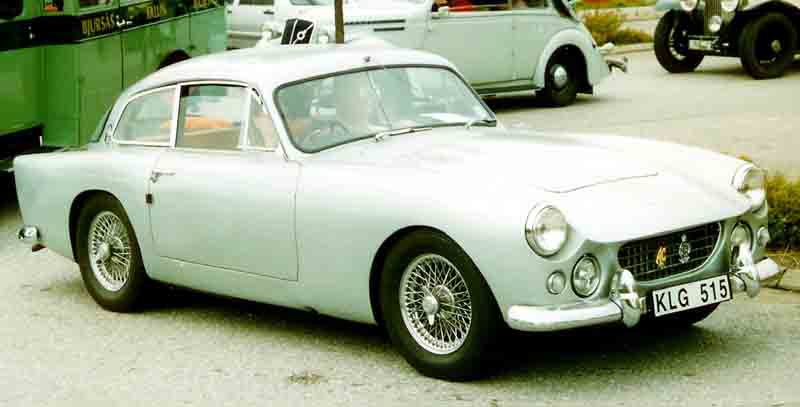
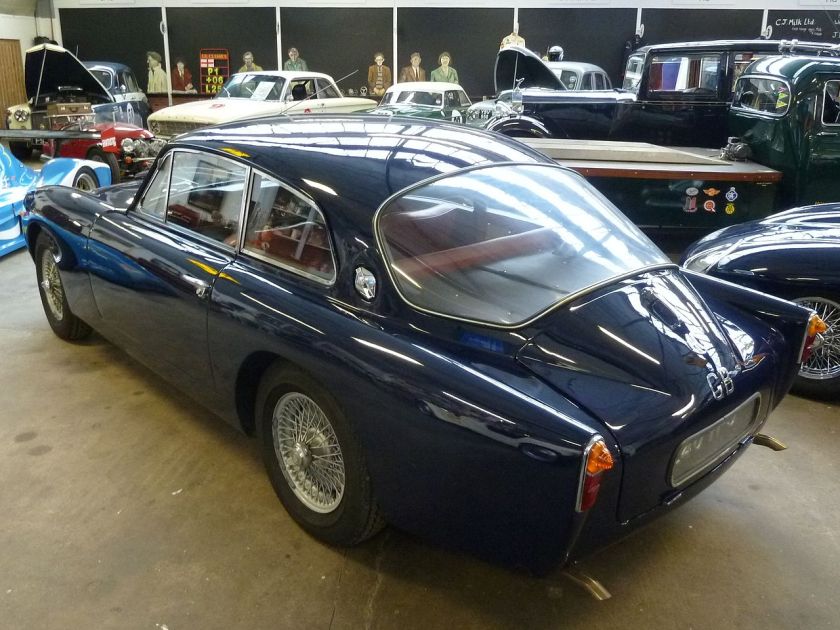
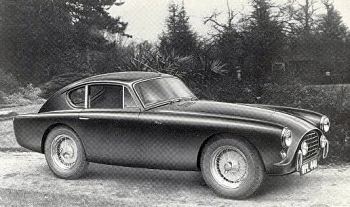
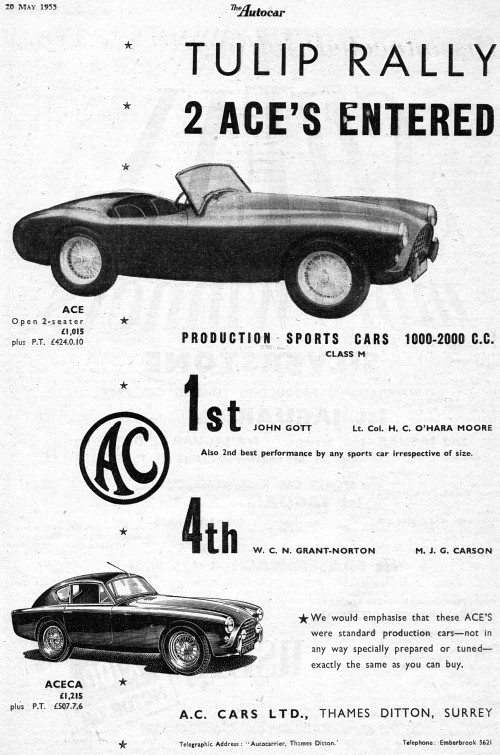
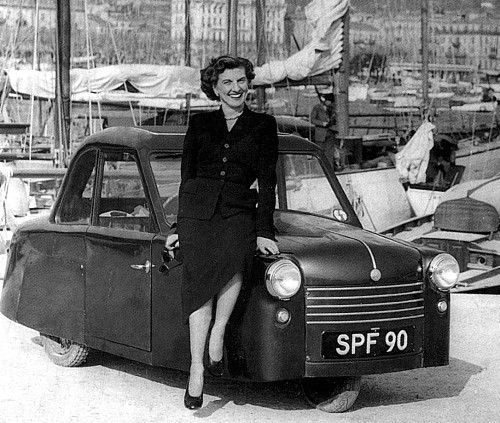
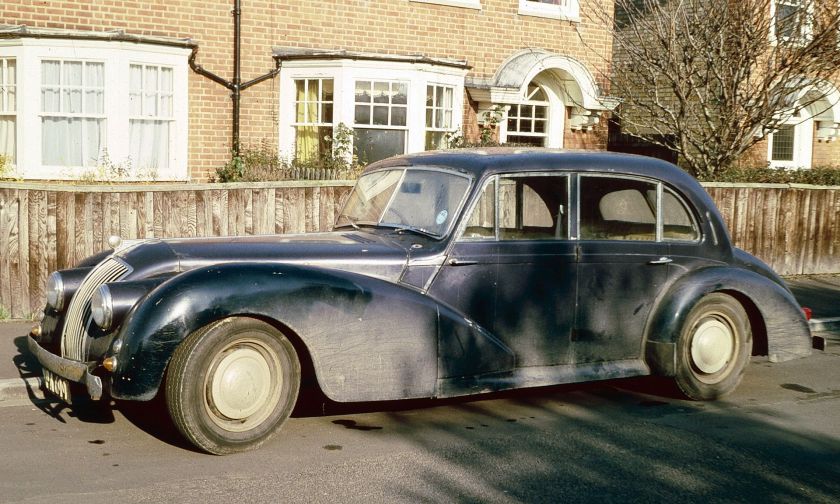
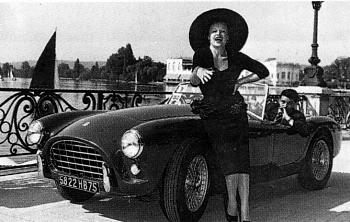
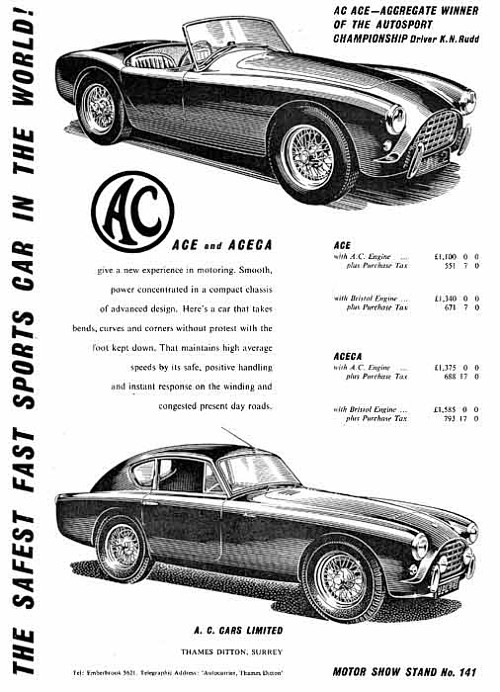
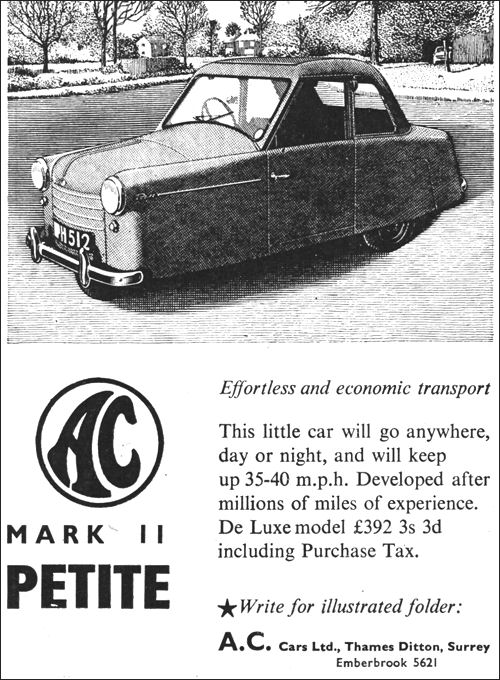
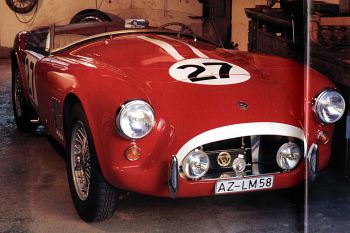
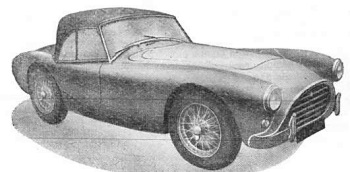
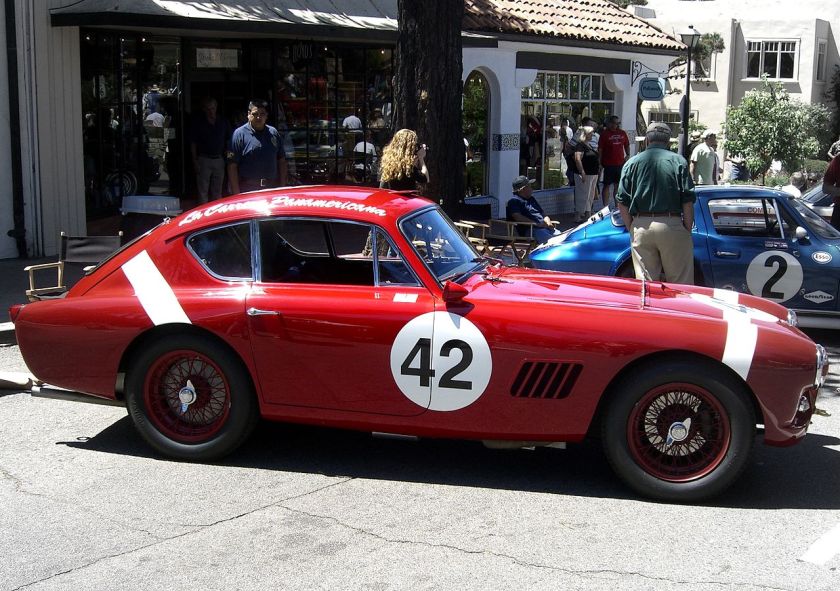
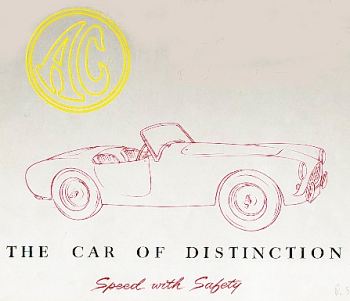
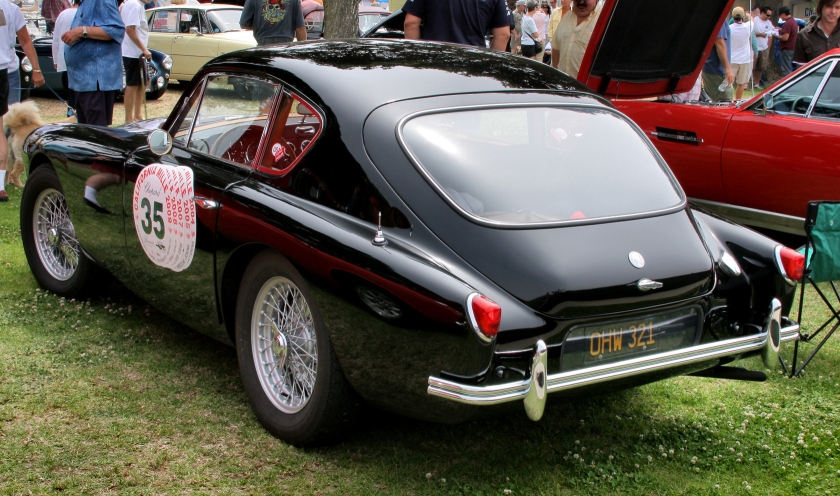
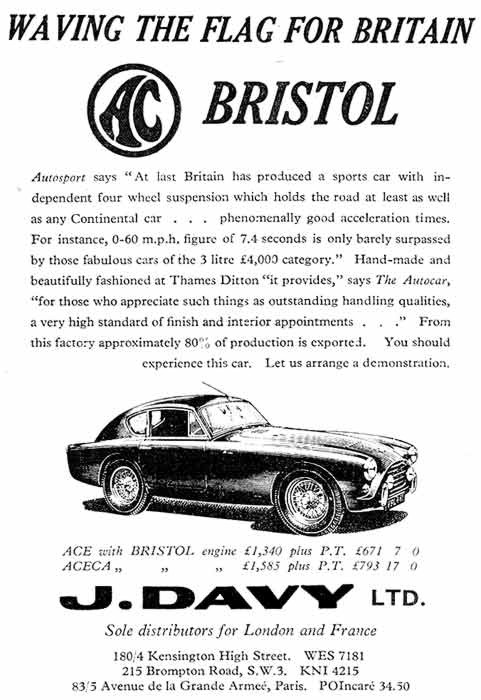
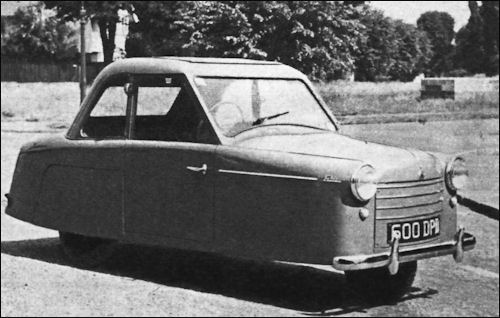
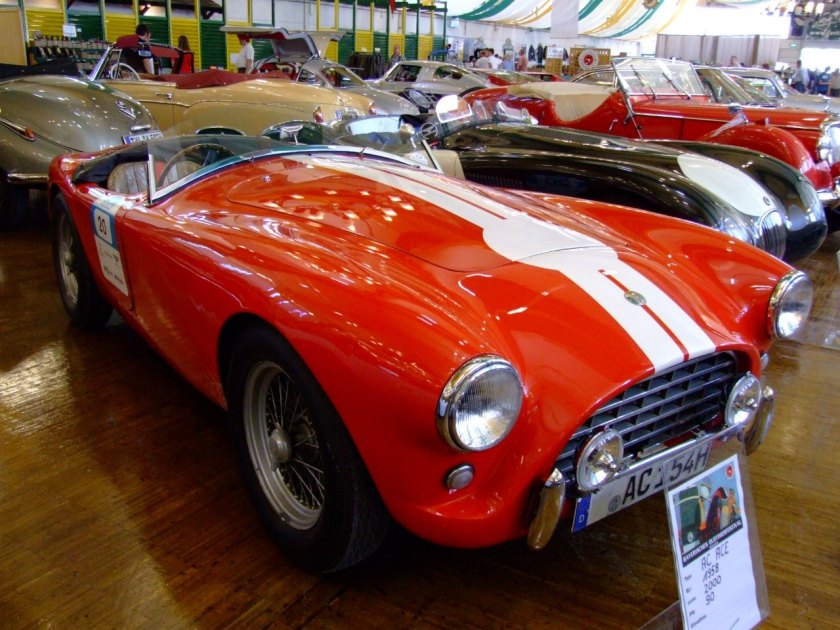
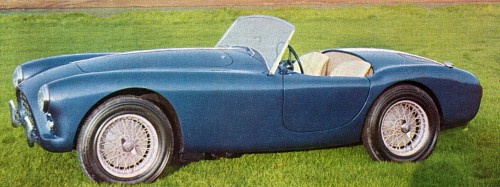
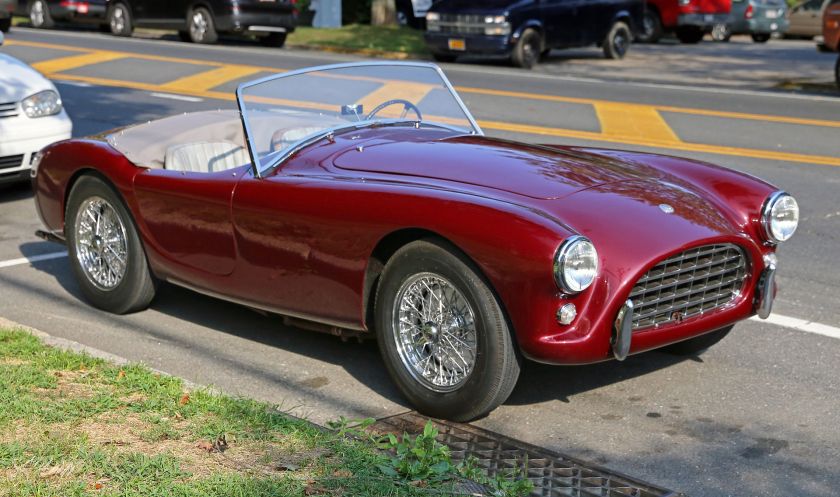
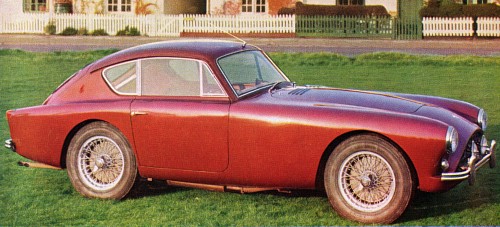
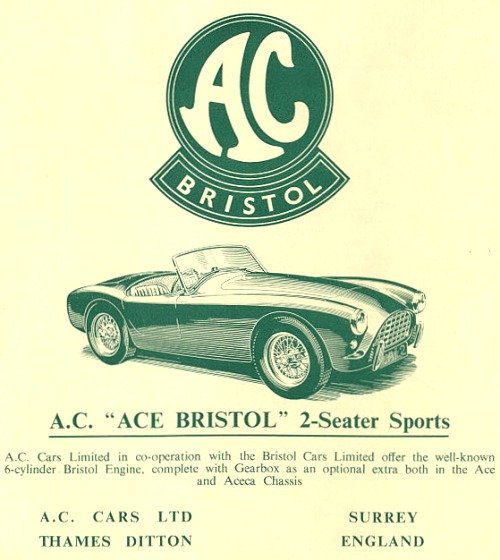
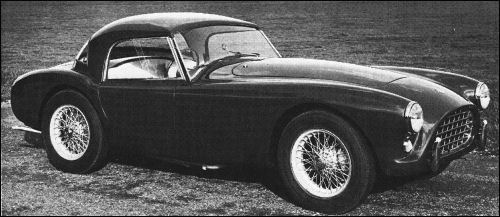
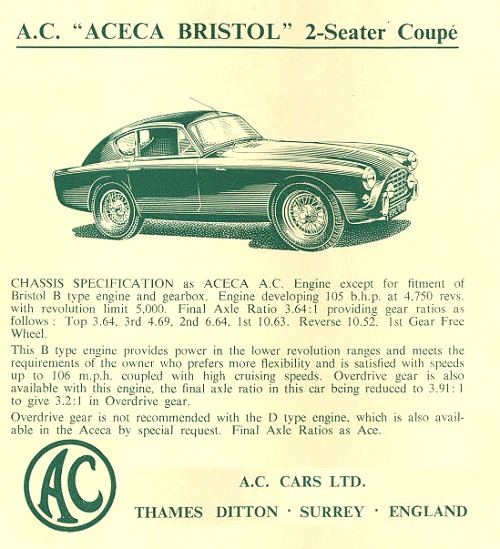
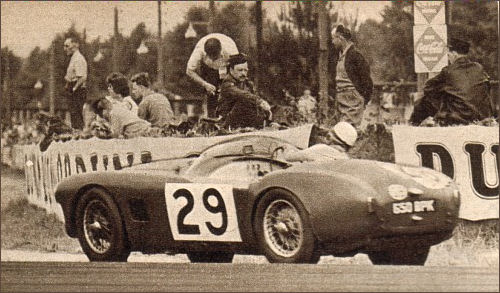
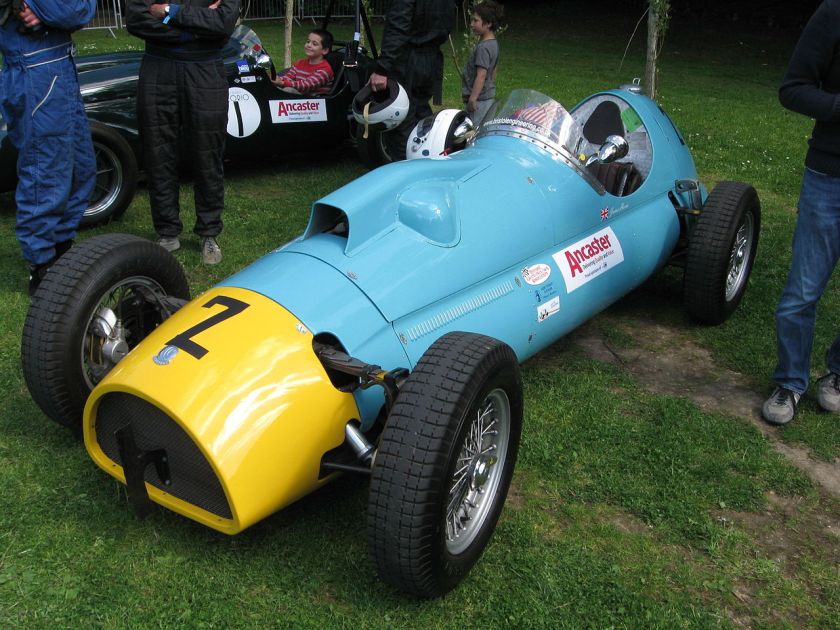
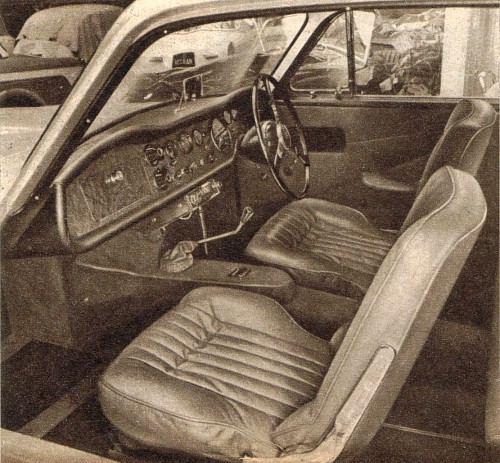
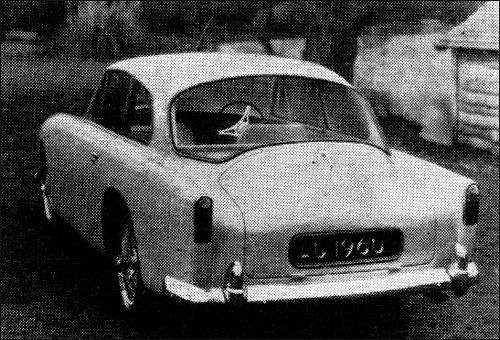
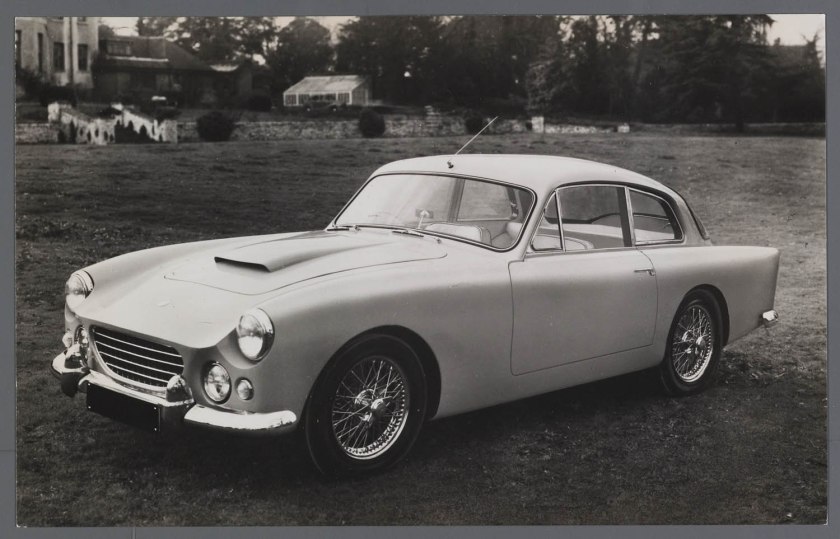
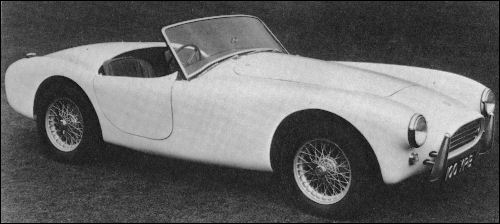
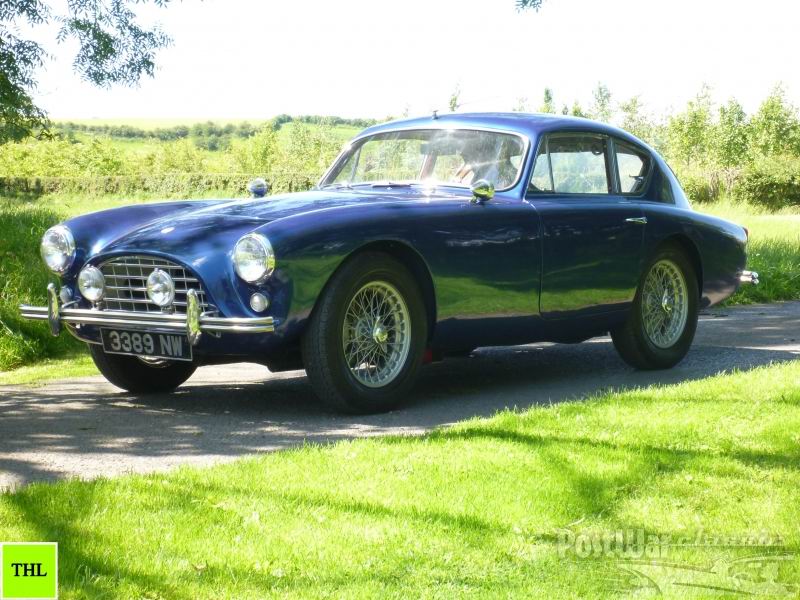

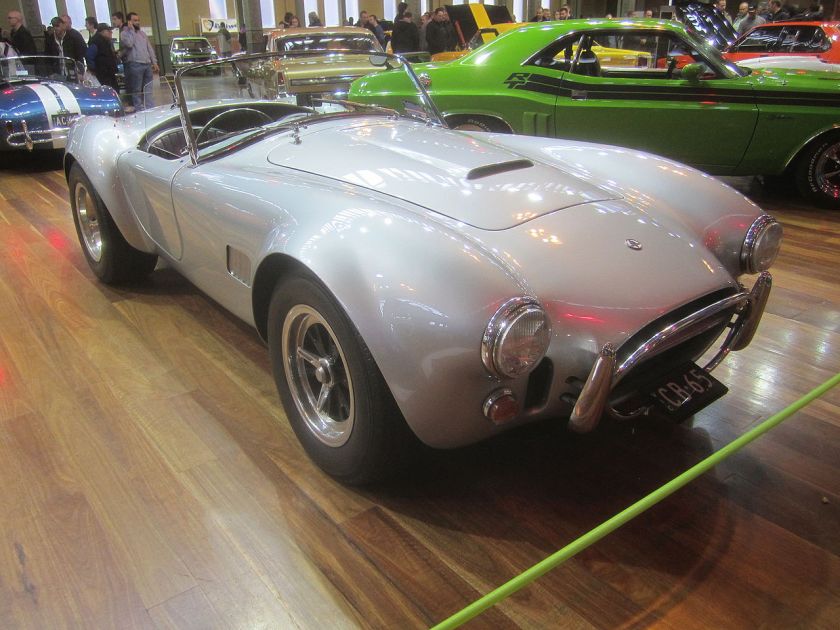
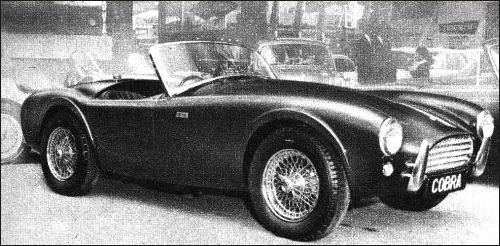
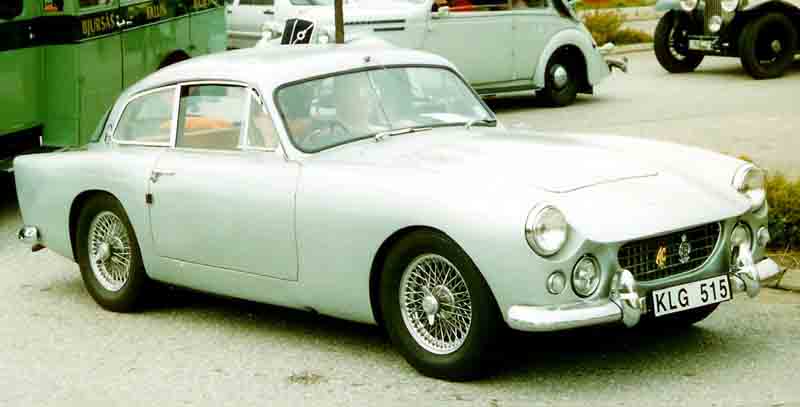
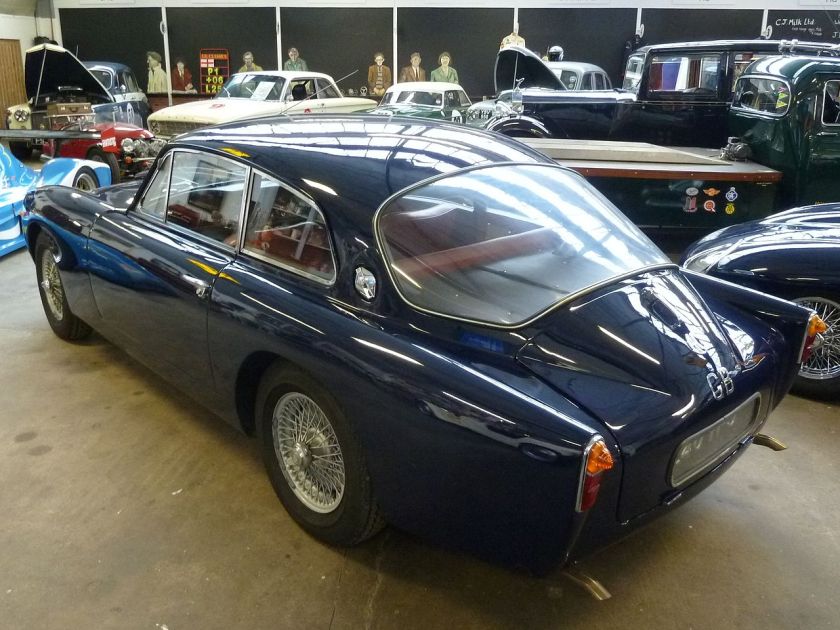
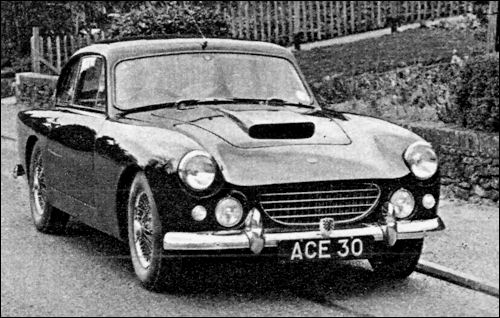
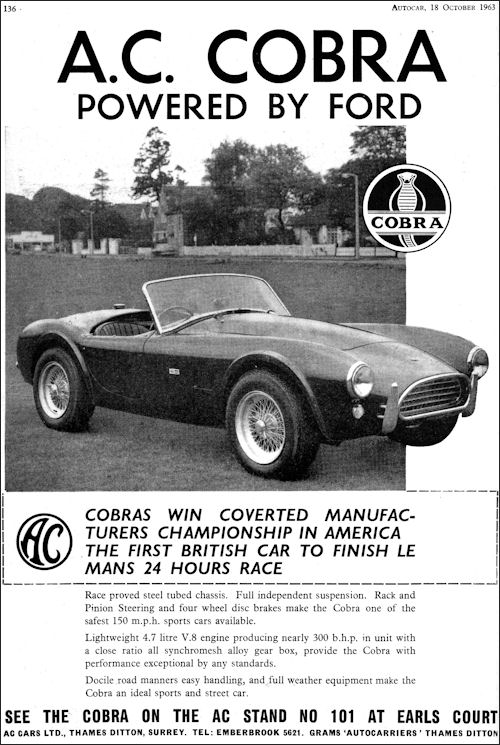
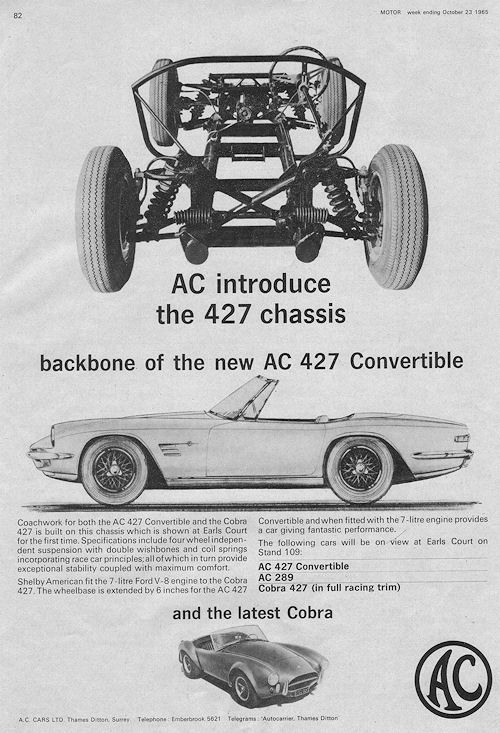
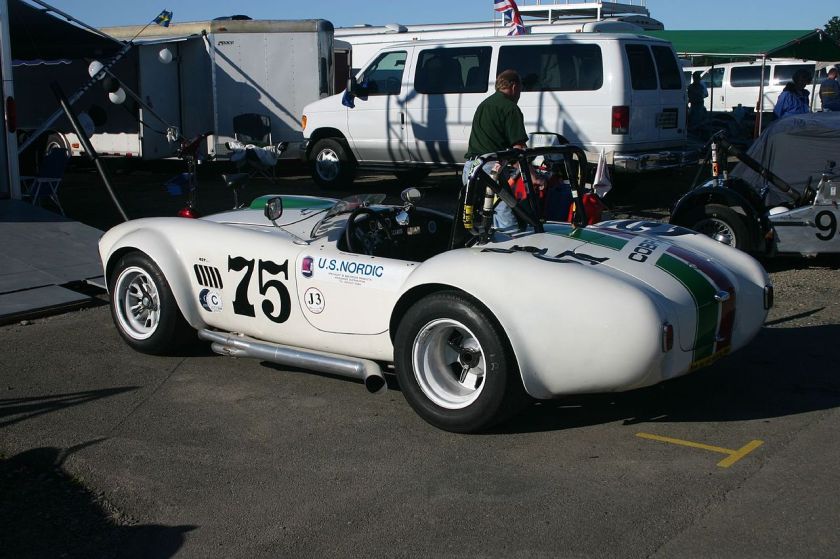
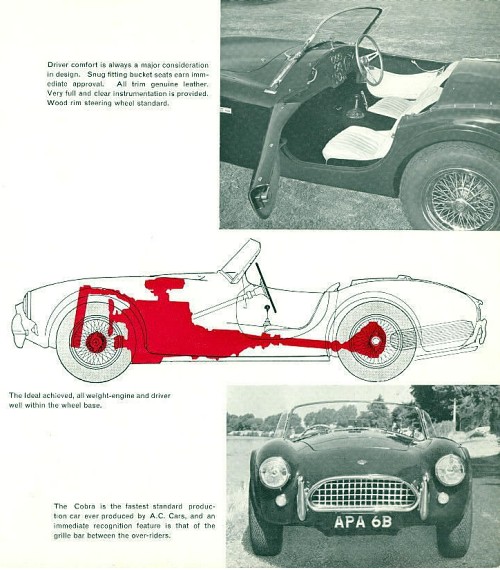
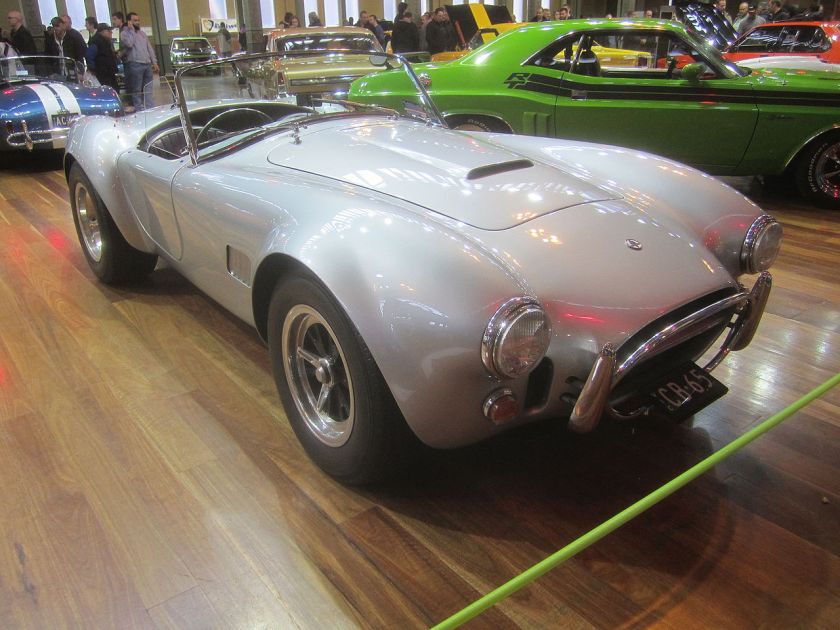
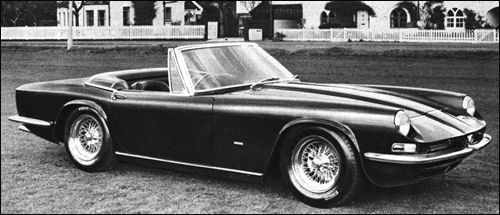
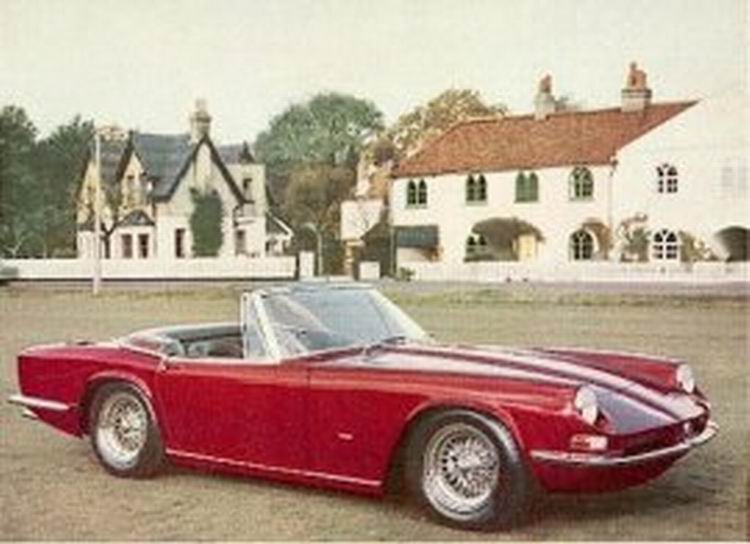
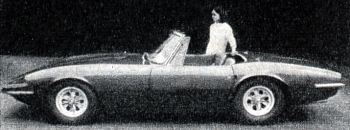
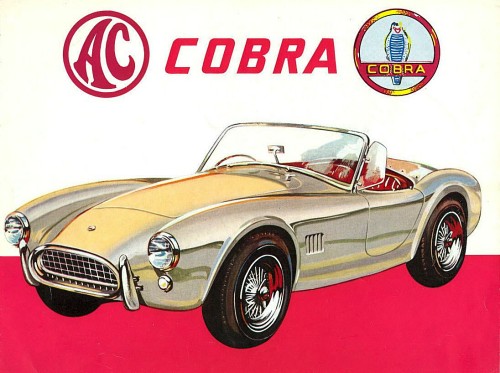
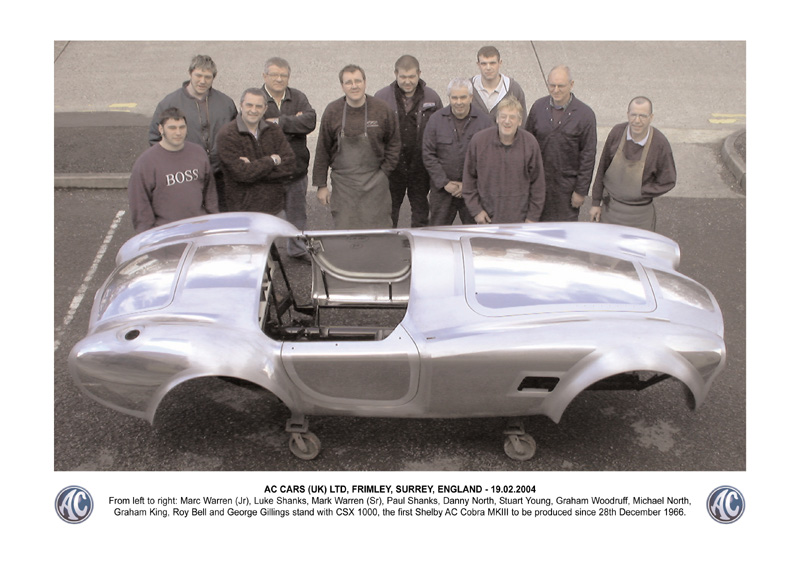
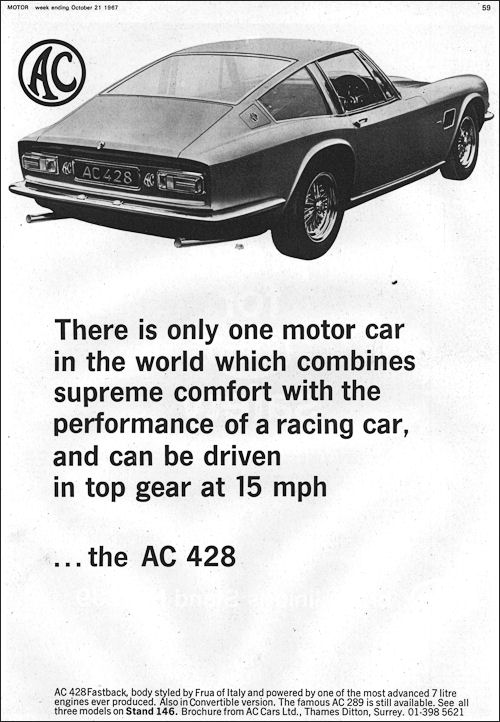
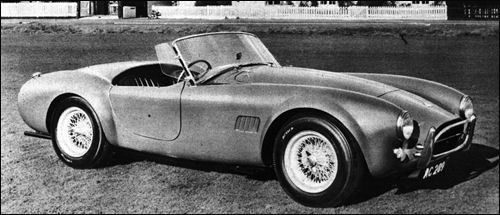
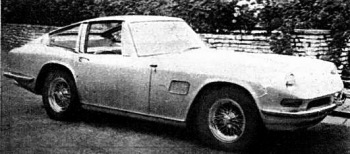
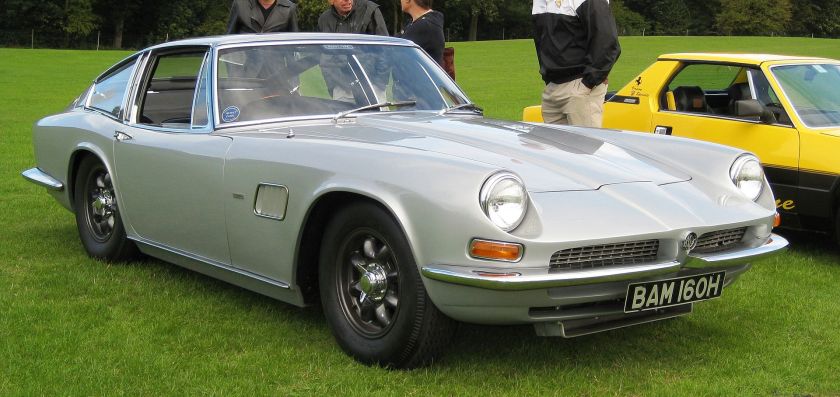
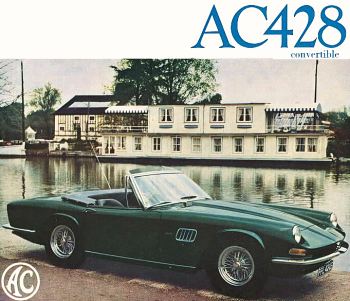
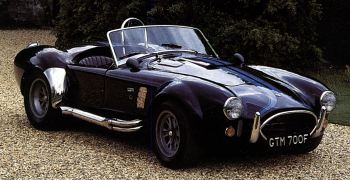
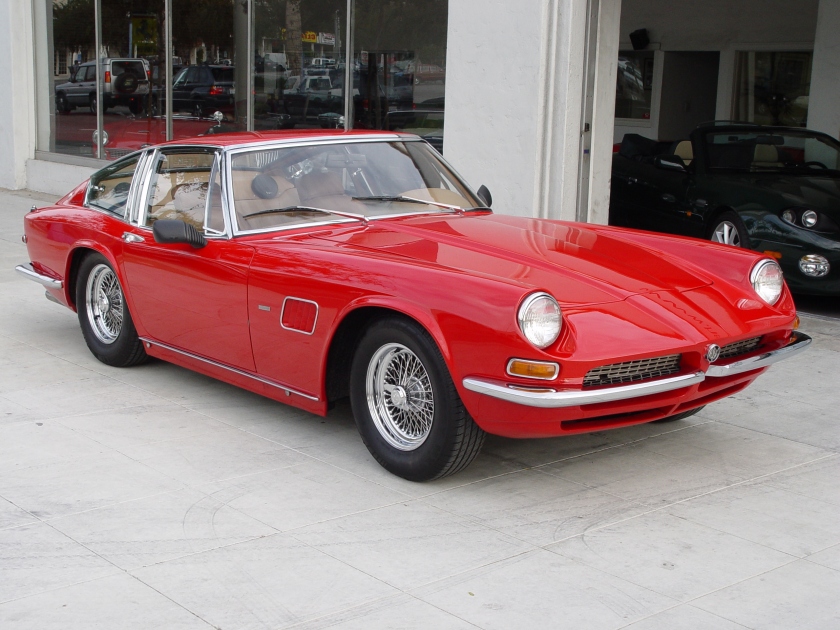
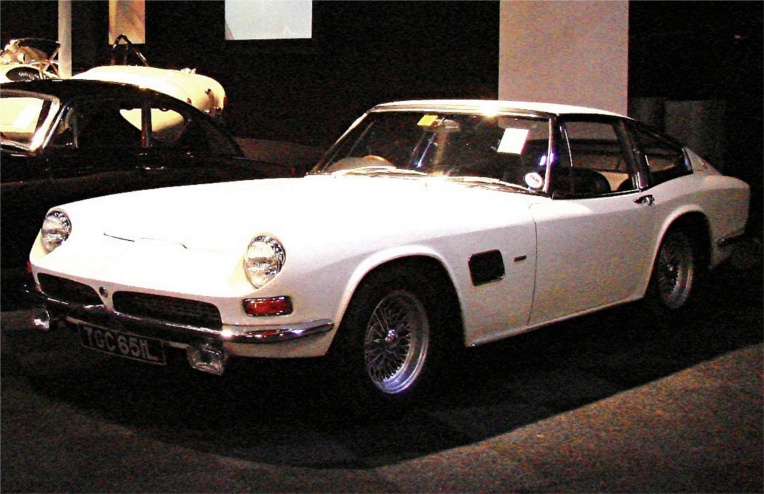
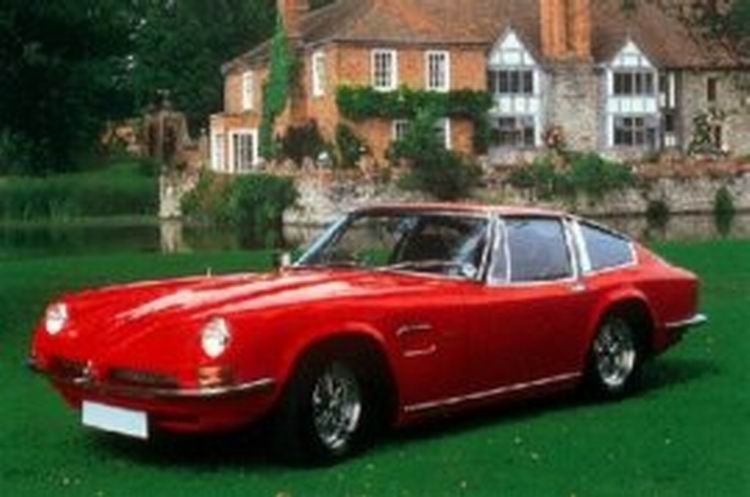
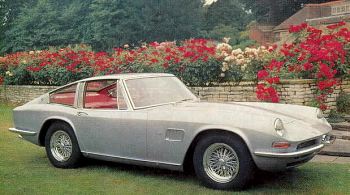


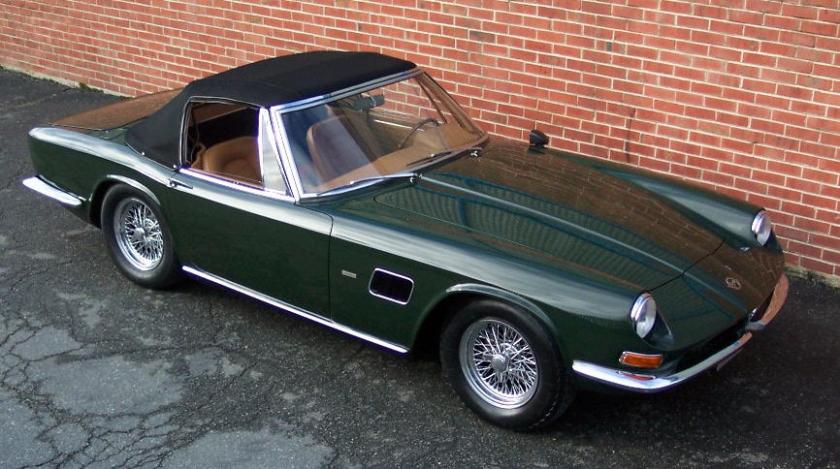
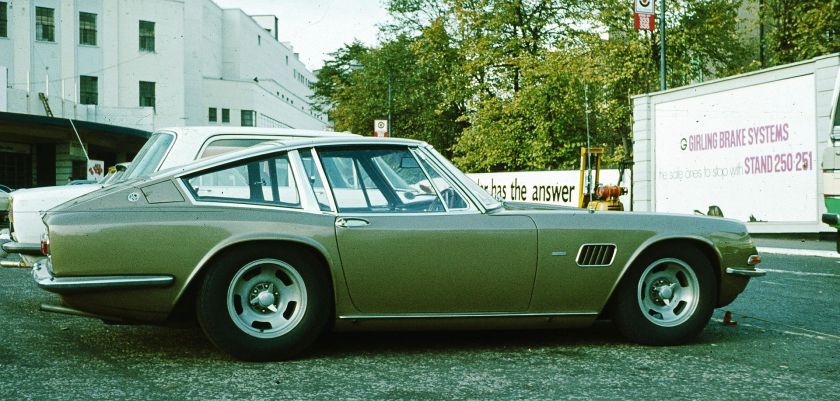
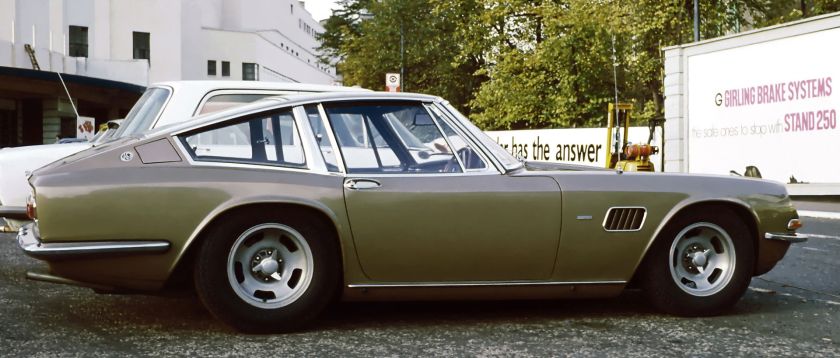
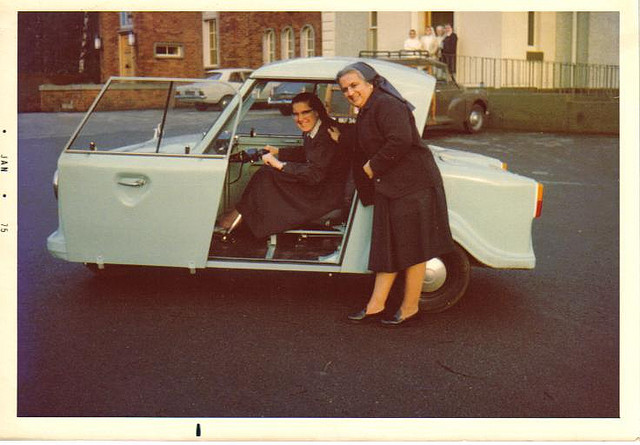
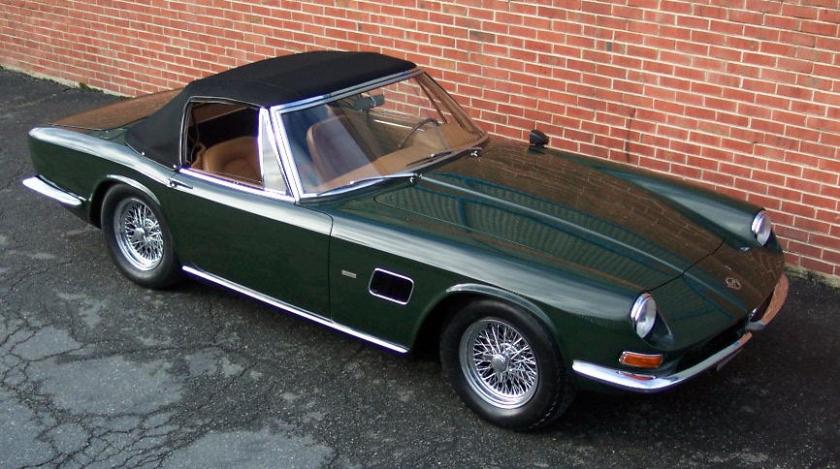
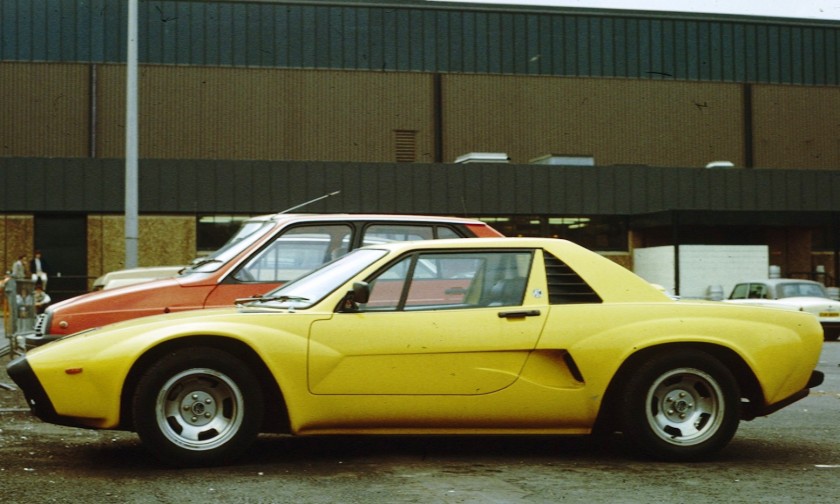
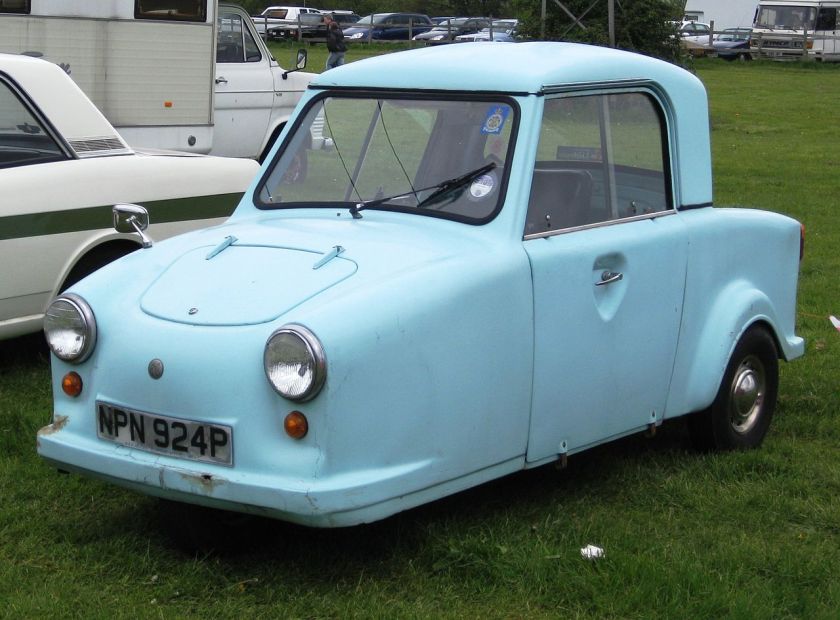
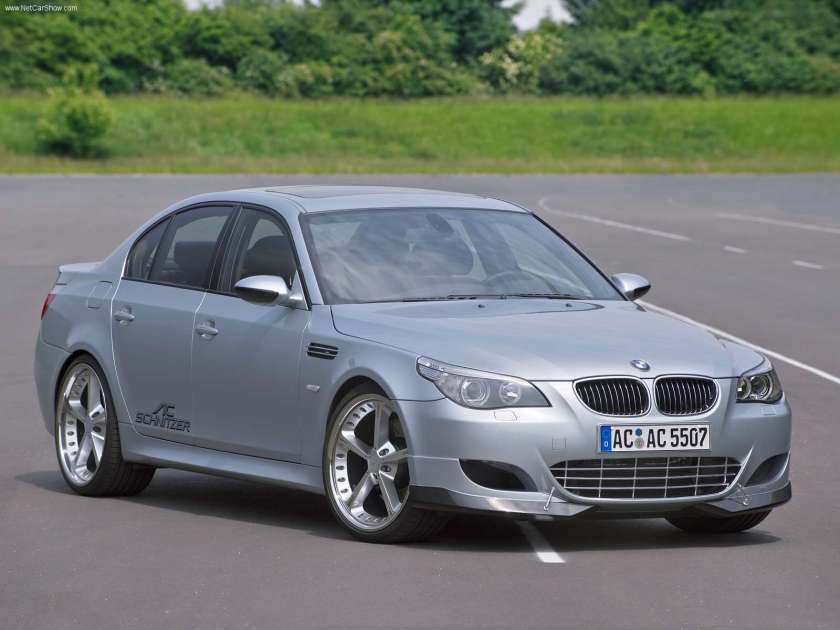

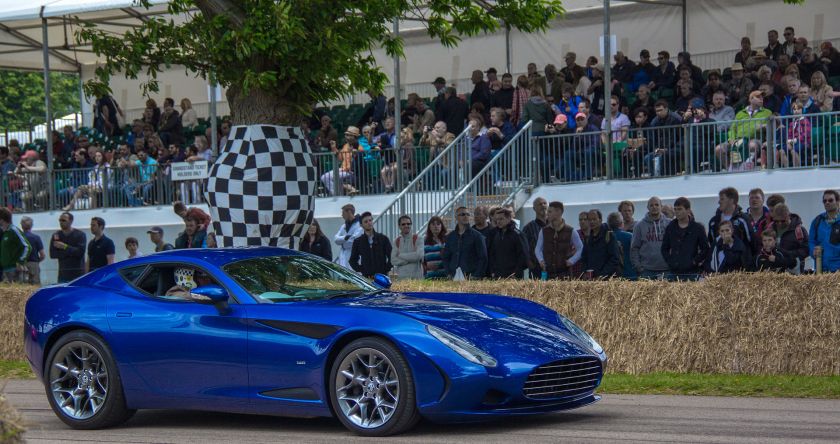
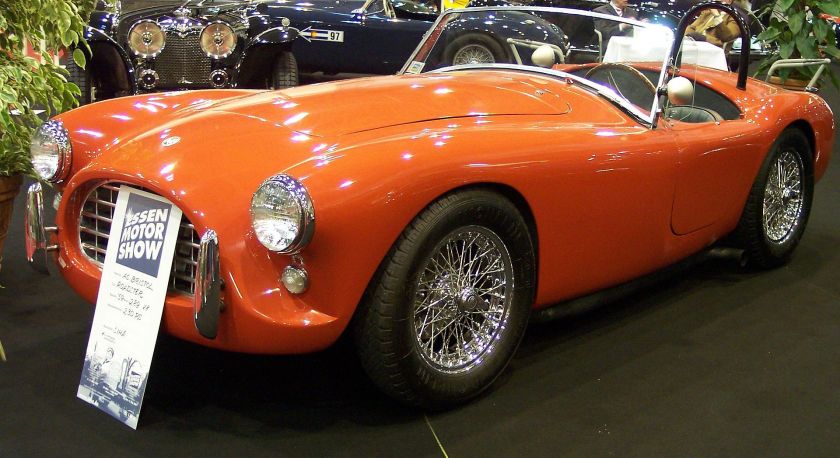
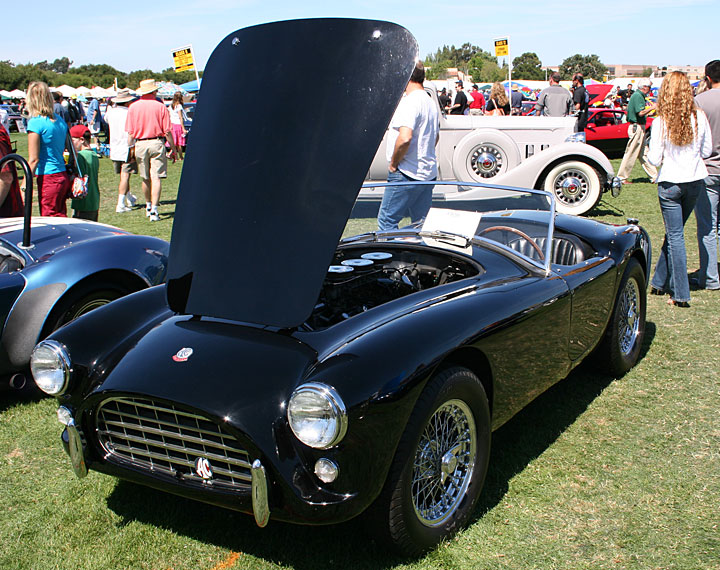
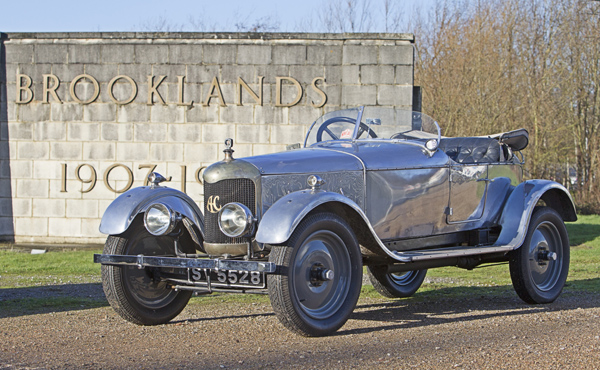
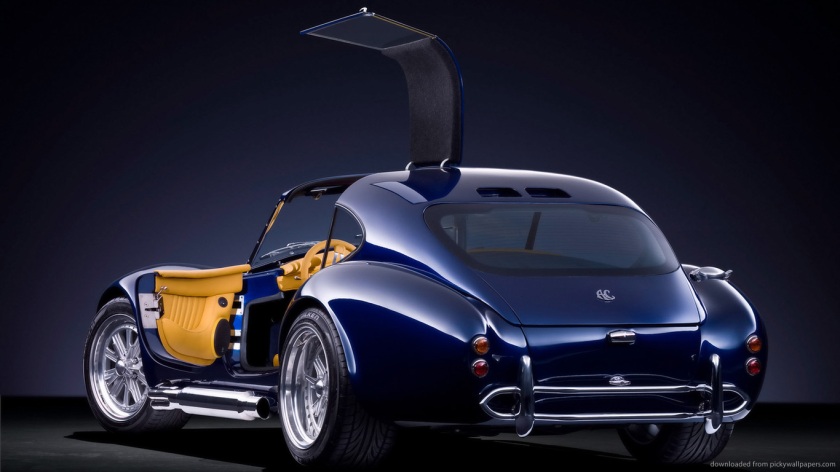

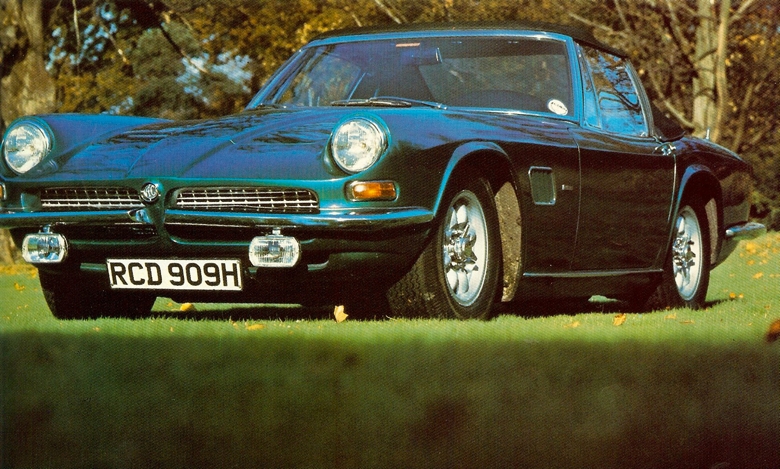
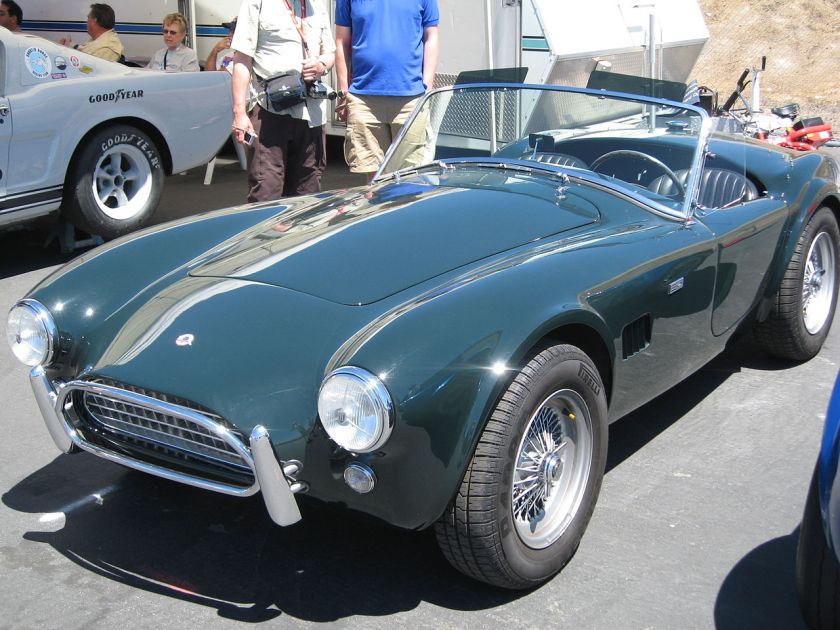
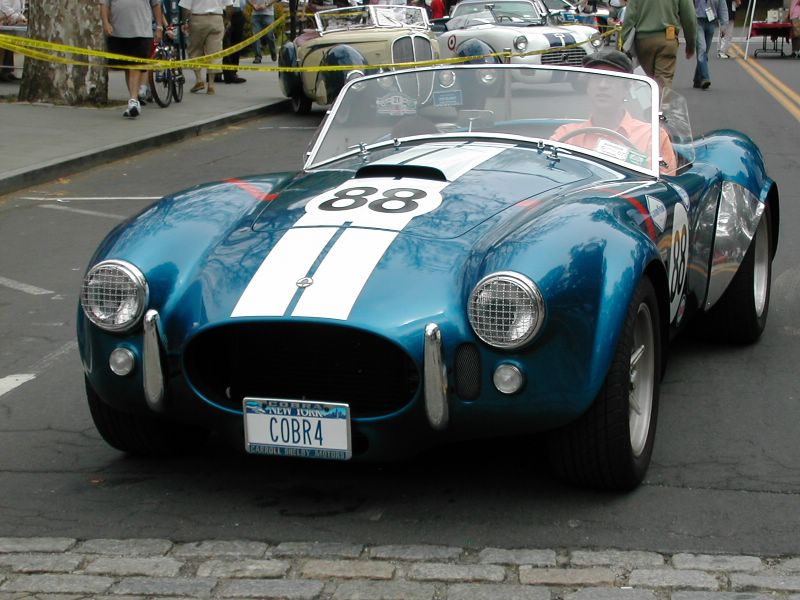
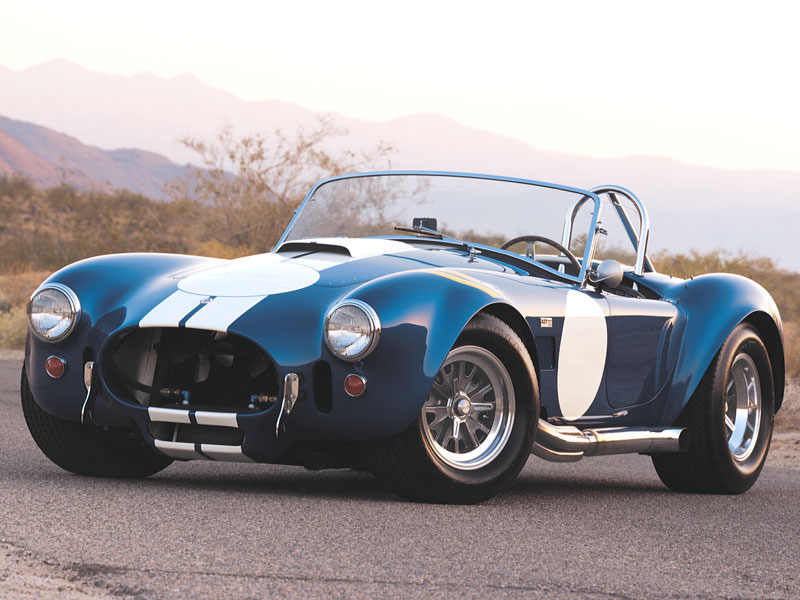
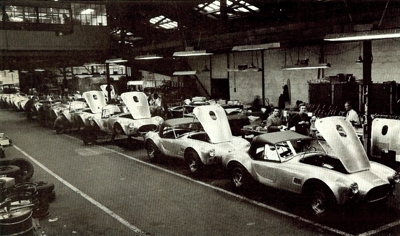
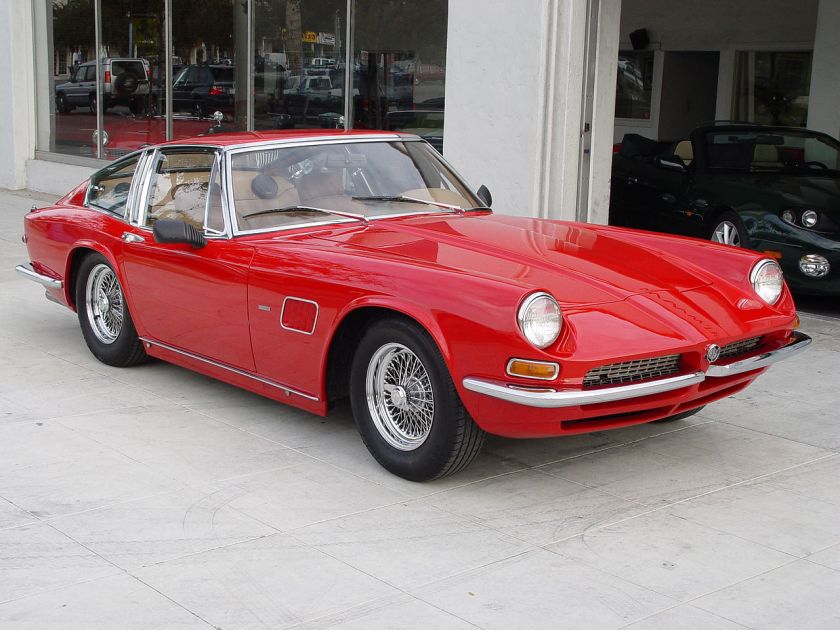
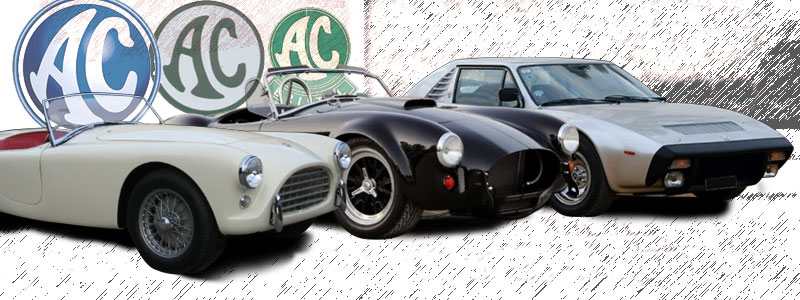
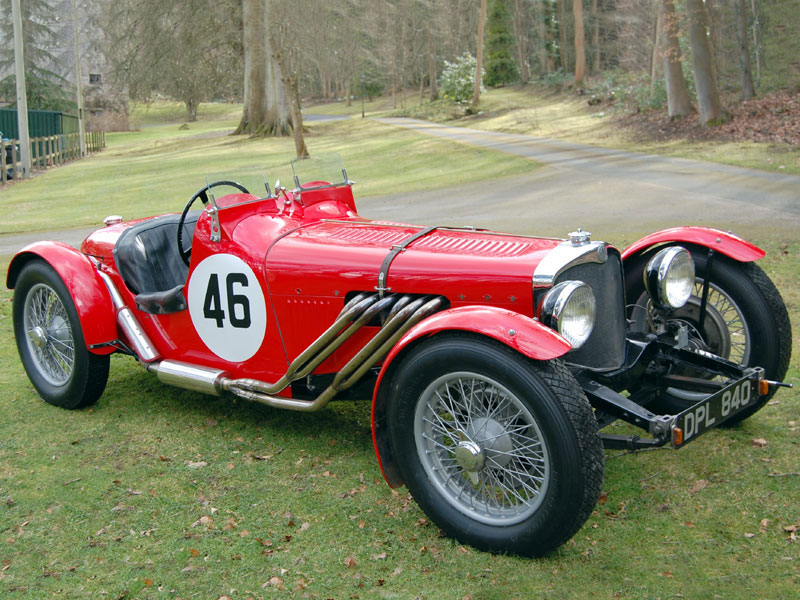
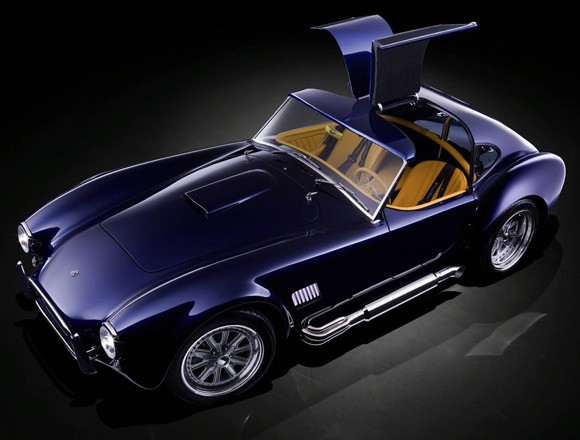
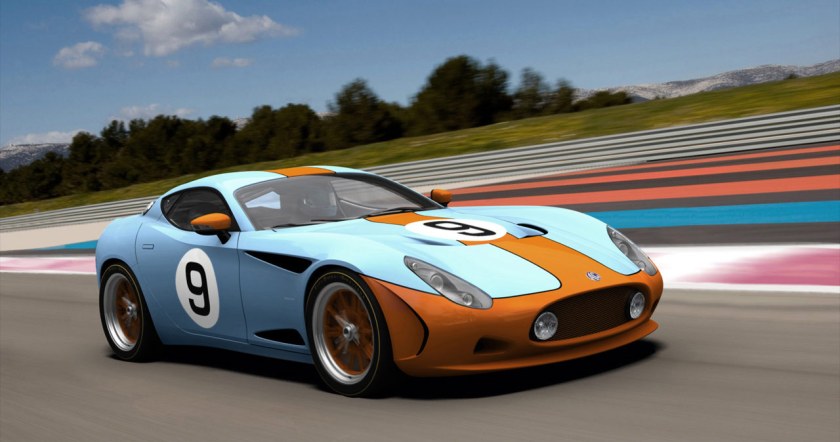
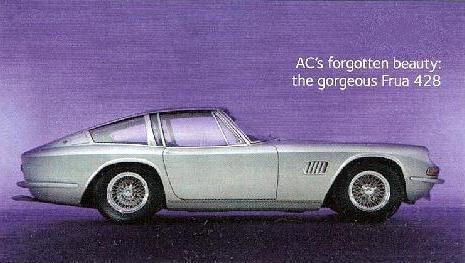
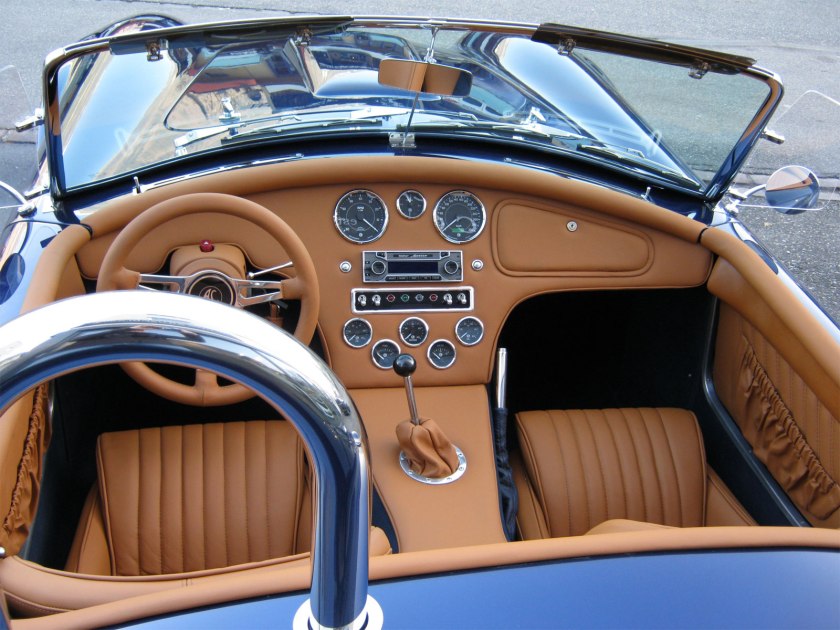
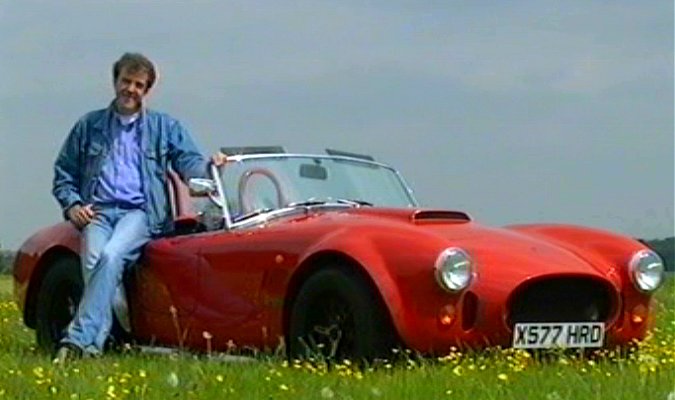

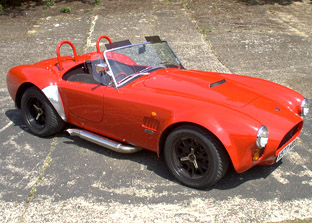
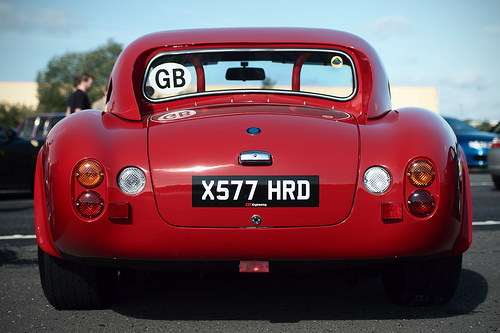
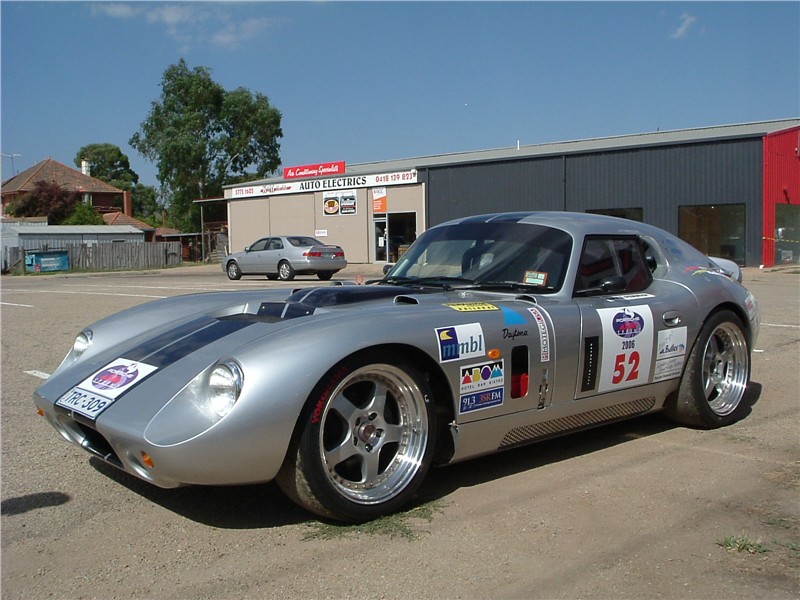
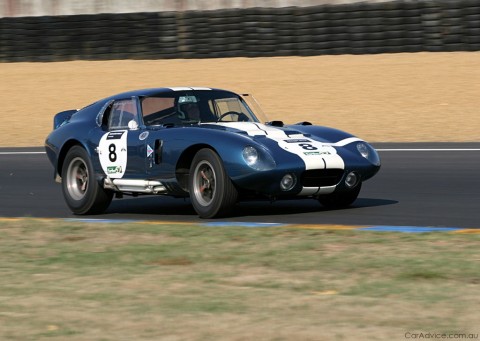
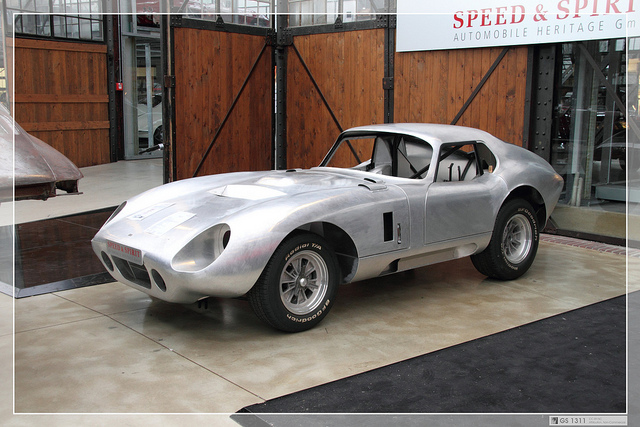
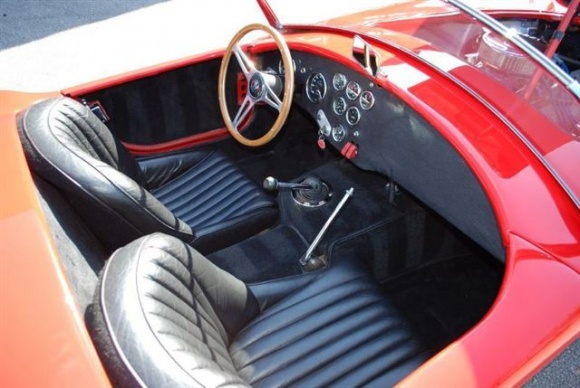
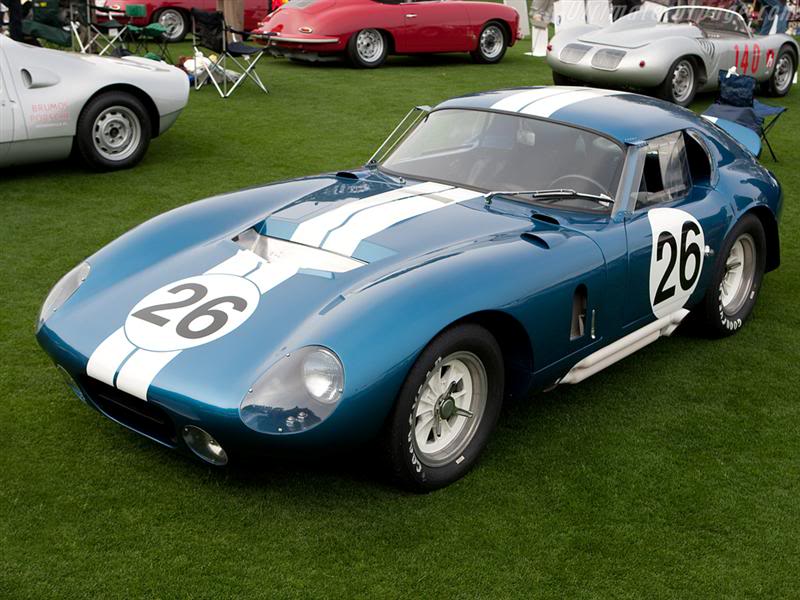
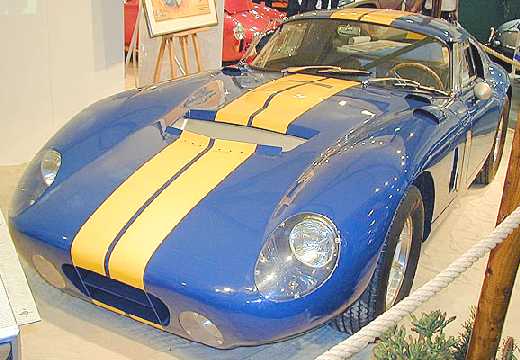
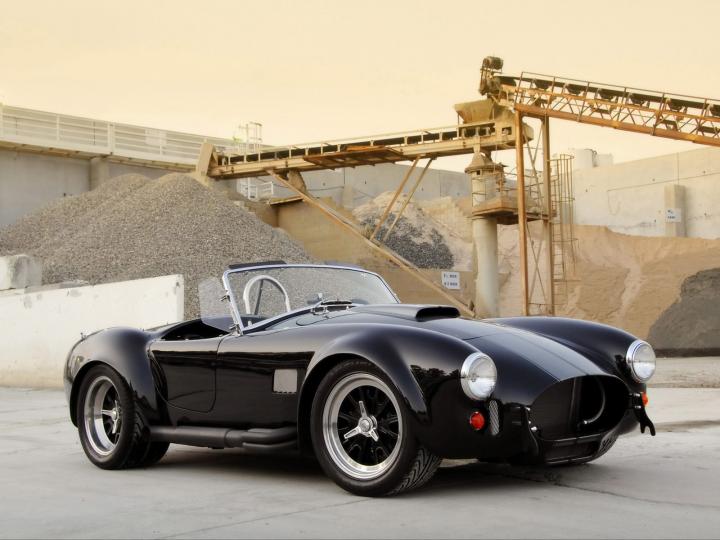
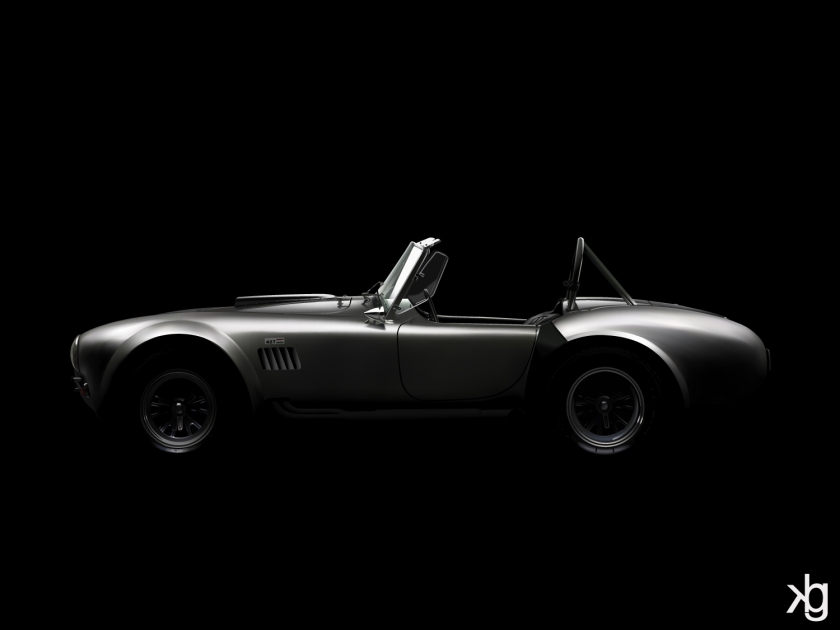
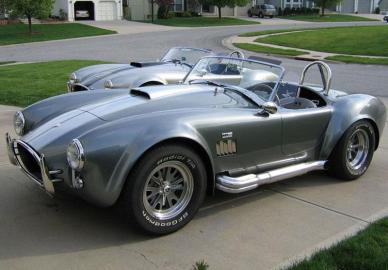
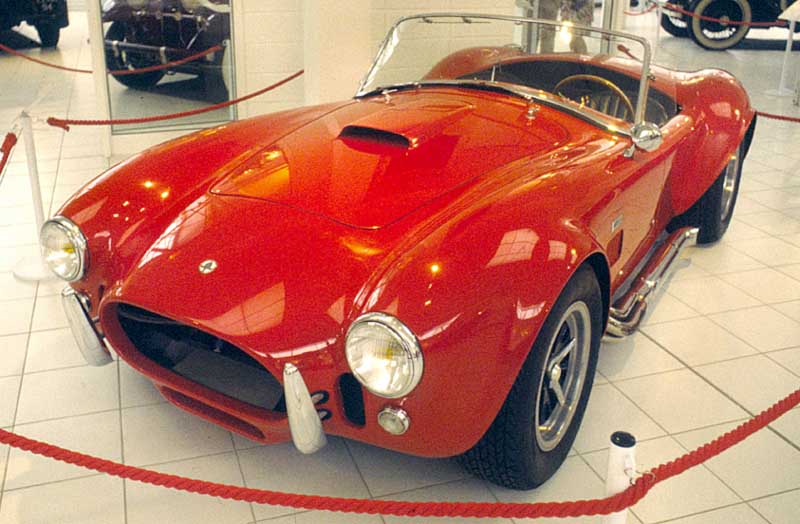
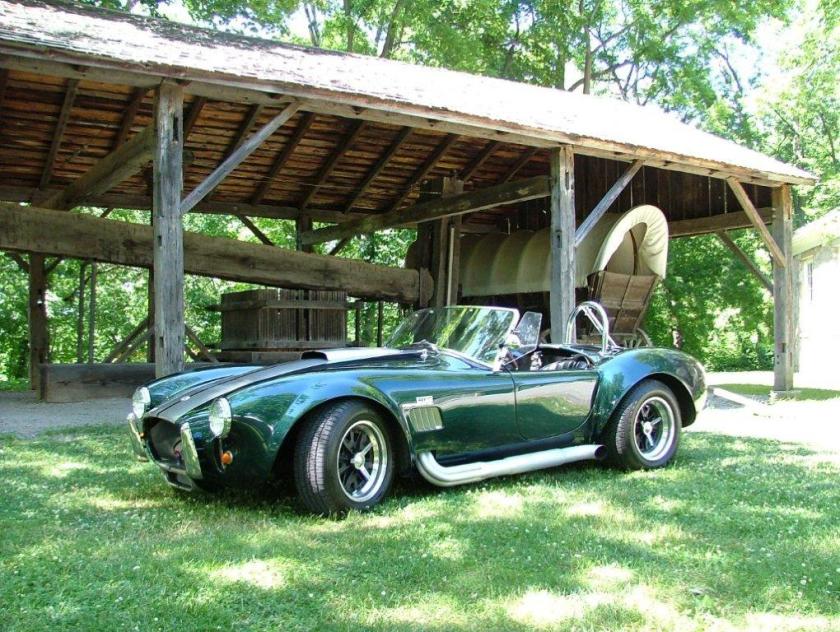
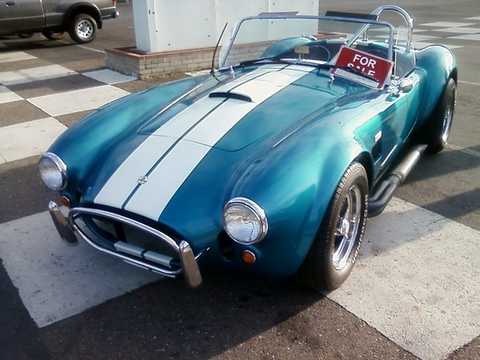
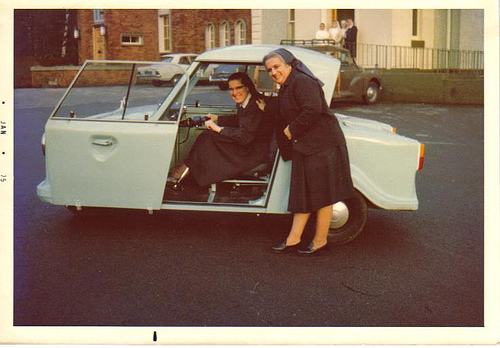
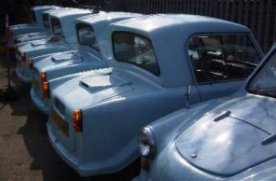
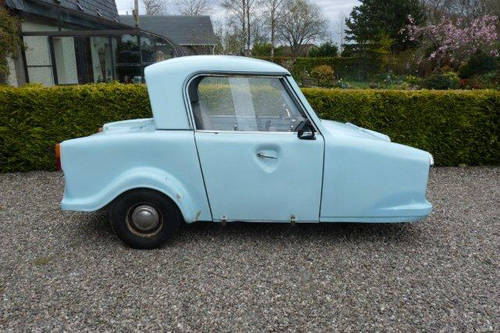
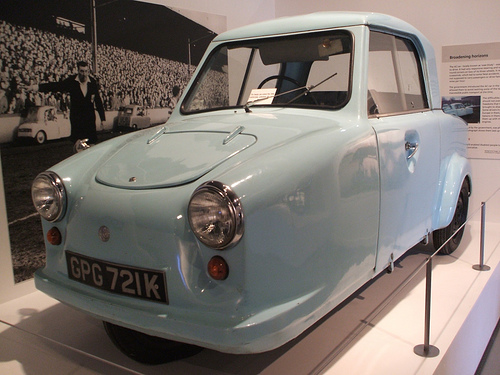
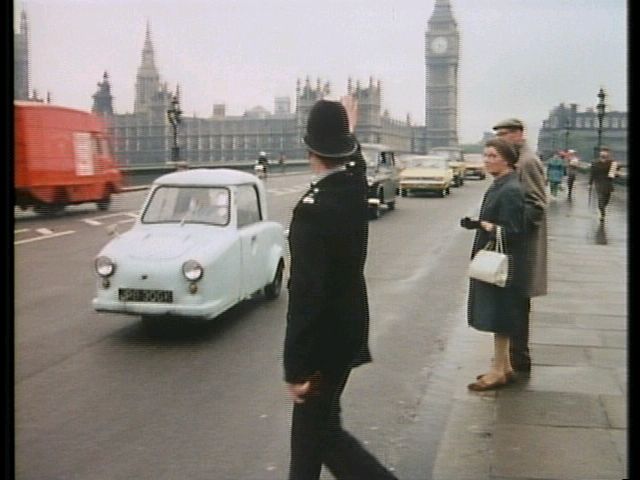
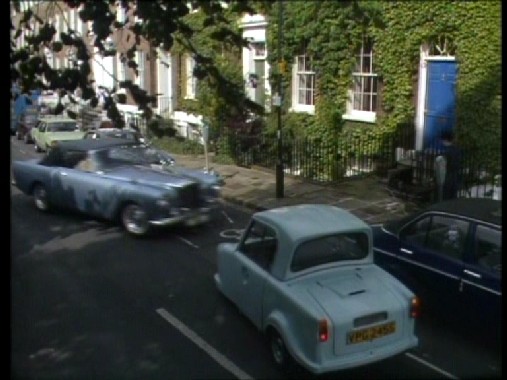
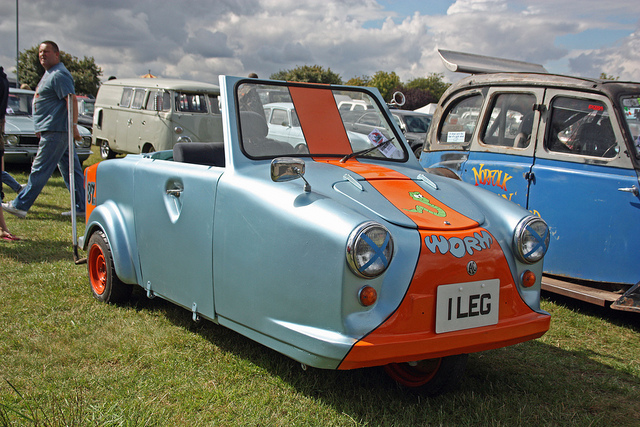
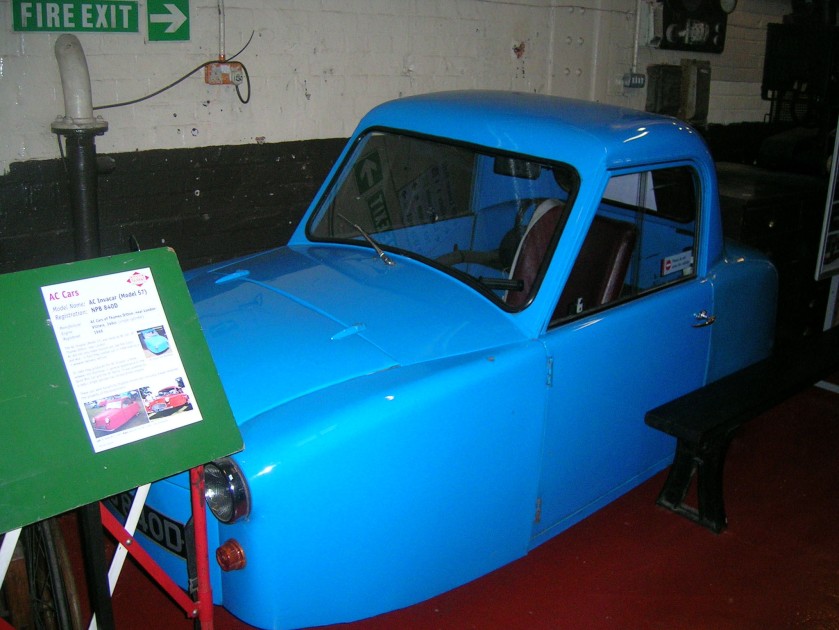
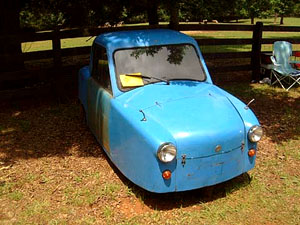
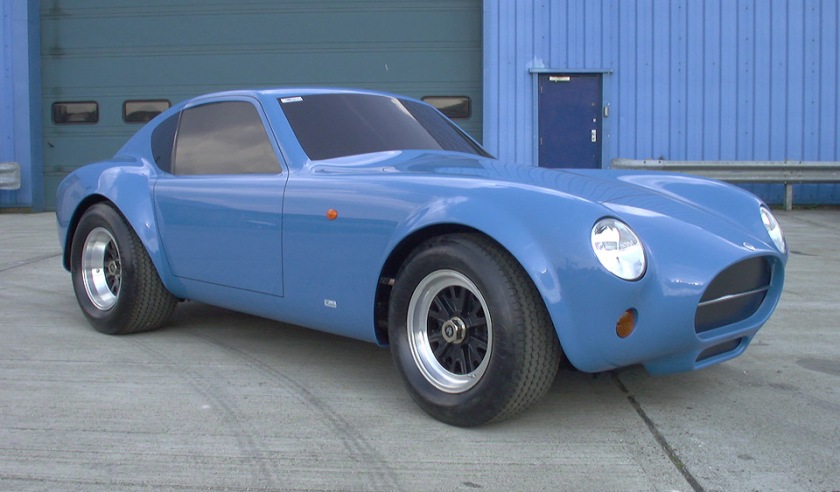
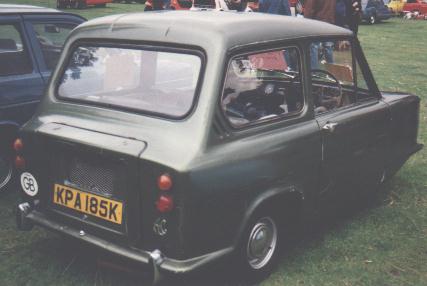
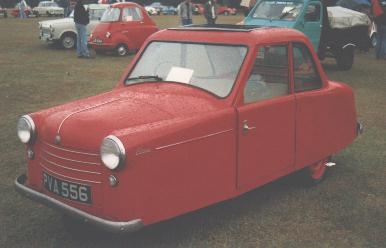
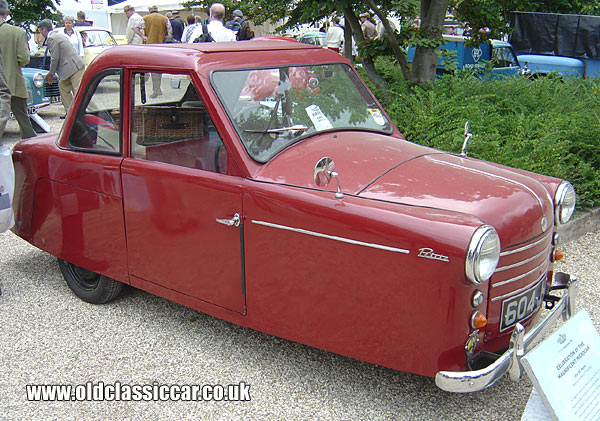
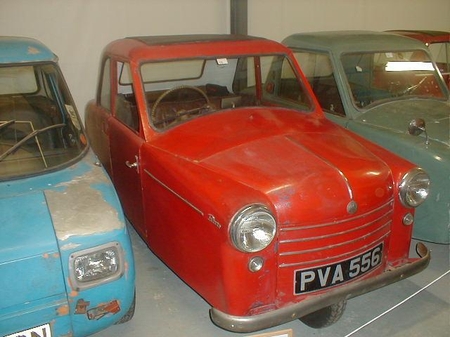
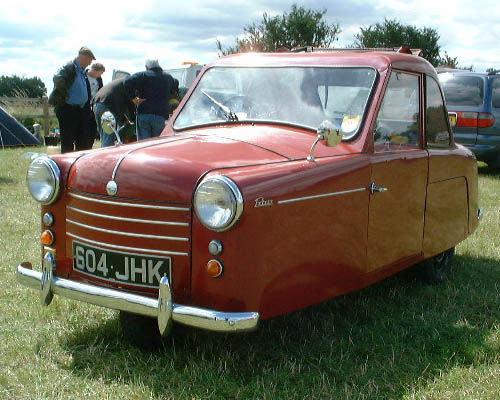
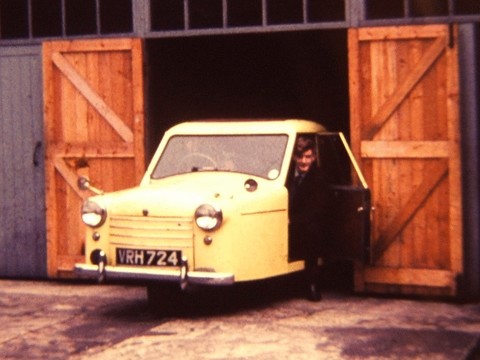
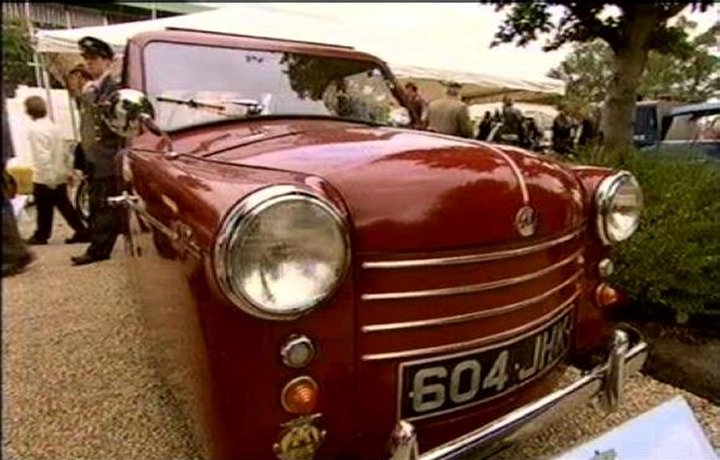
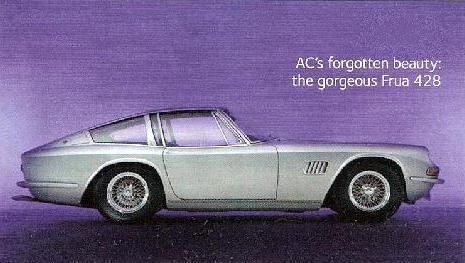
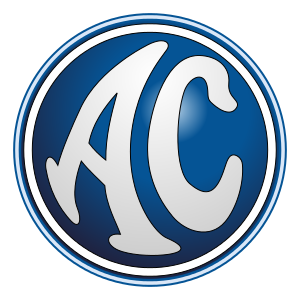
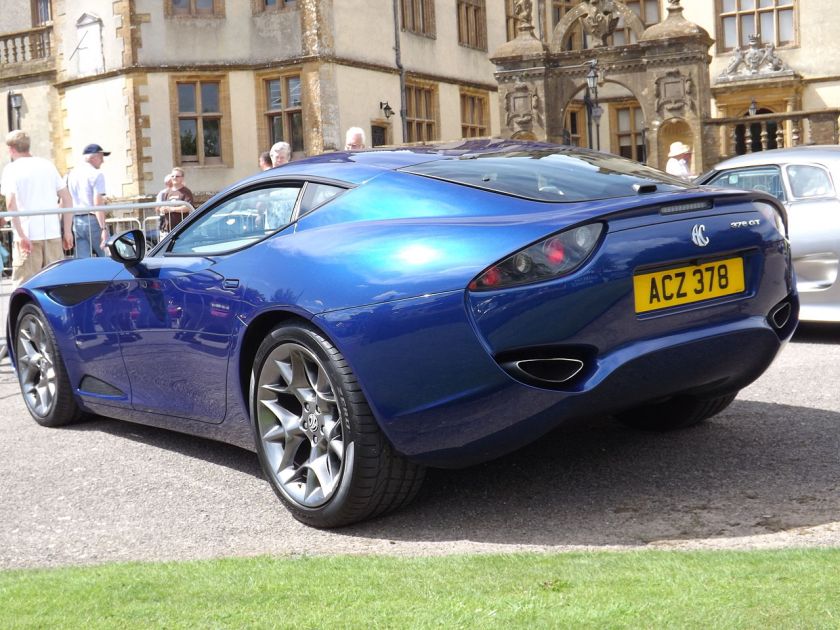


 The image above is of one of the very first passenger carrying AC’s, directly converted from the original Auto Carrier. The firsr versions had the driver sitting behind the passengers, but this 1910 ‘Sociable’ version had the driver sitting next to the passengers.
The image above is of one of the very first passenger carrying AC’s, directly converted from the original Auto Carrier. The firsr versions had the driver sitting behind the passengers, but this 1910 ‘Sociable’ version had the driver sitting next to the passengers.

Hey! This is my first comment here so I just wanted to give a quick shout
out and say I really enjoy reading your articles.
Can you recommend any other blogs/websites/forums that go over the same
topics? Thanks!
LikeLike
I’ll immediately grasp your rss as I can’t find your e-mail subscription hyperlink or newsletter service. Do you have any? Kindly allow me know in order that I may just subscribe. Thanks.
LikeLike
follow my twitter account @JATHMH
LikeLike